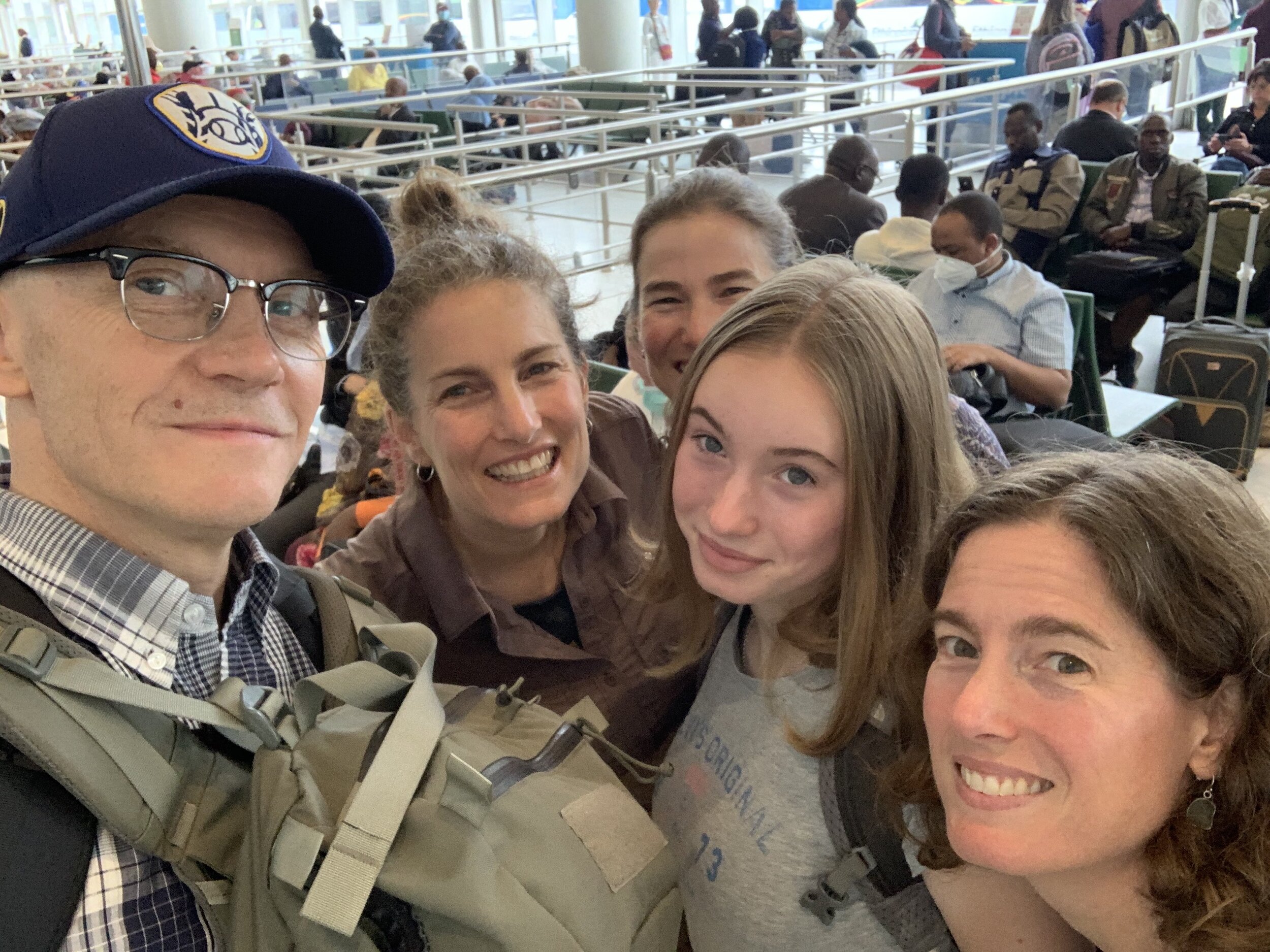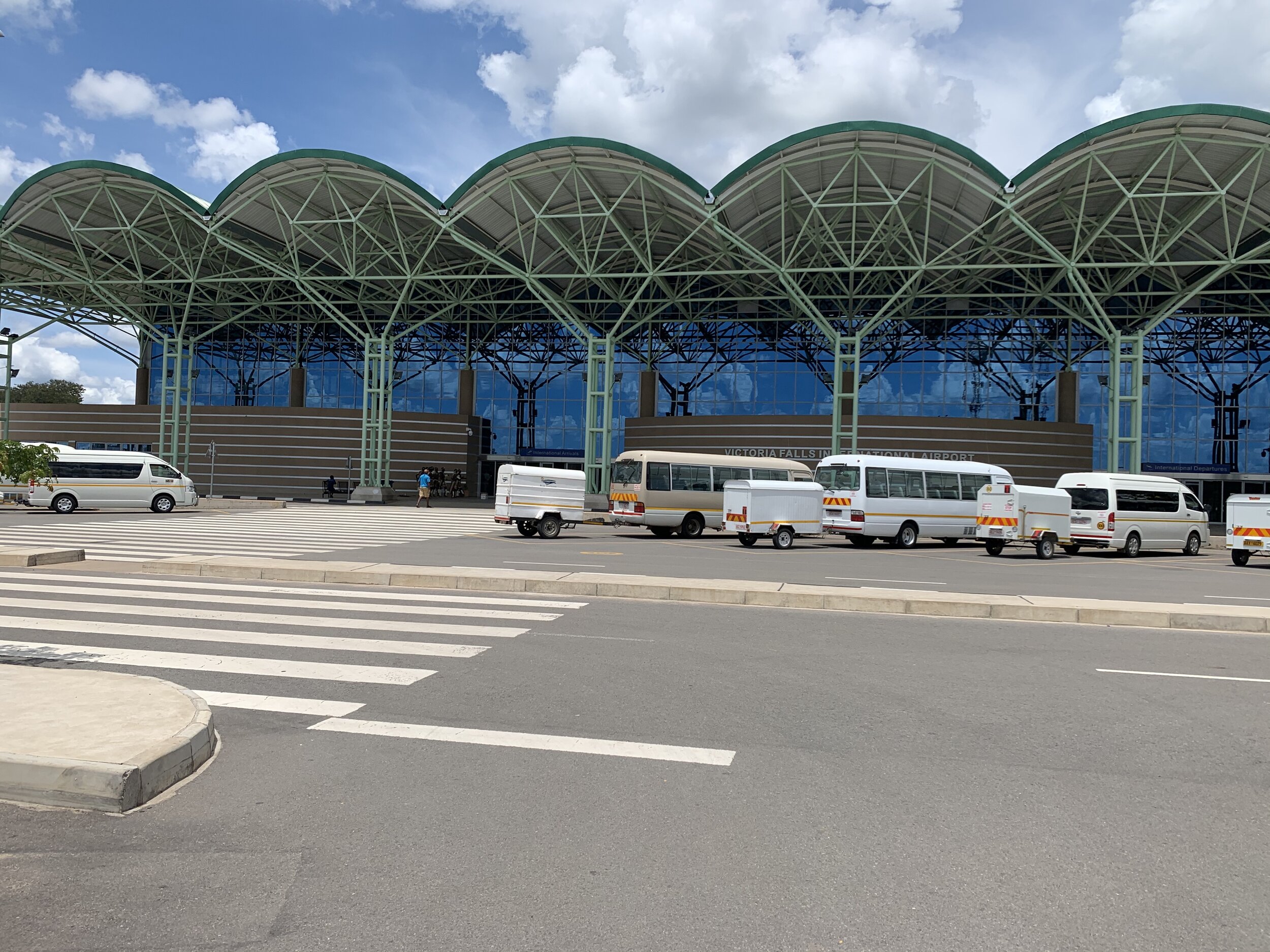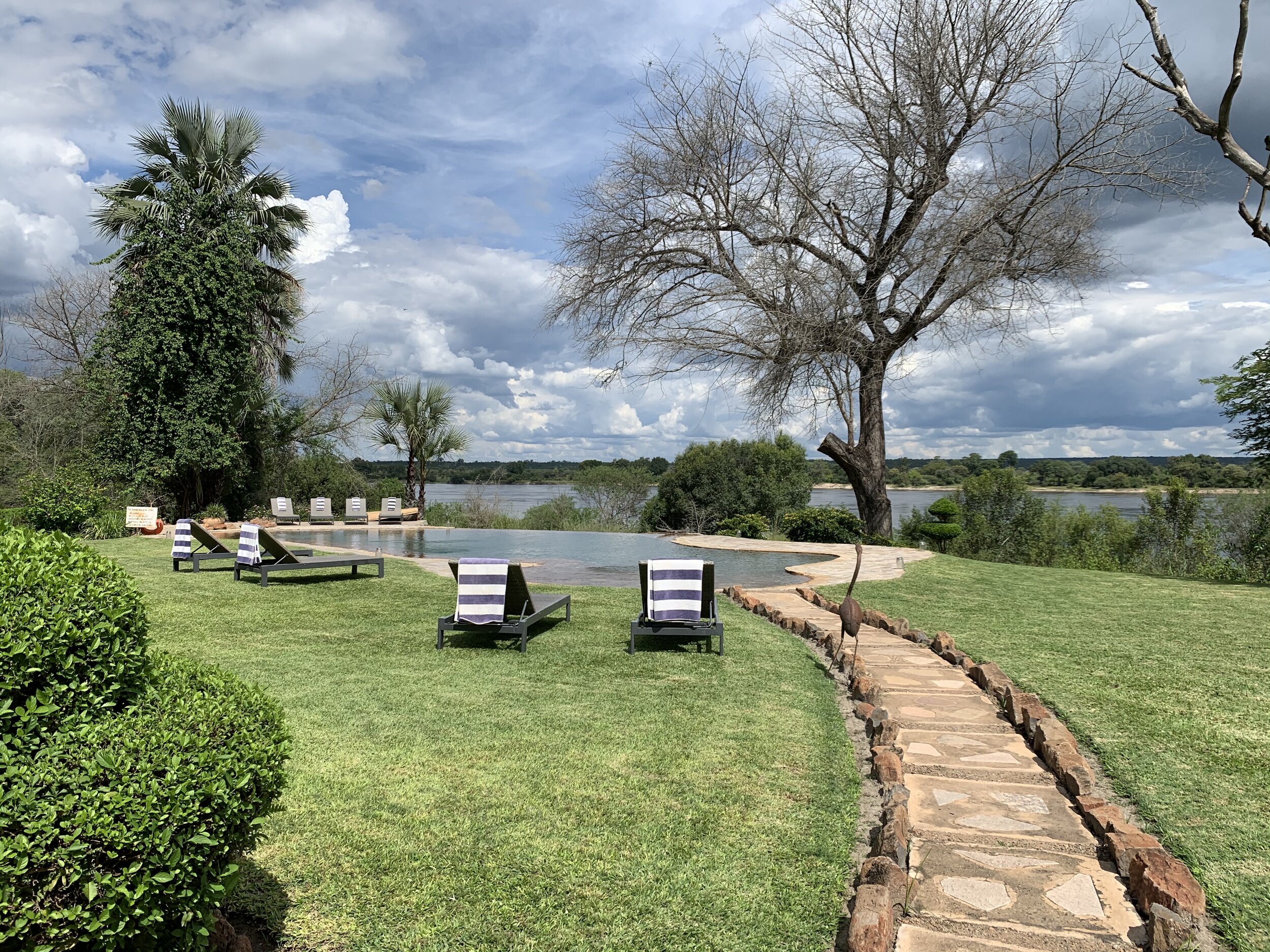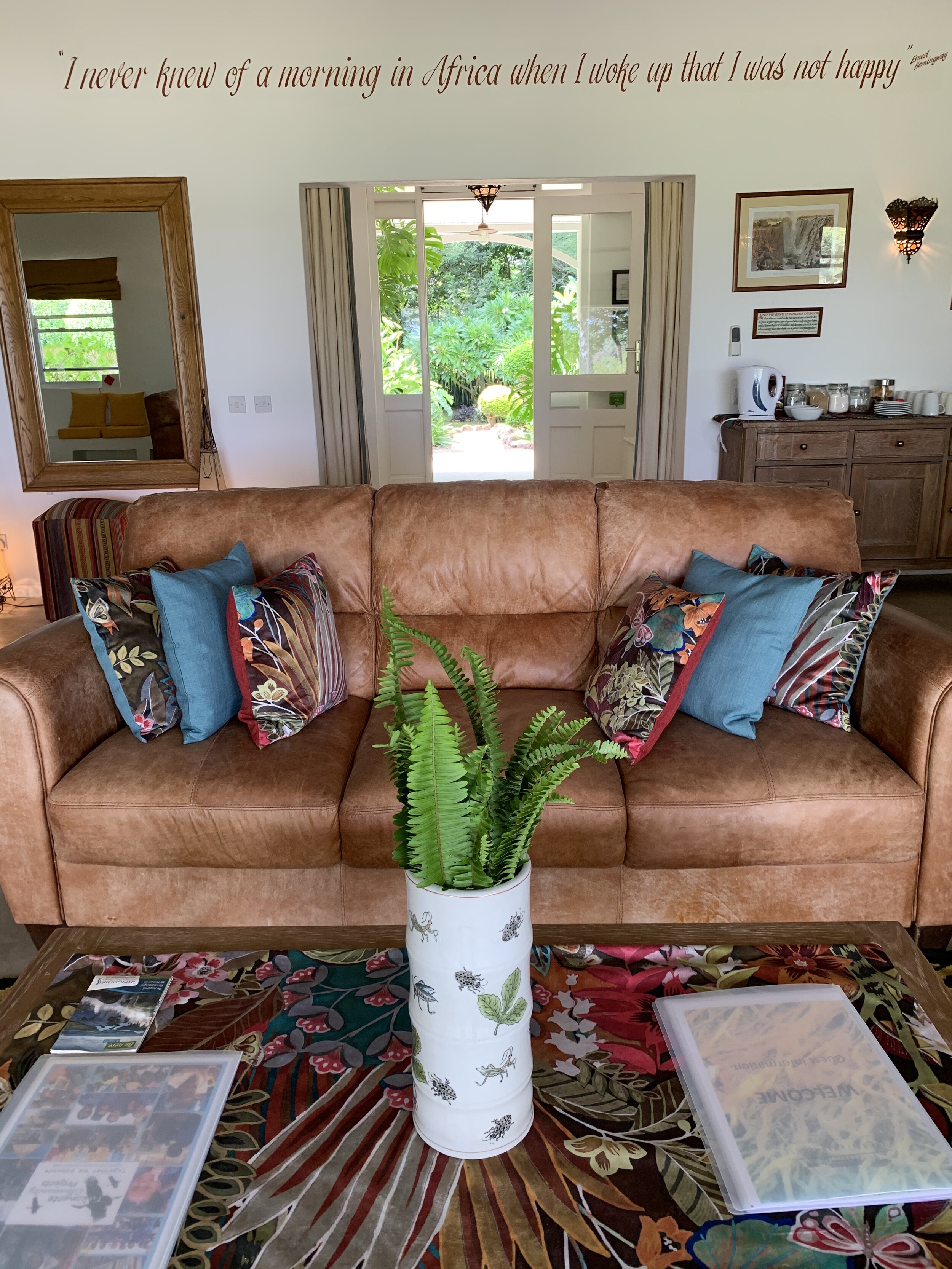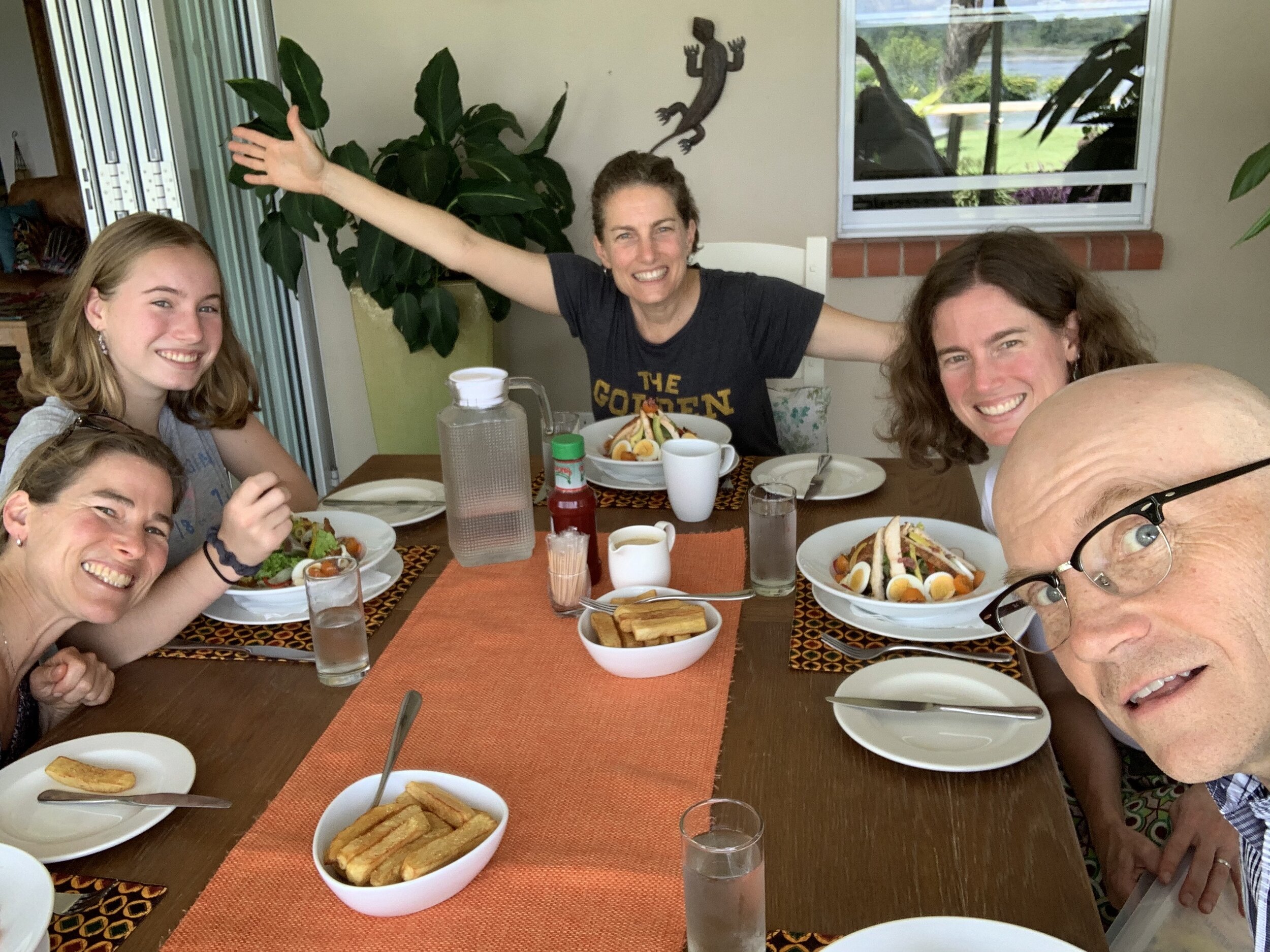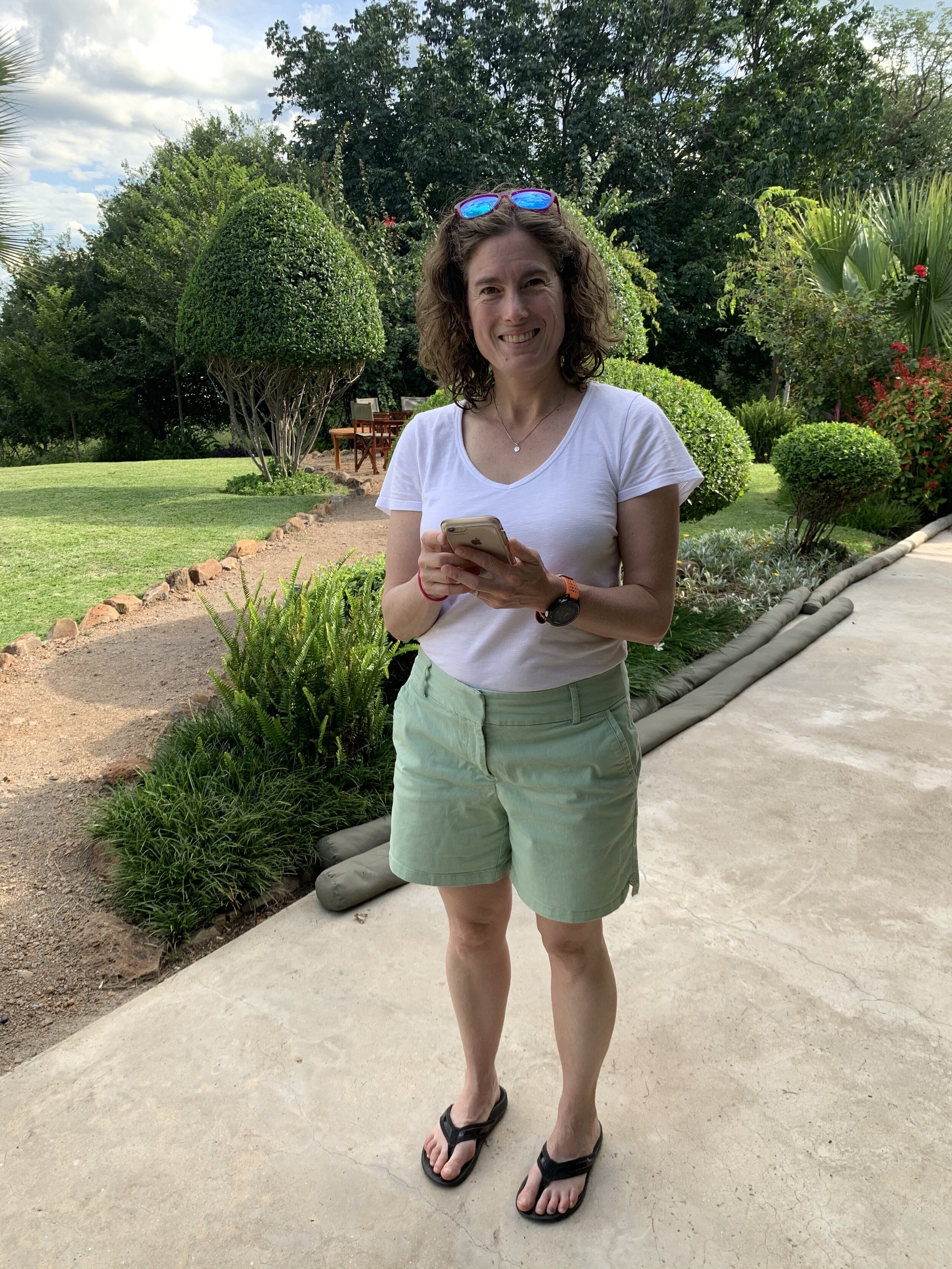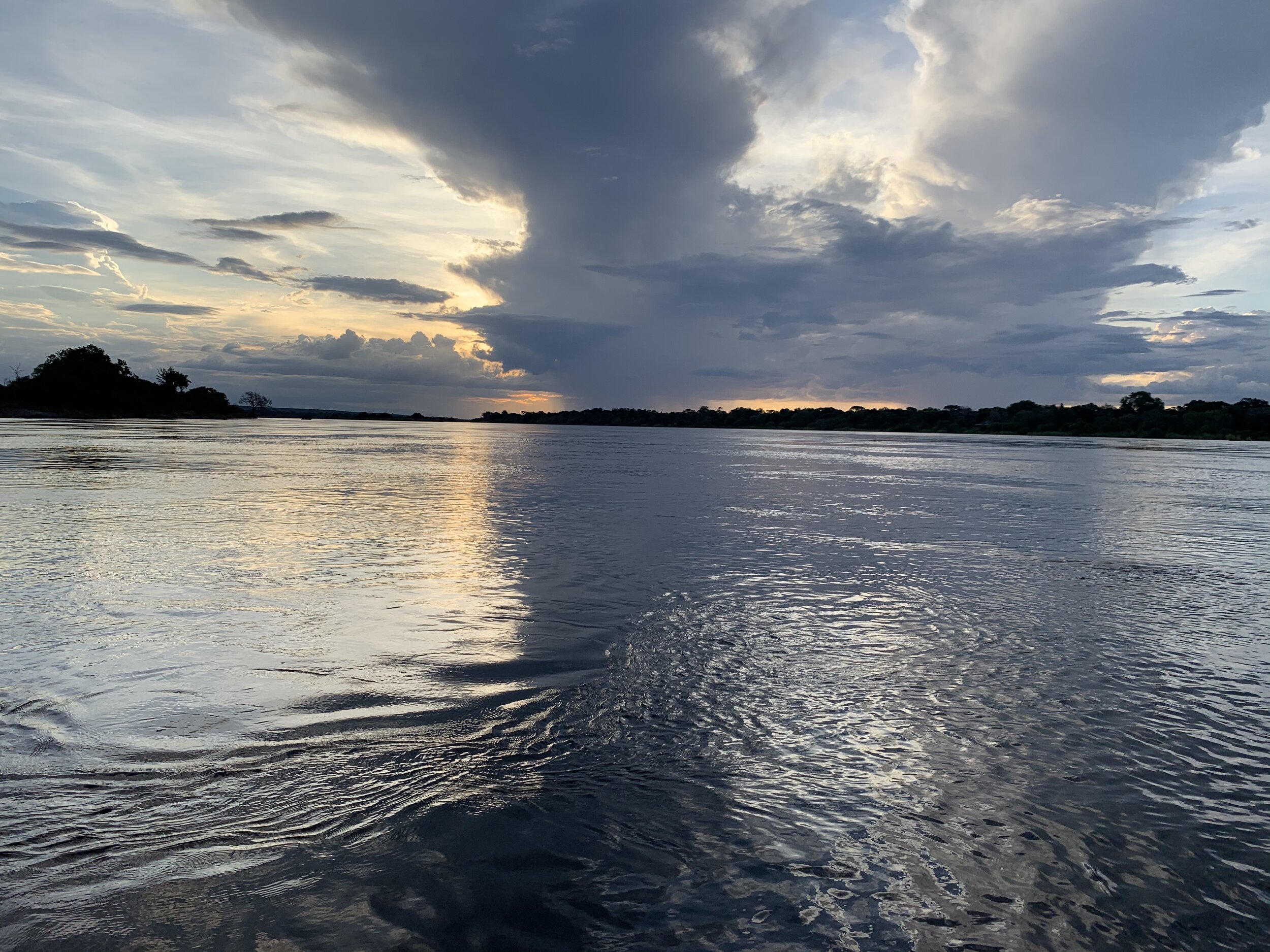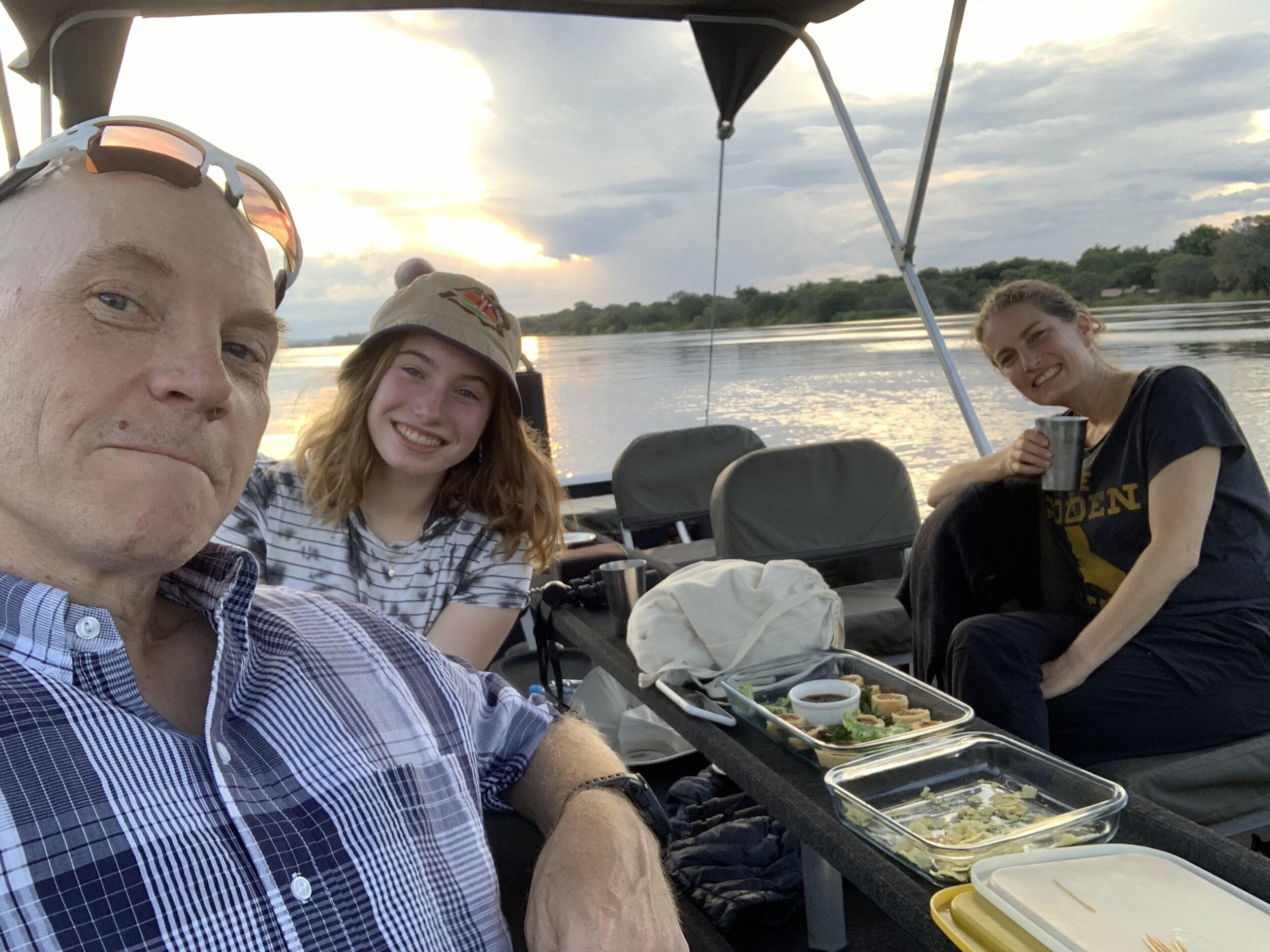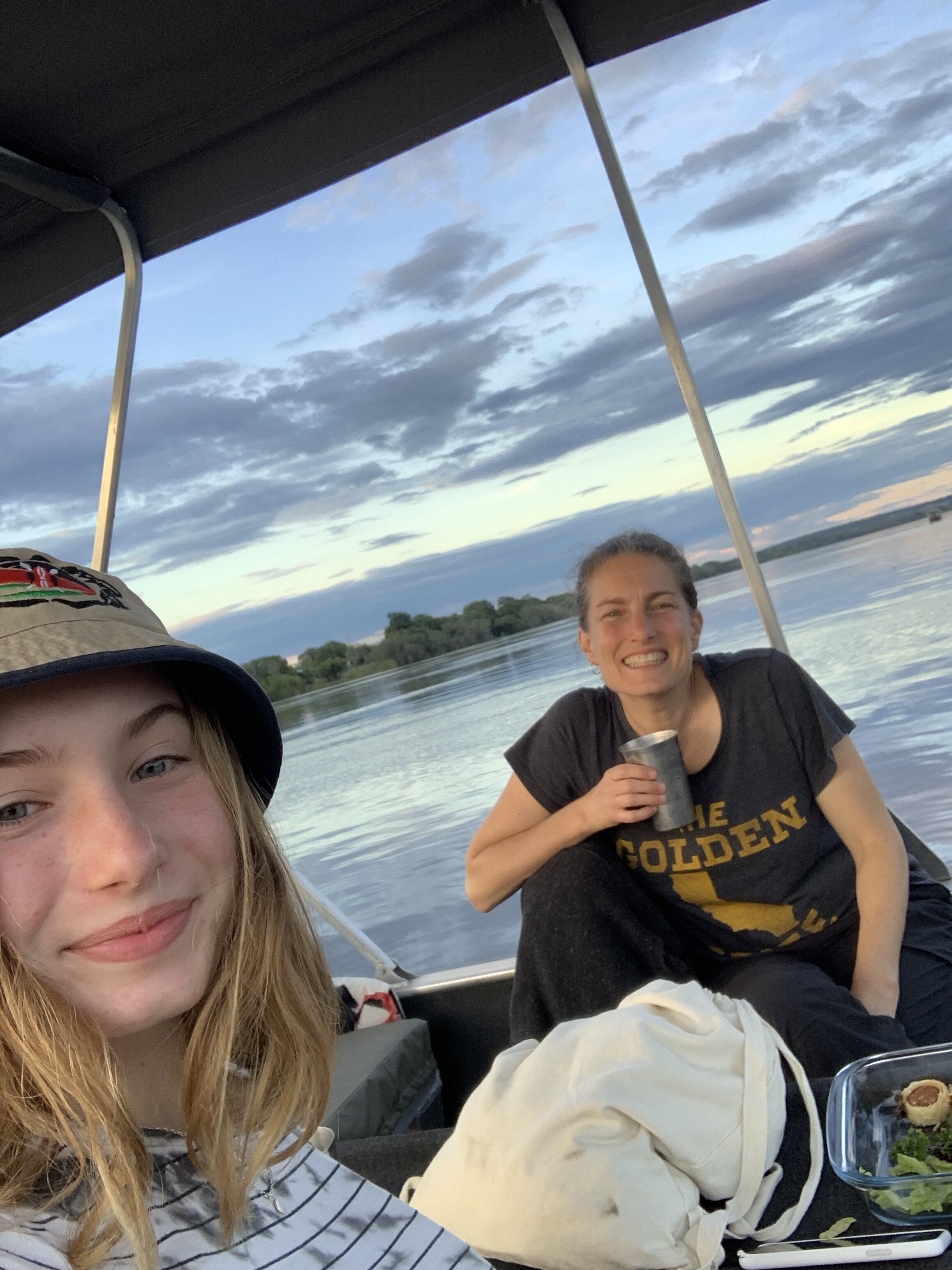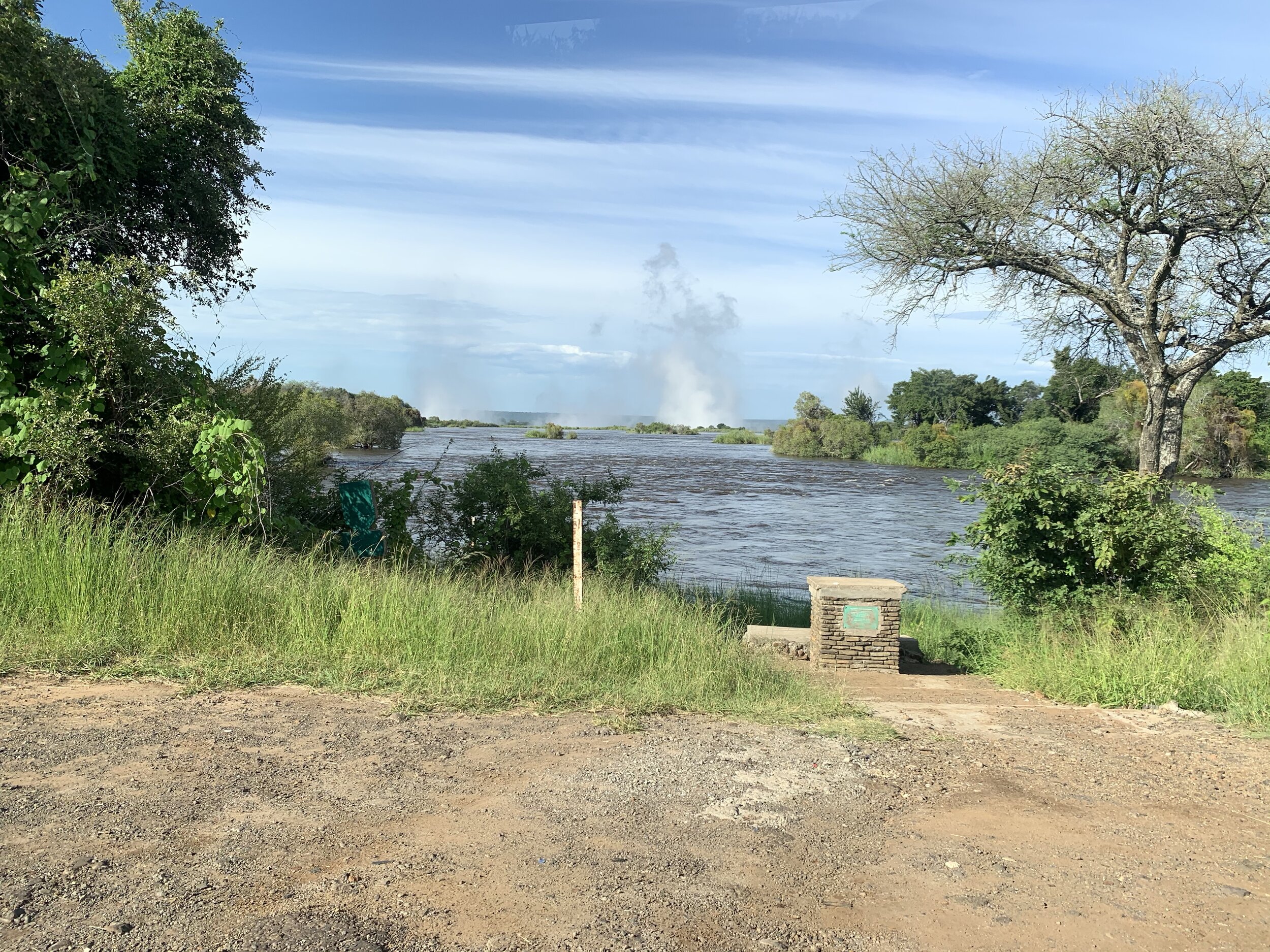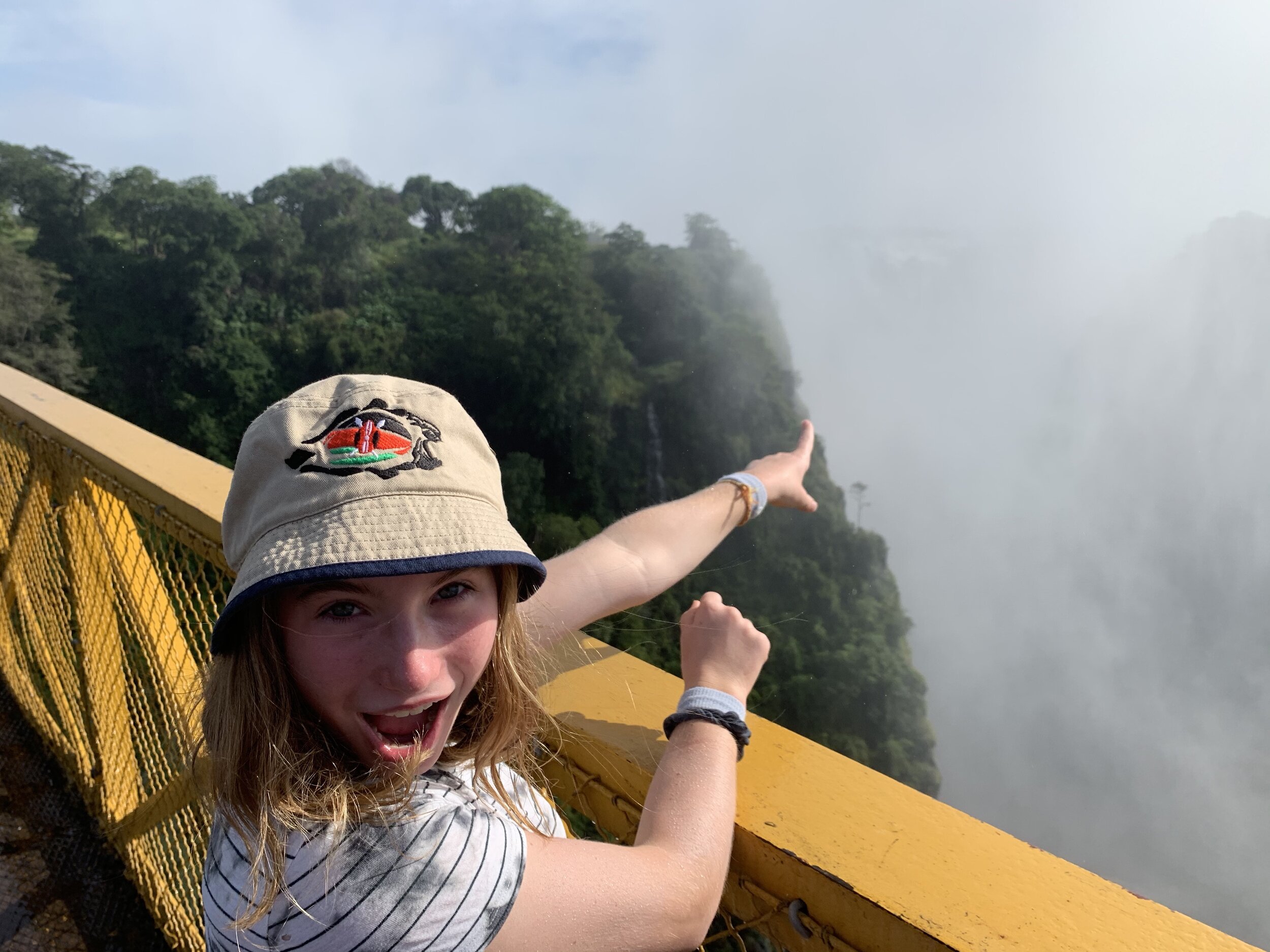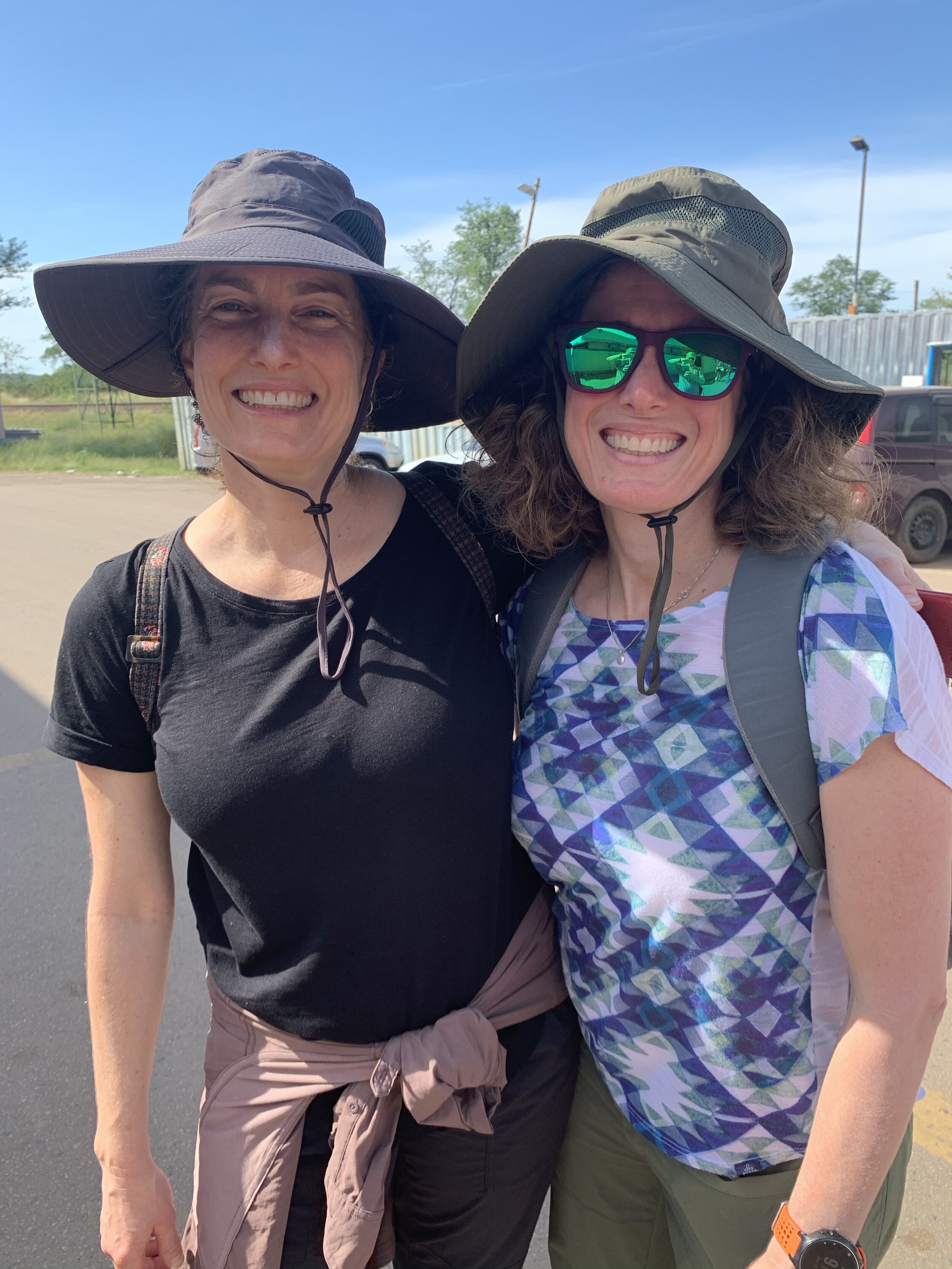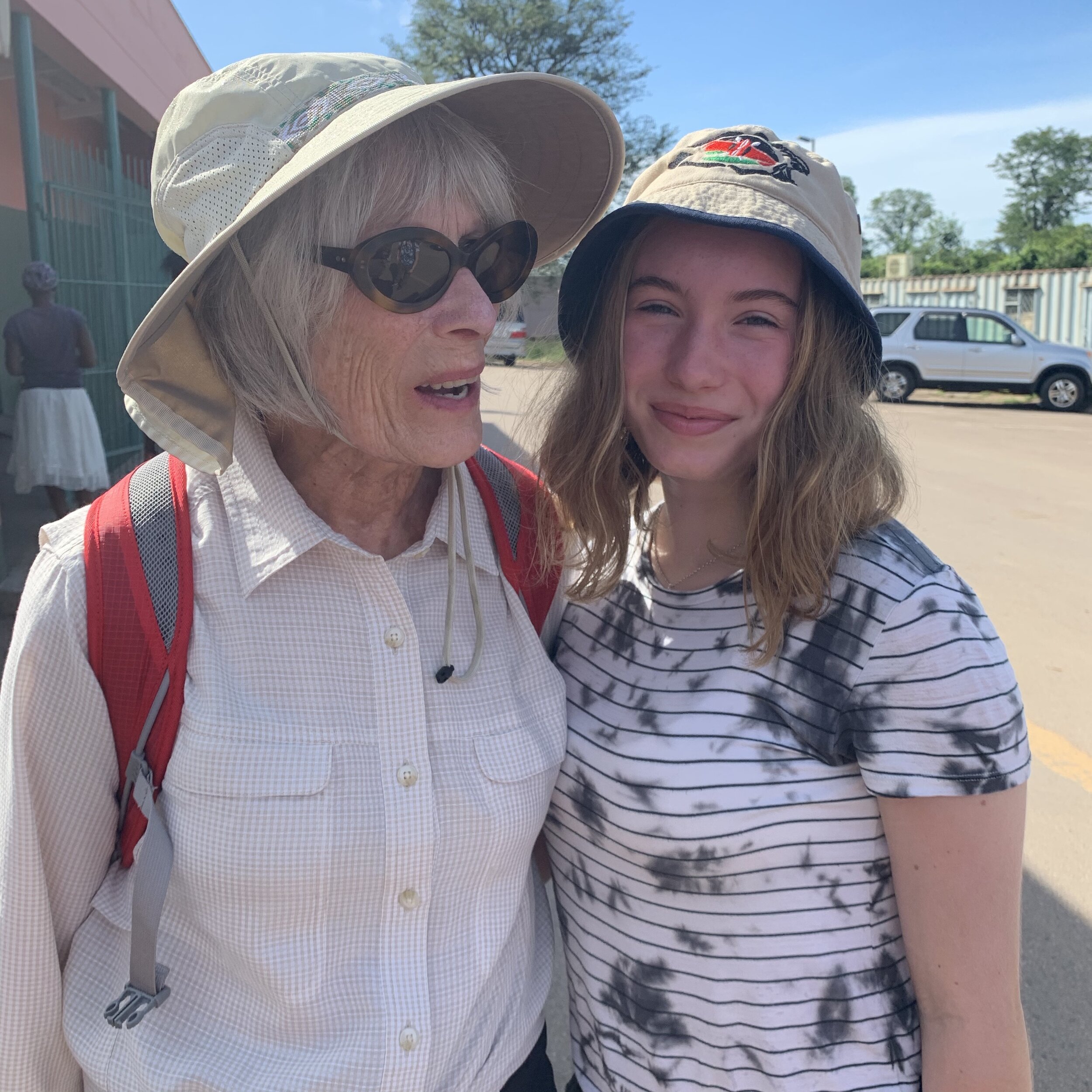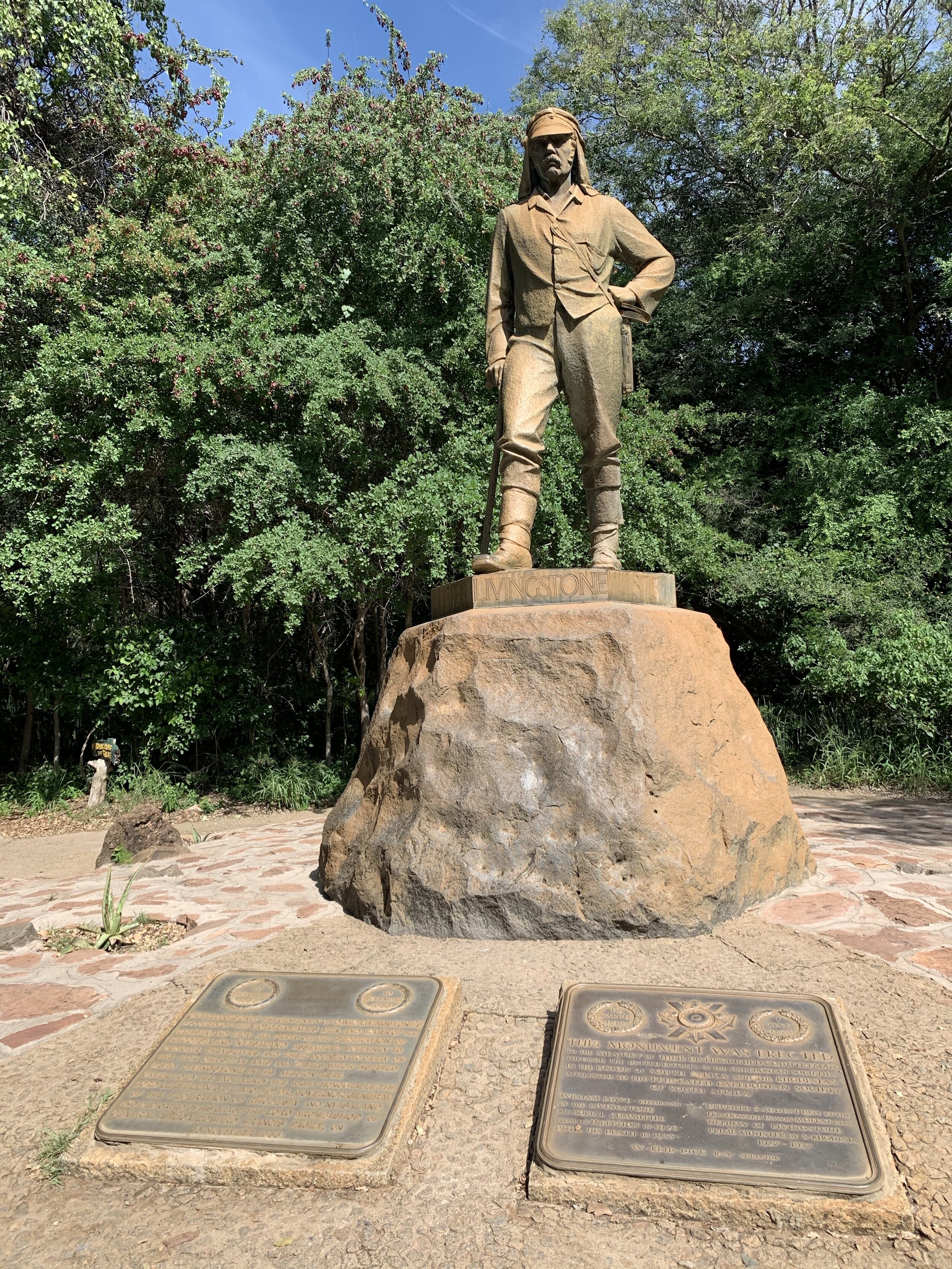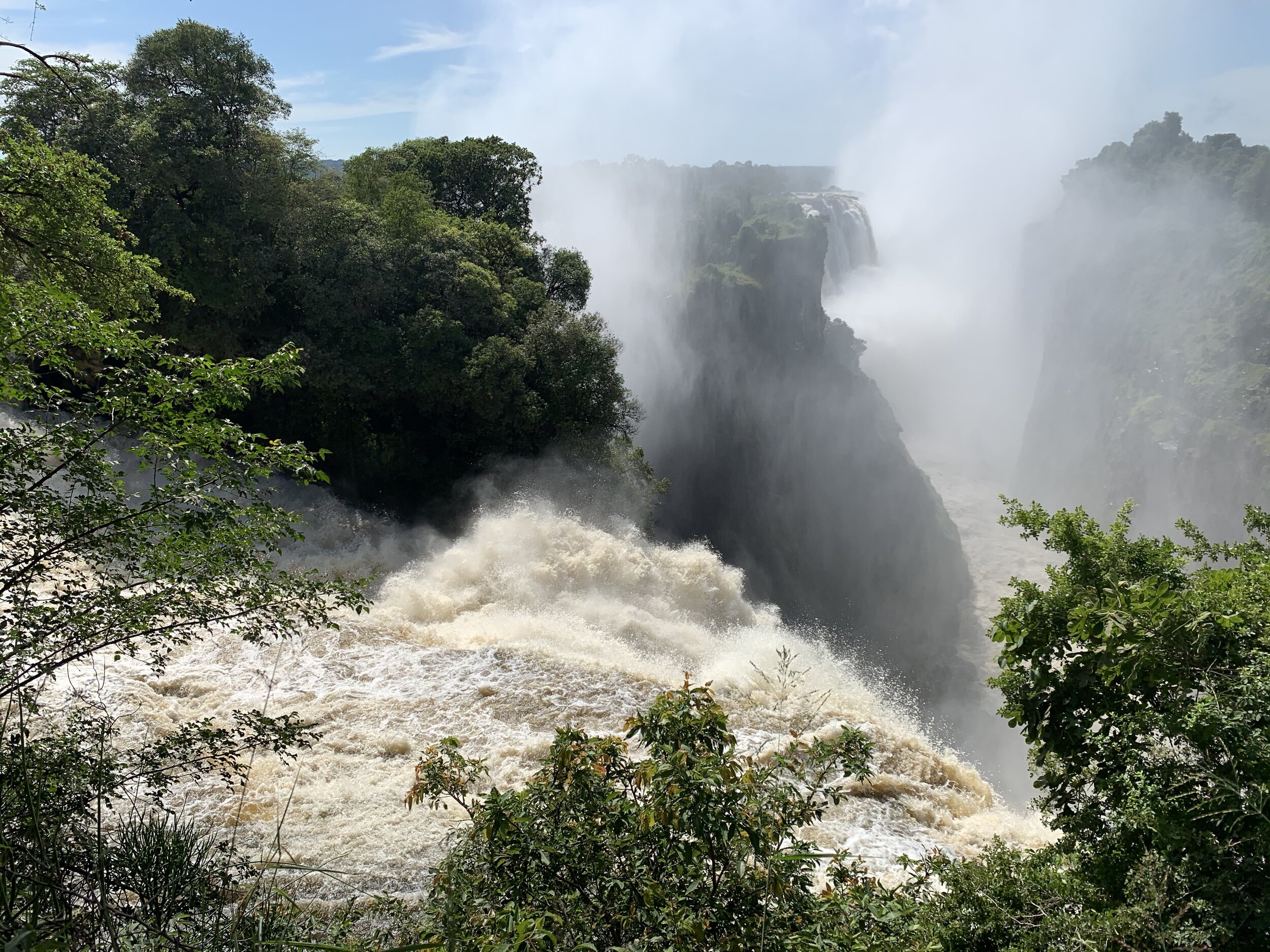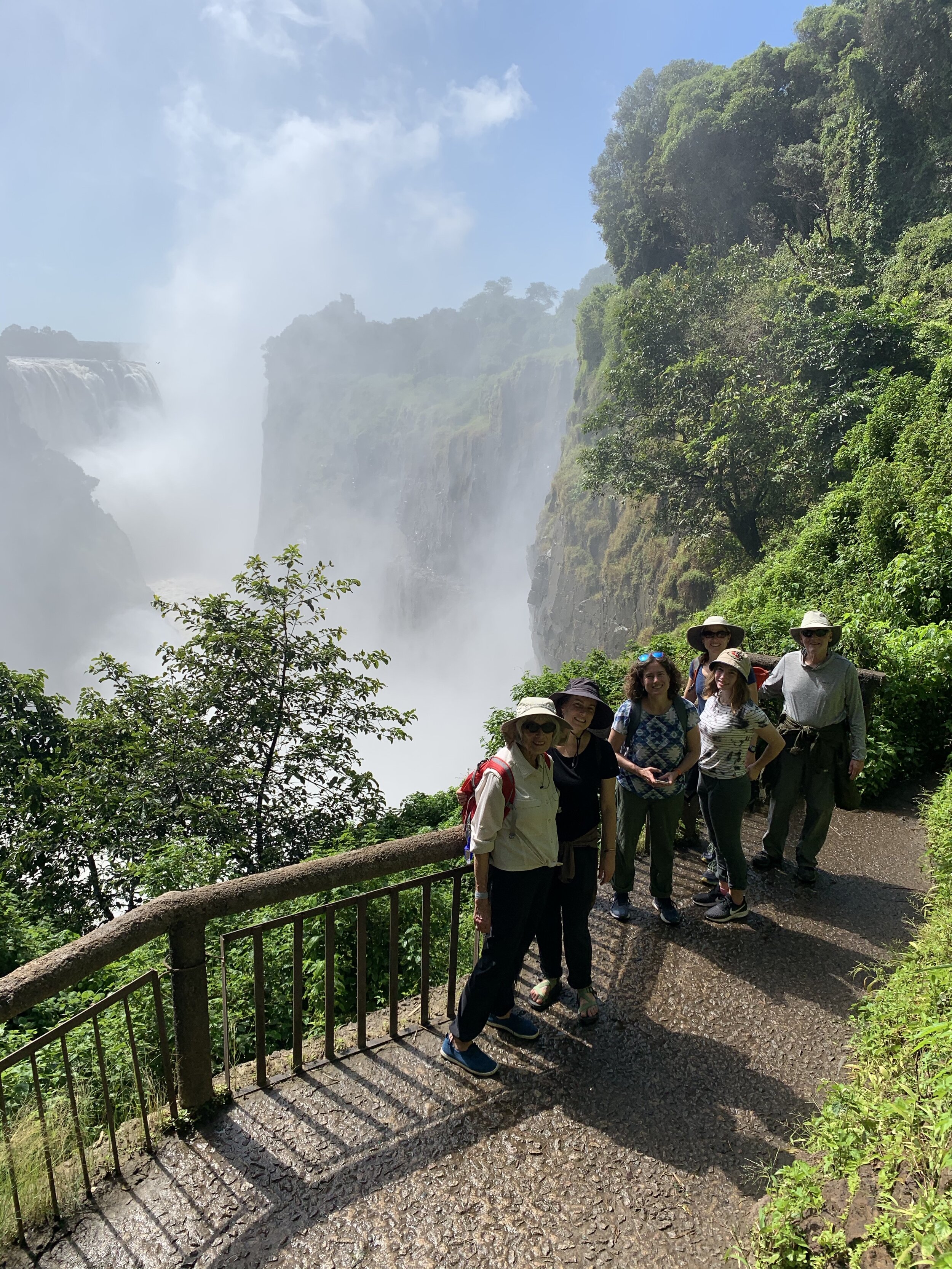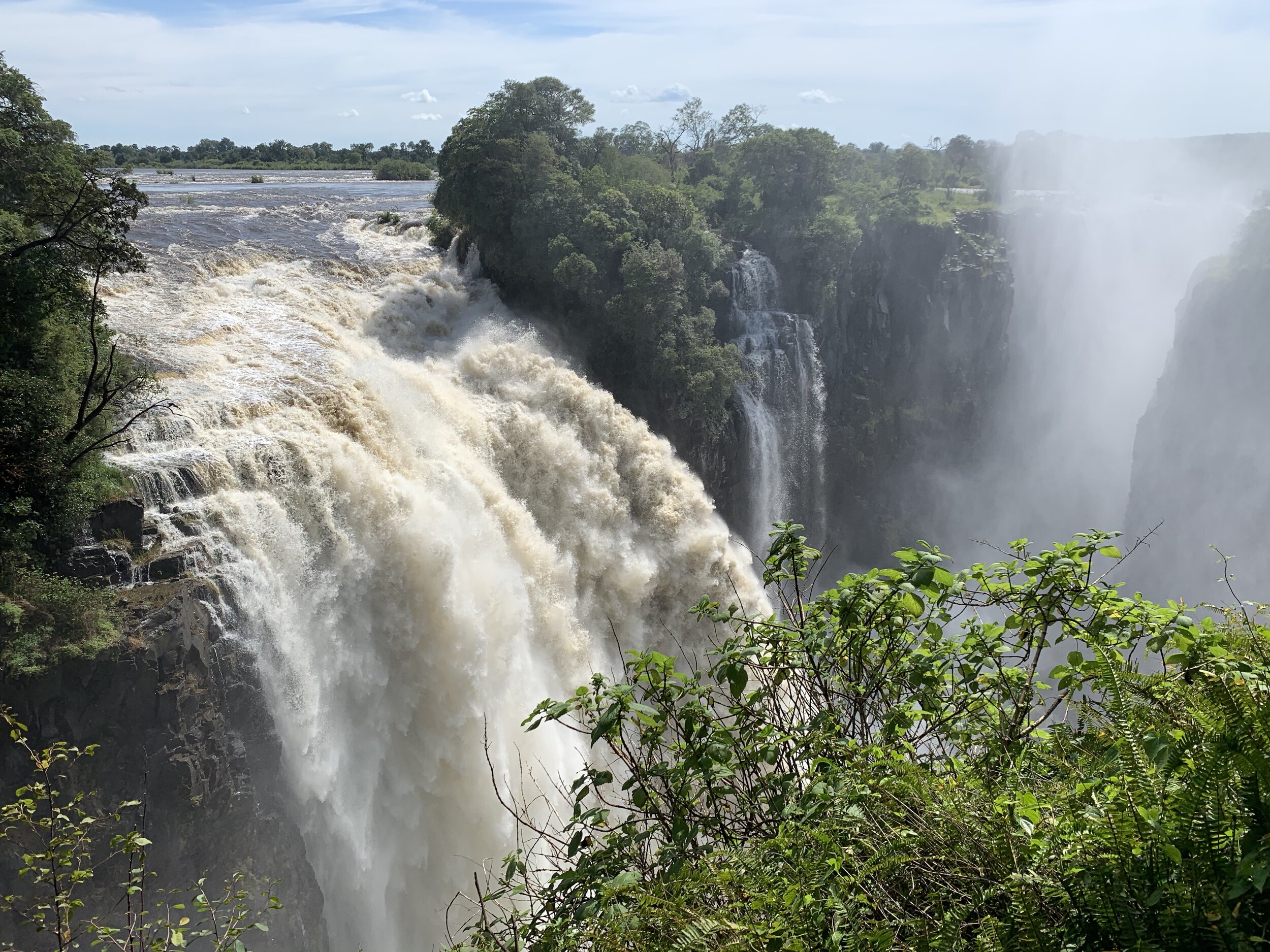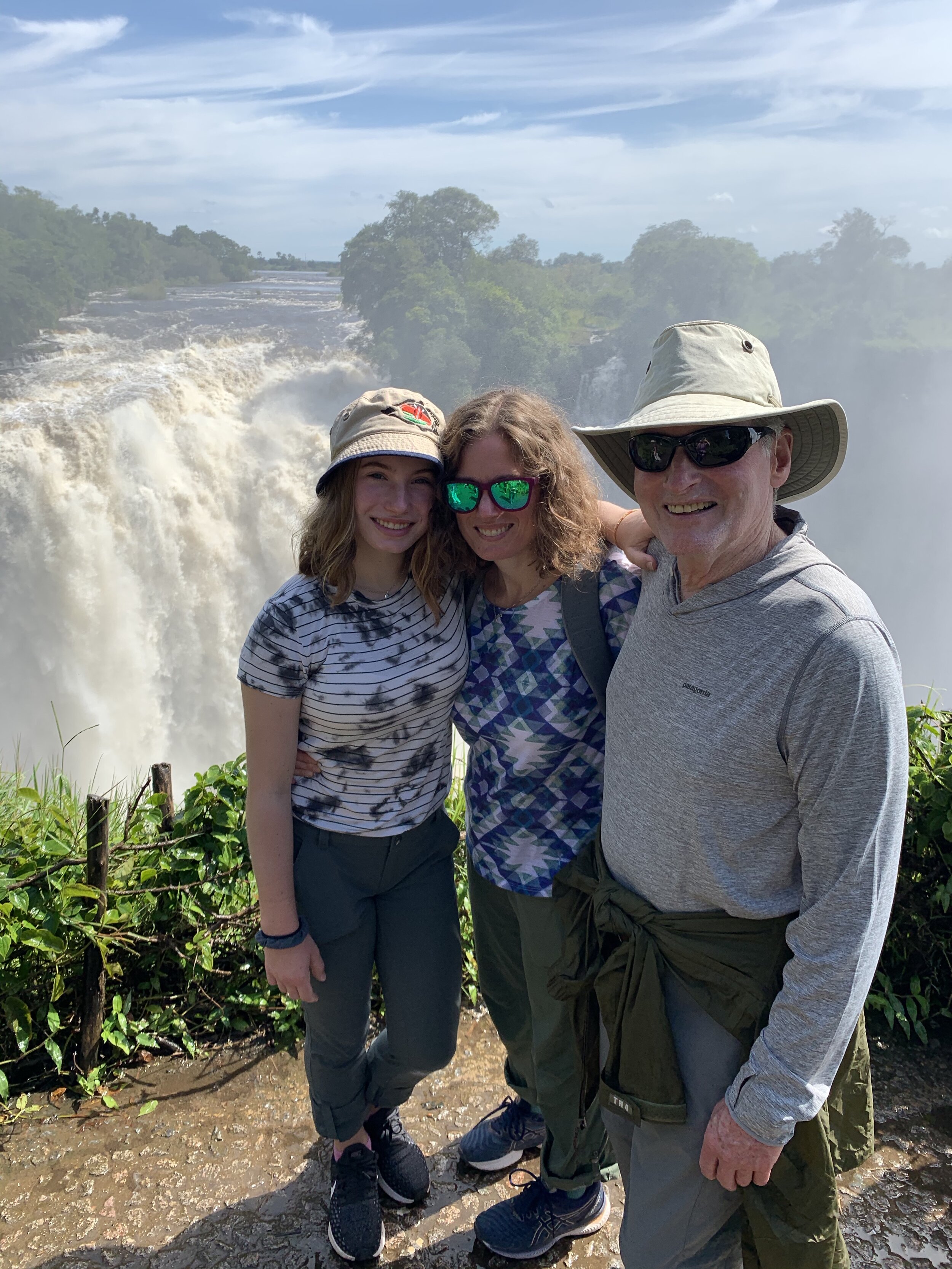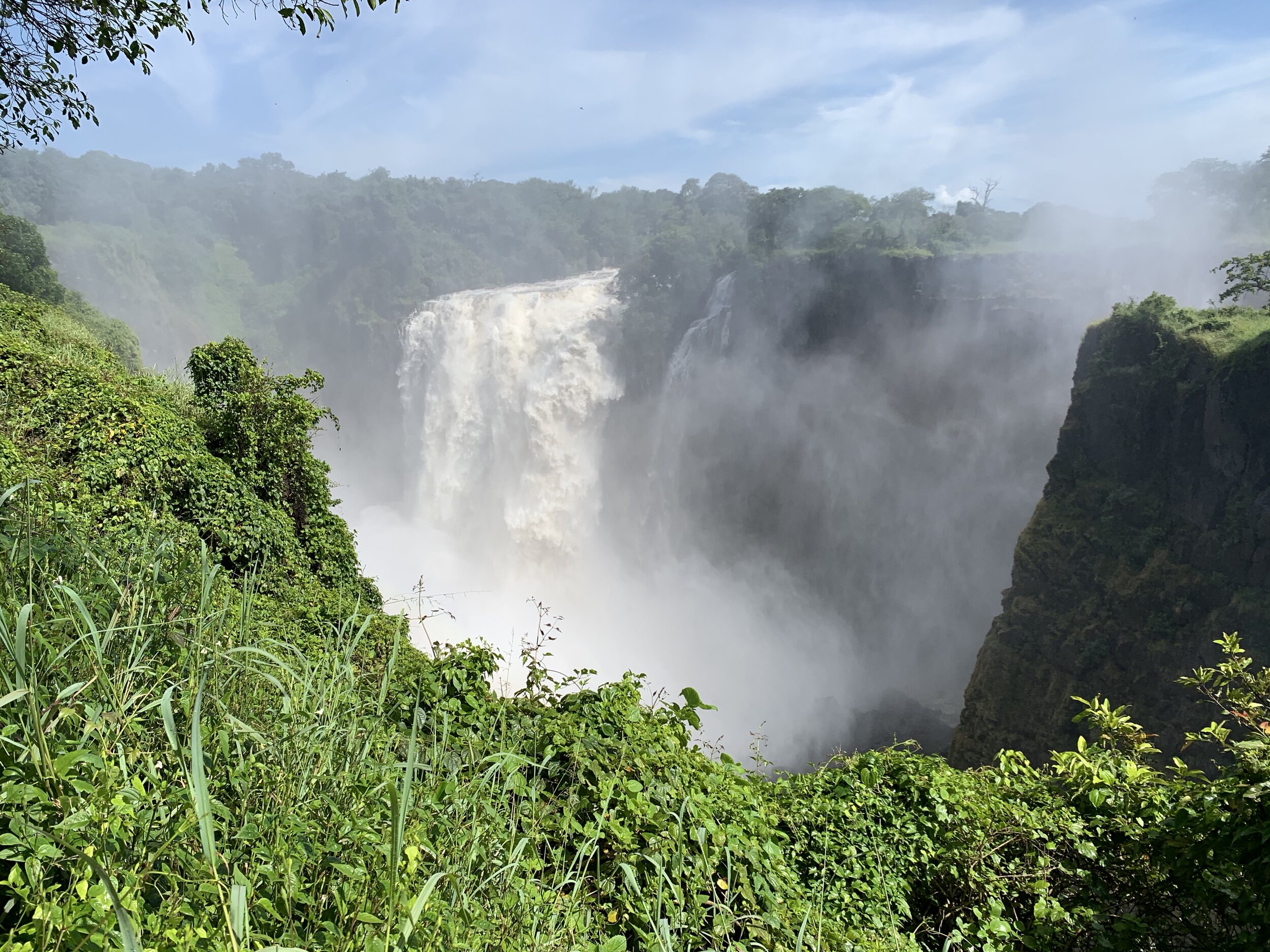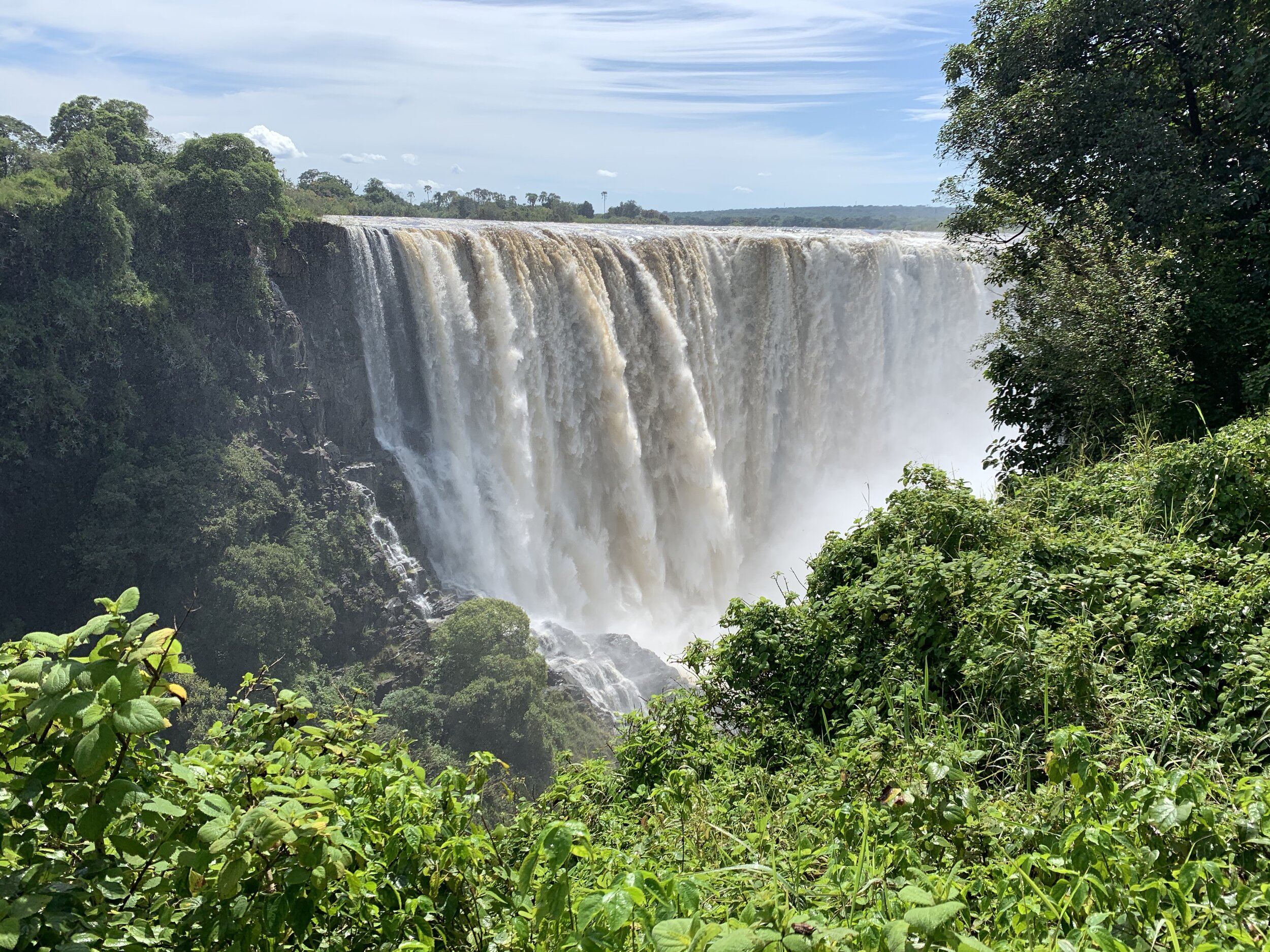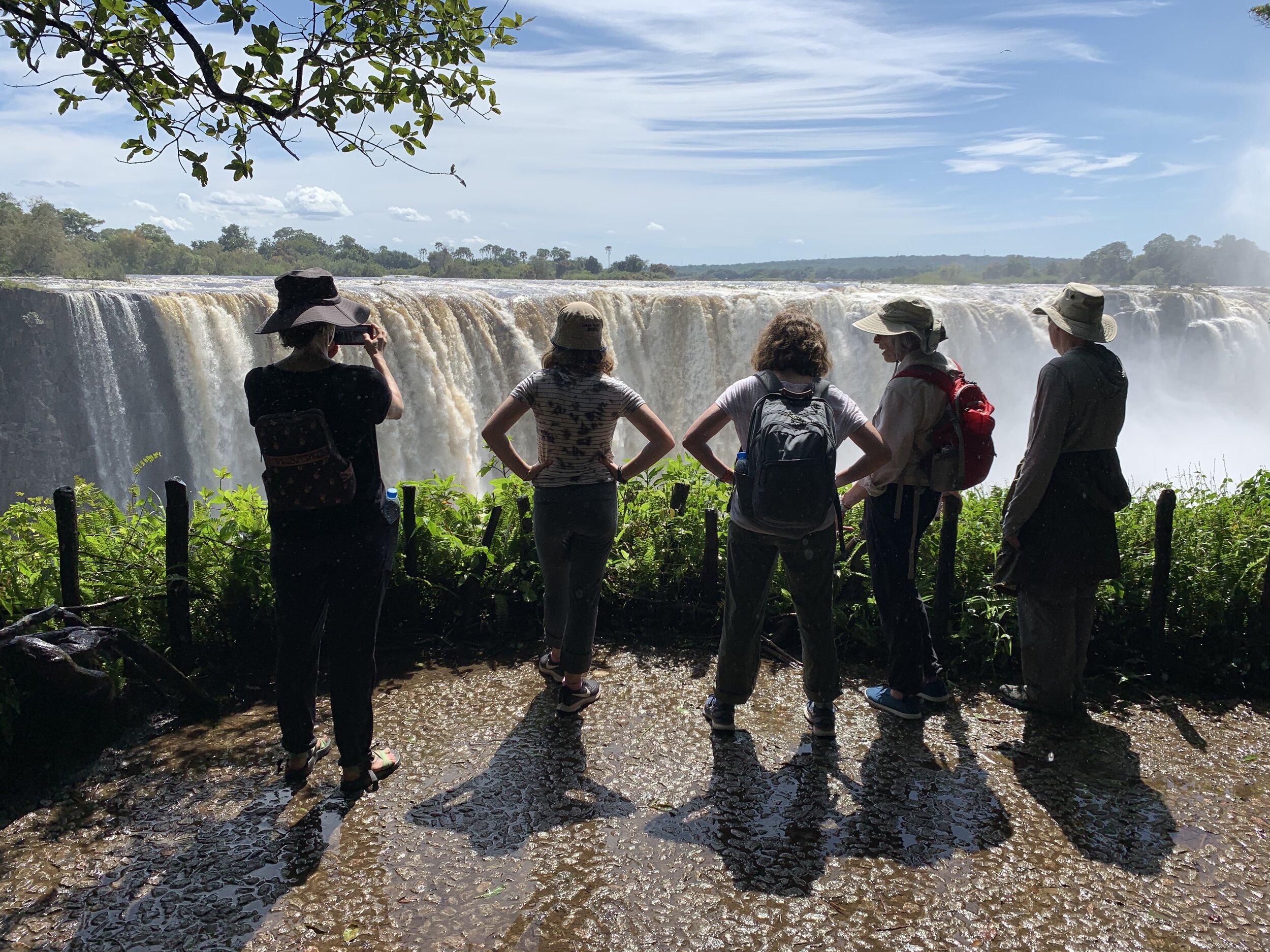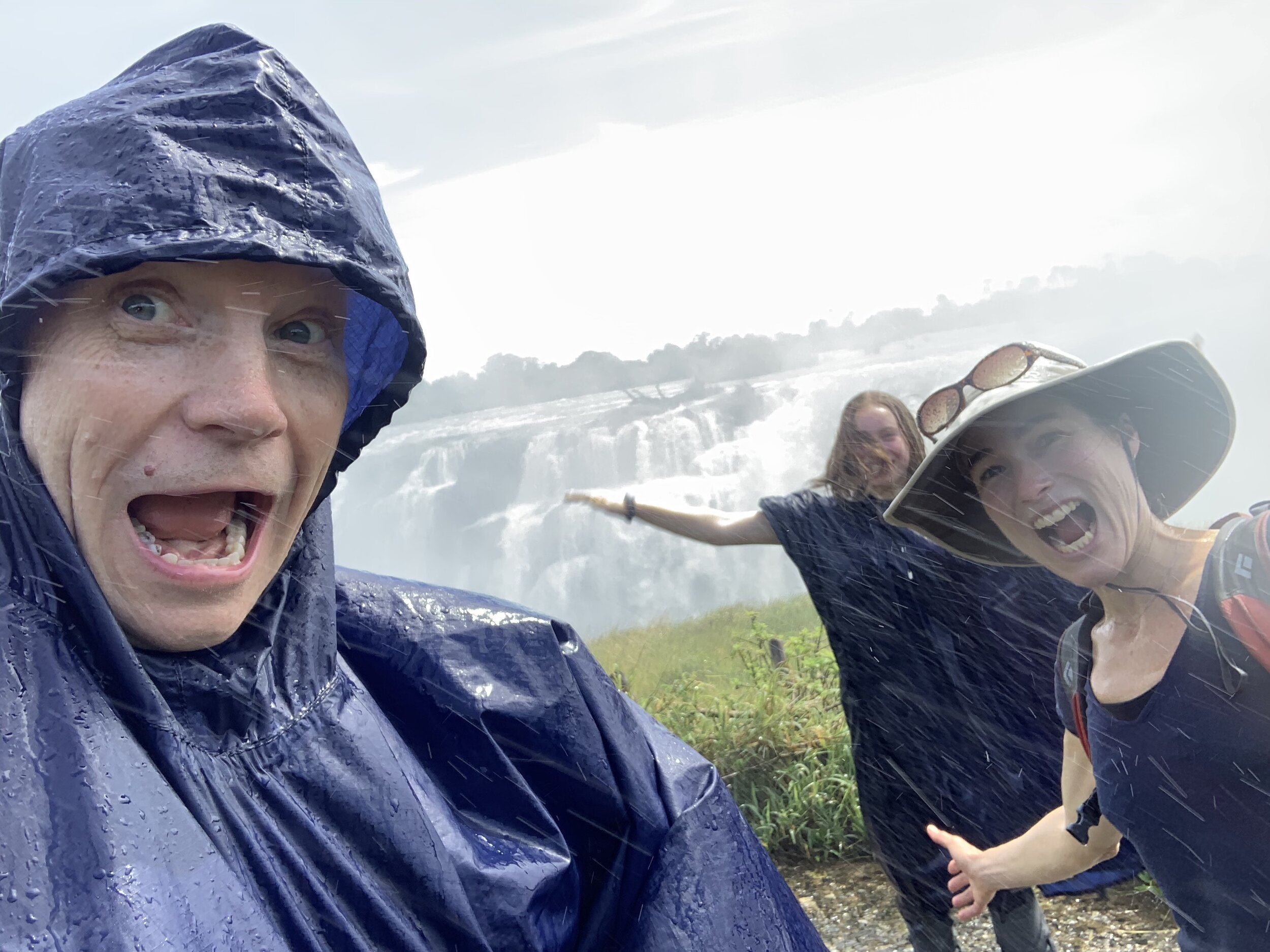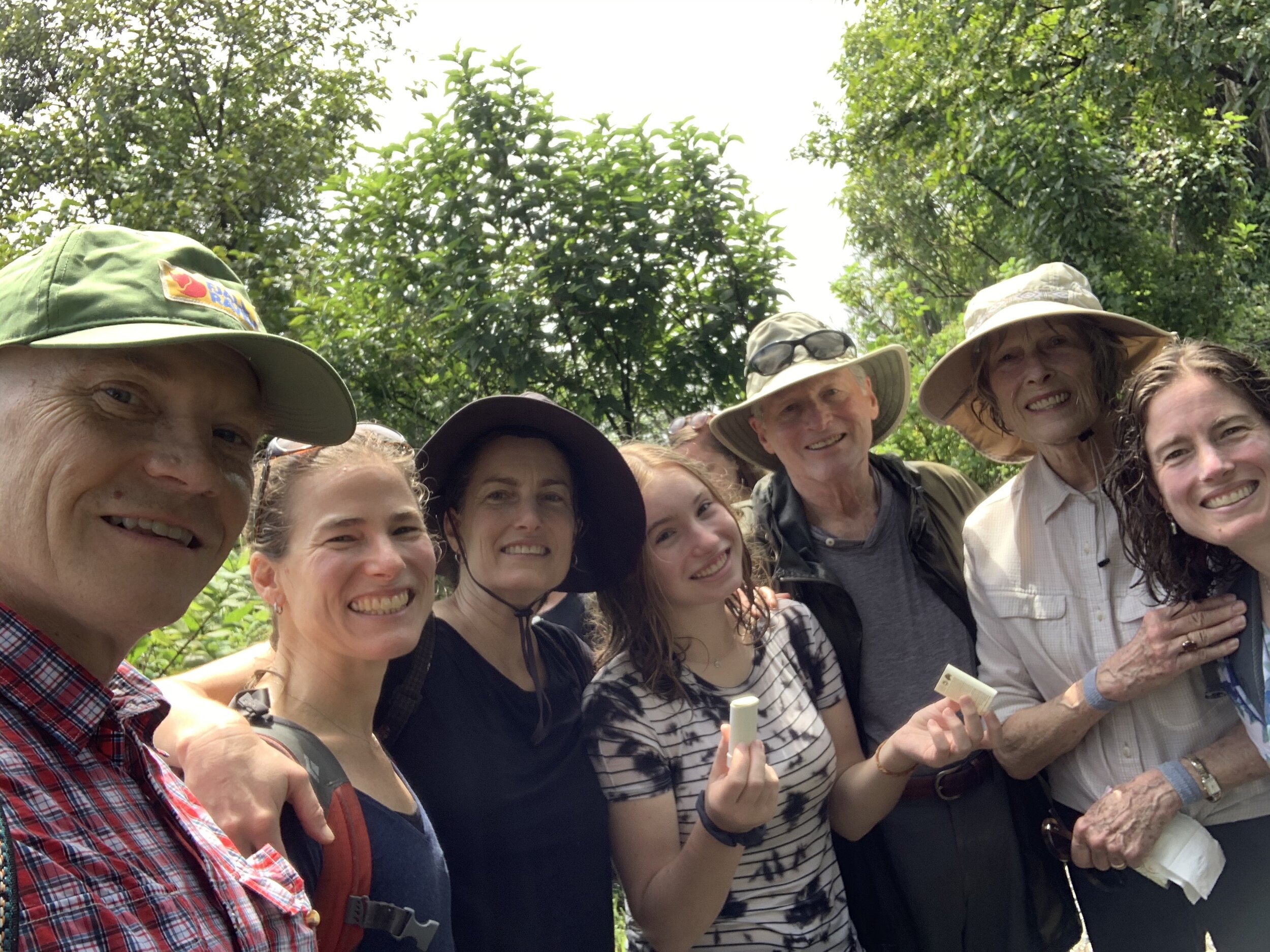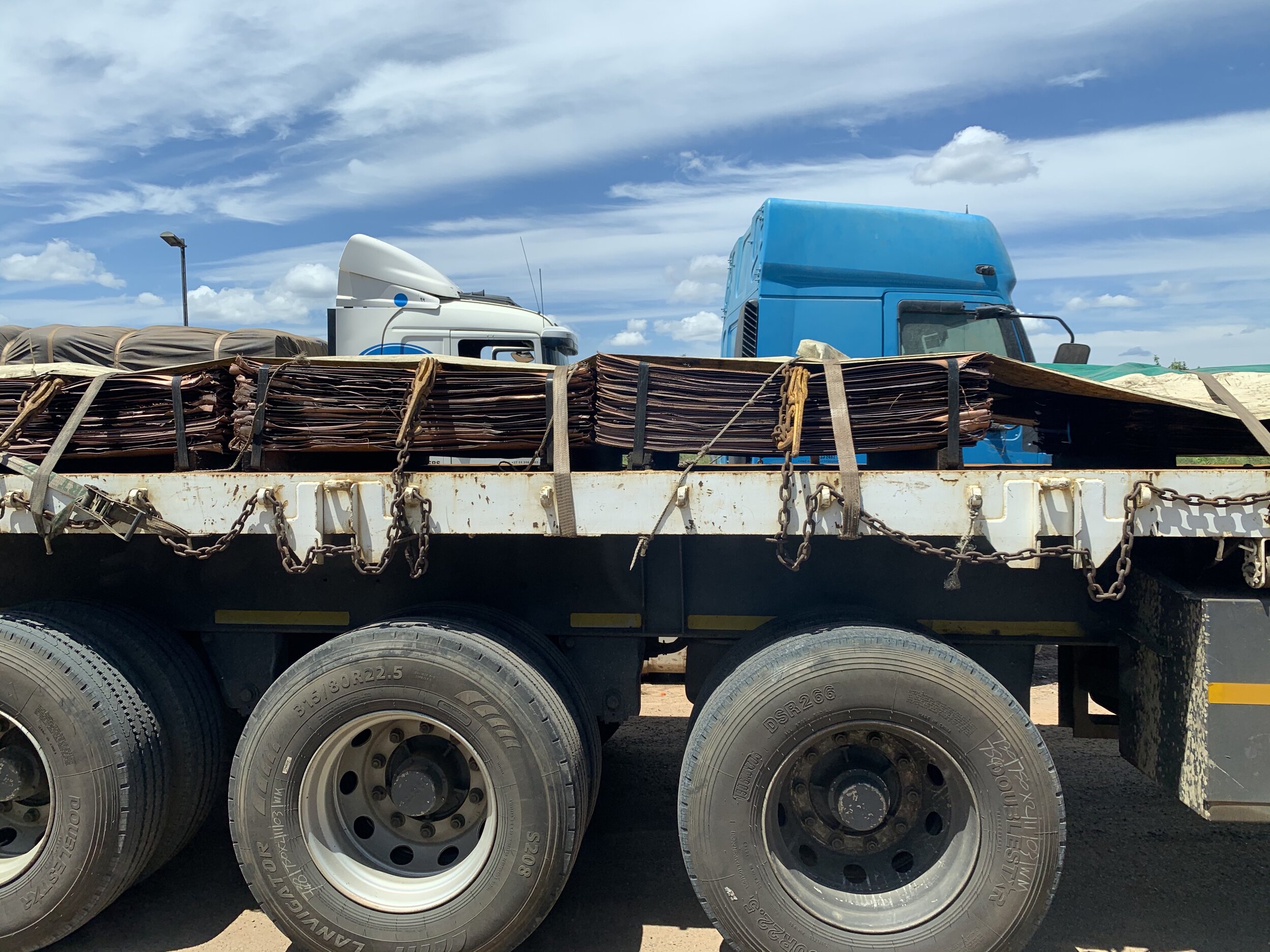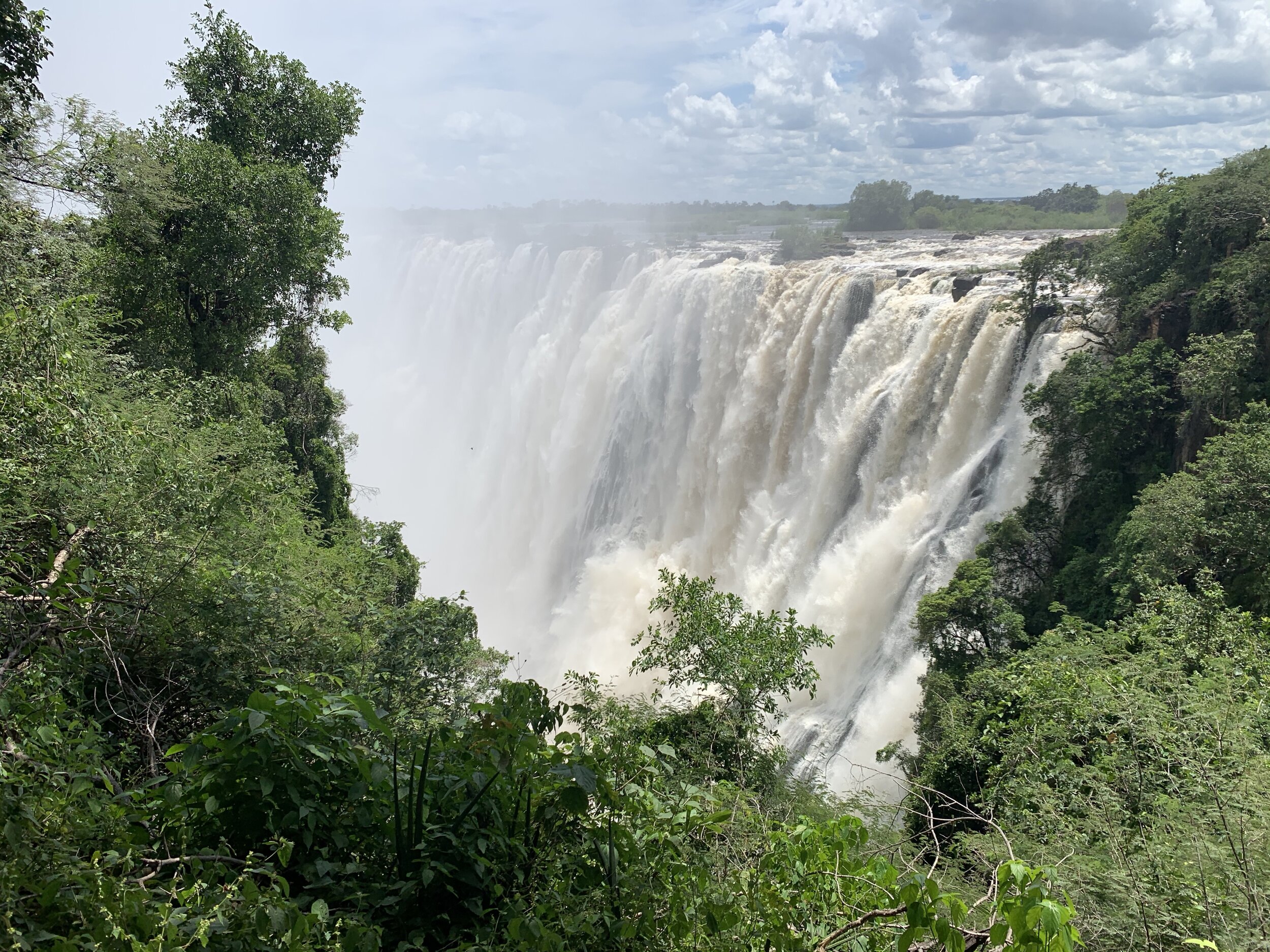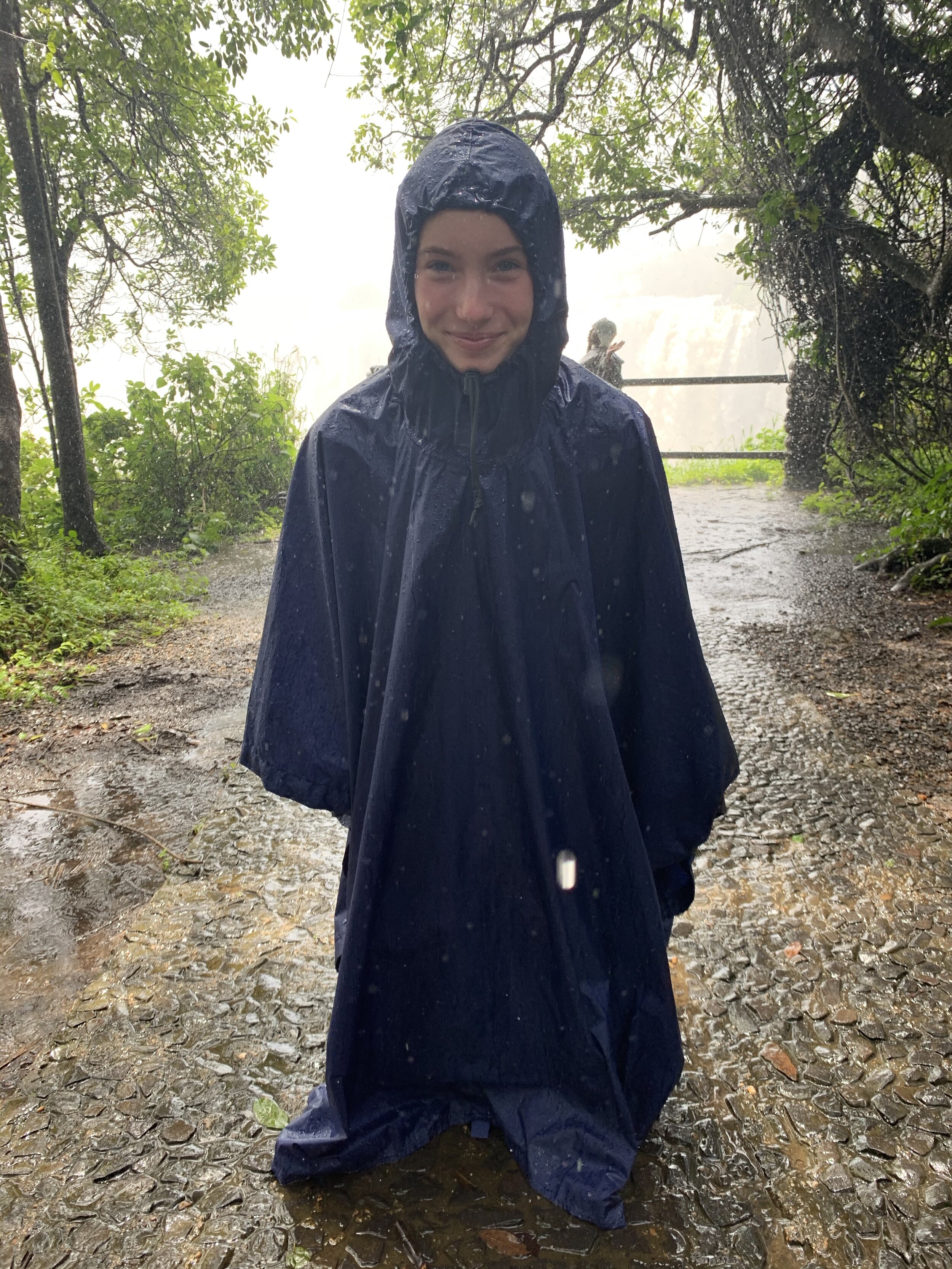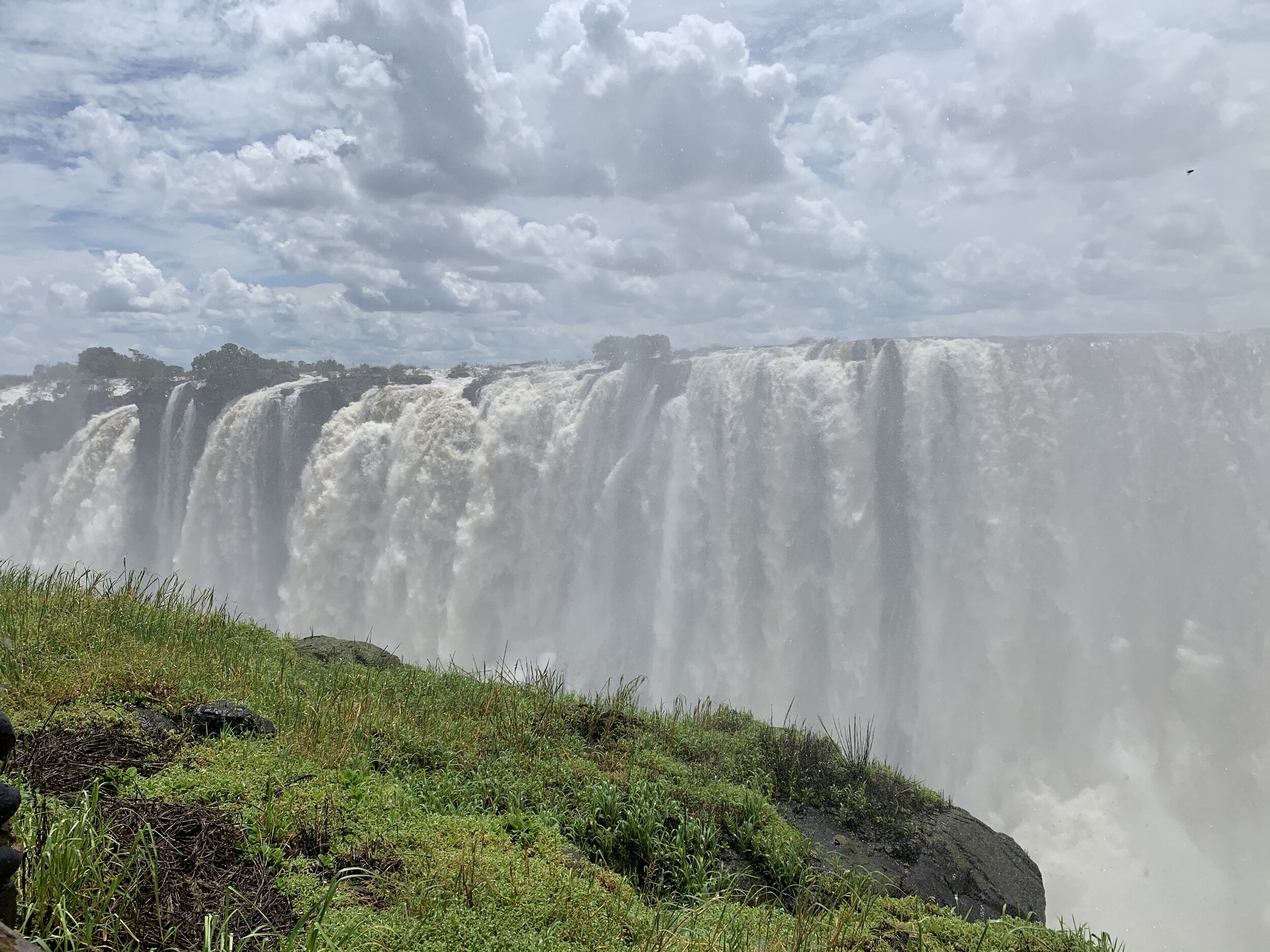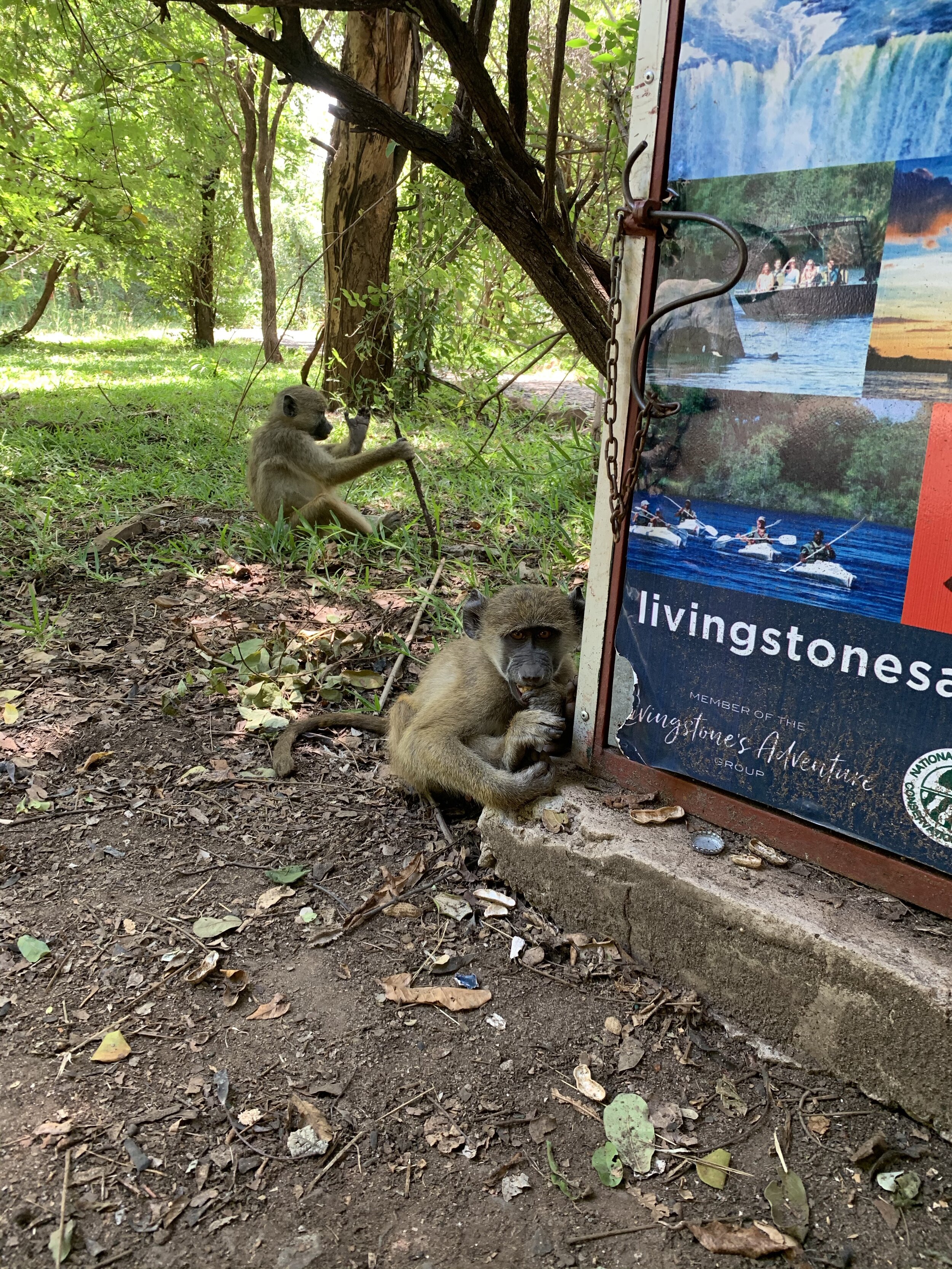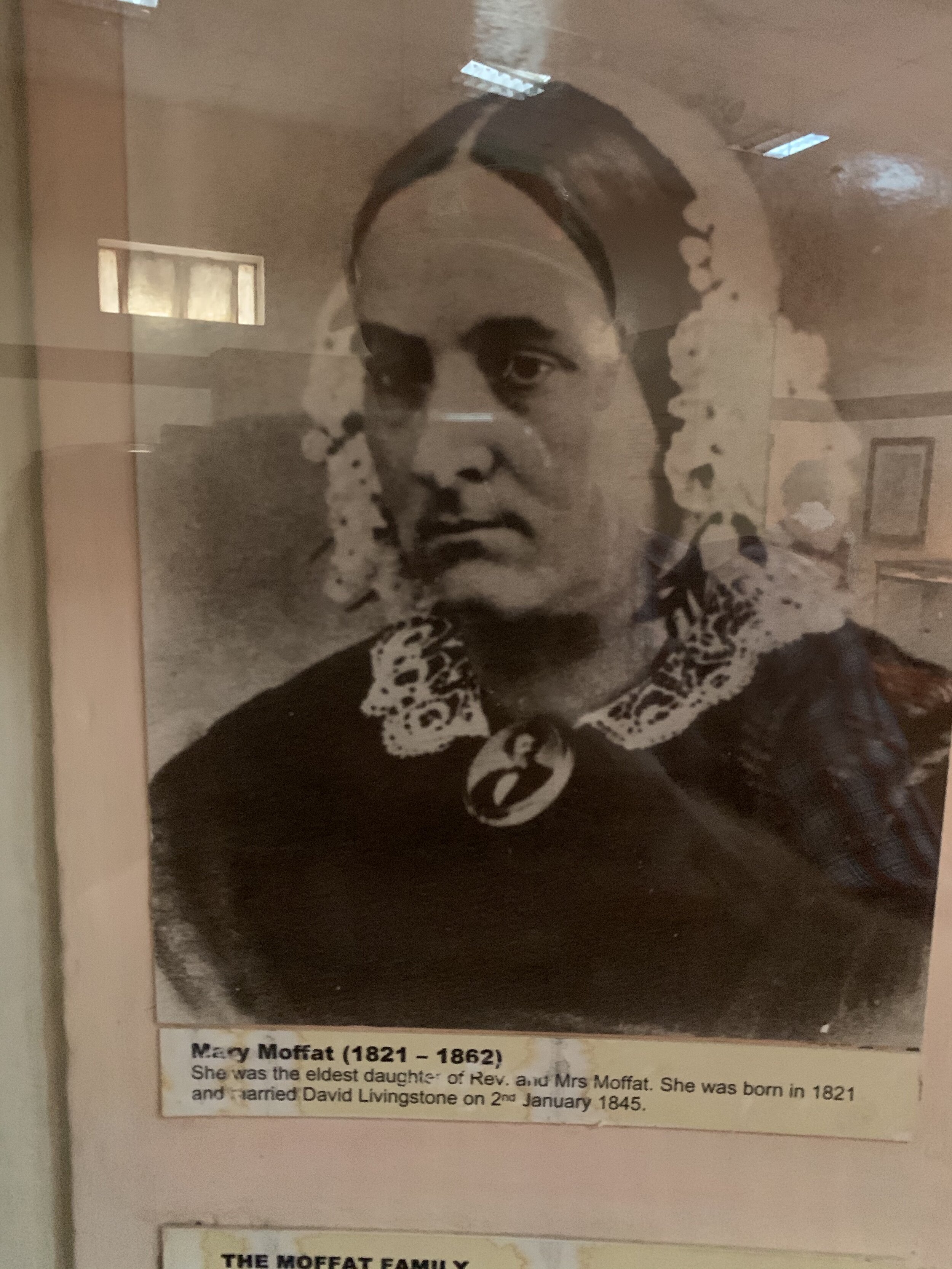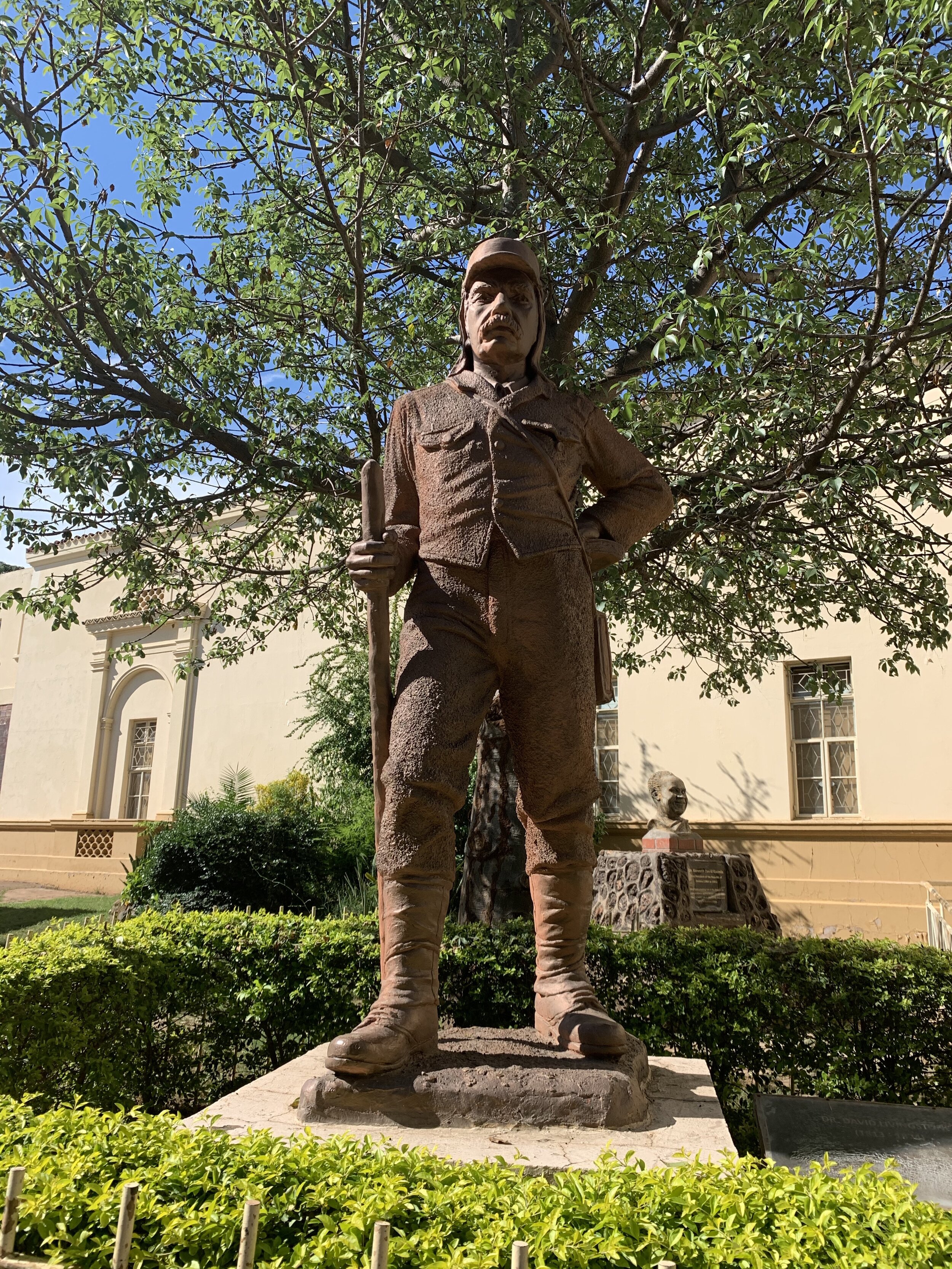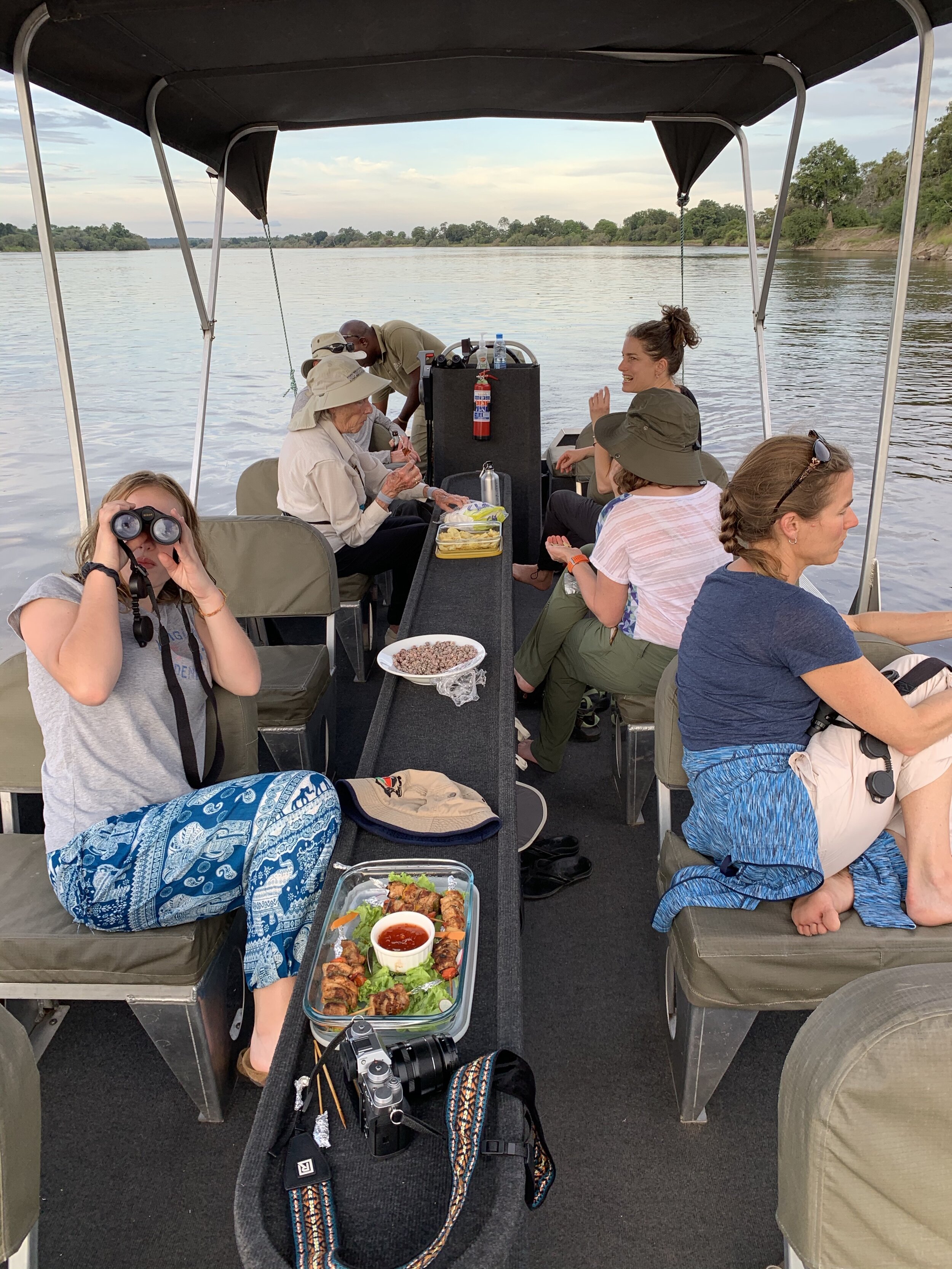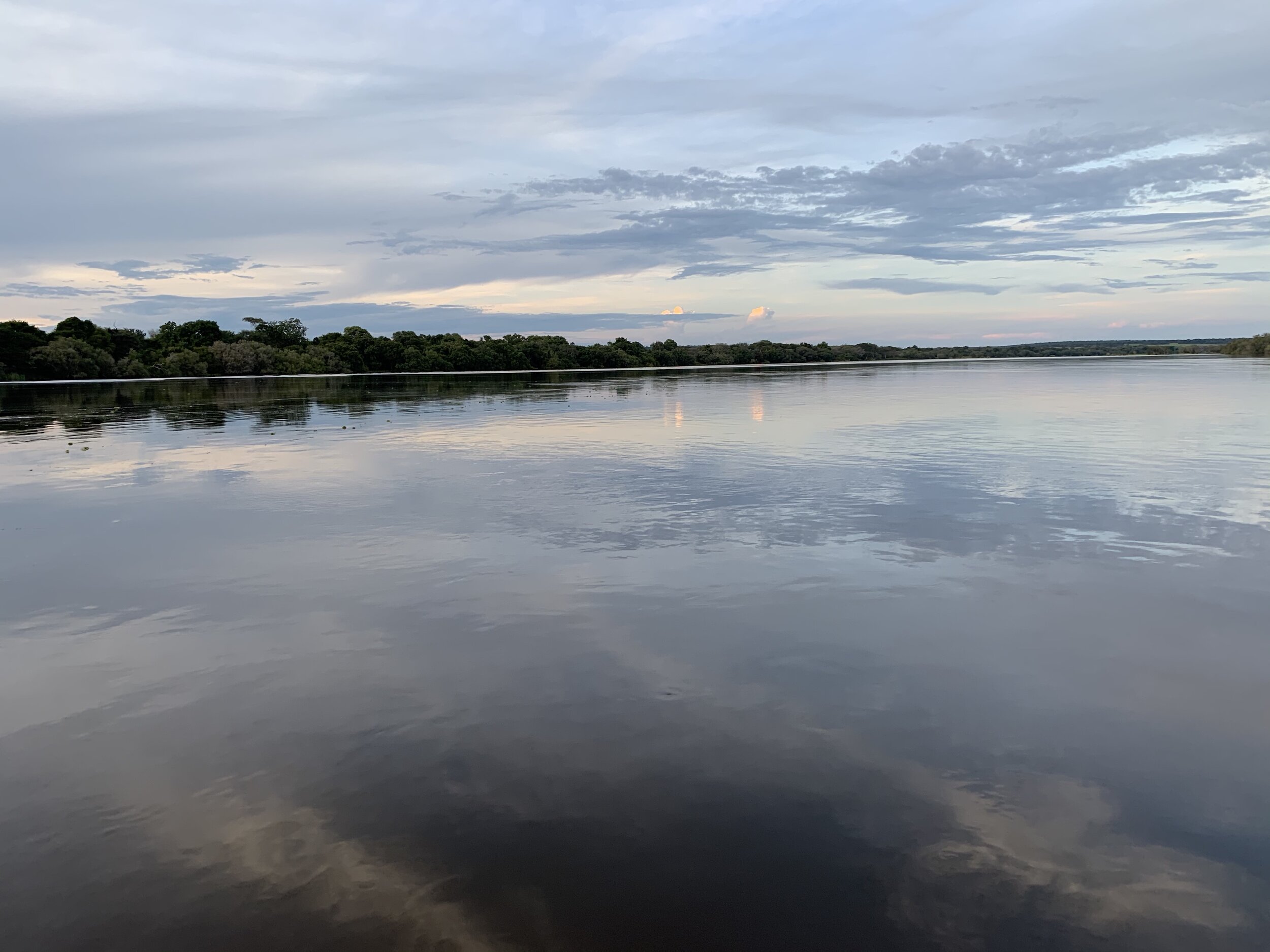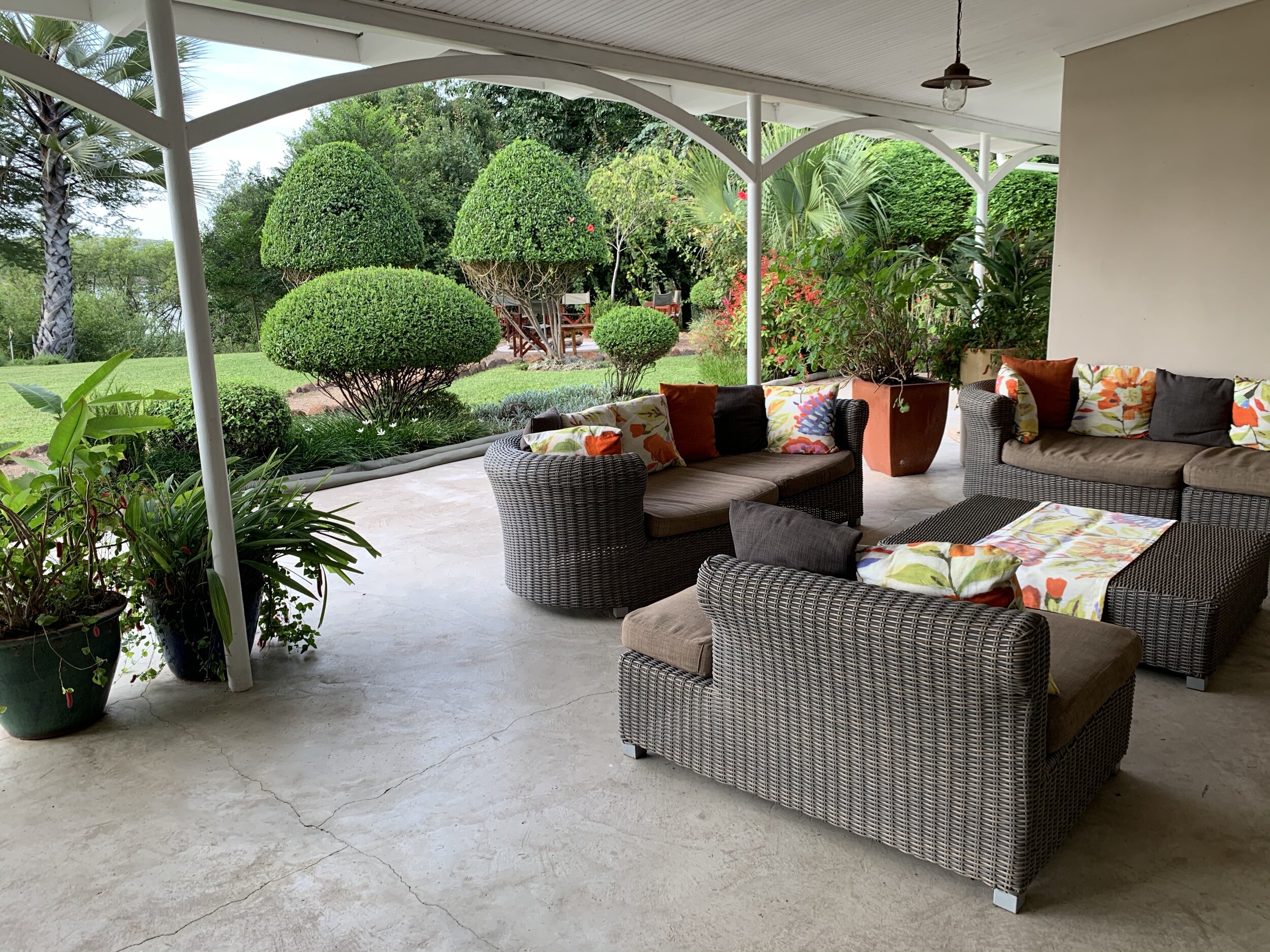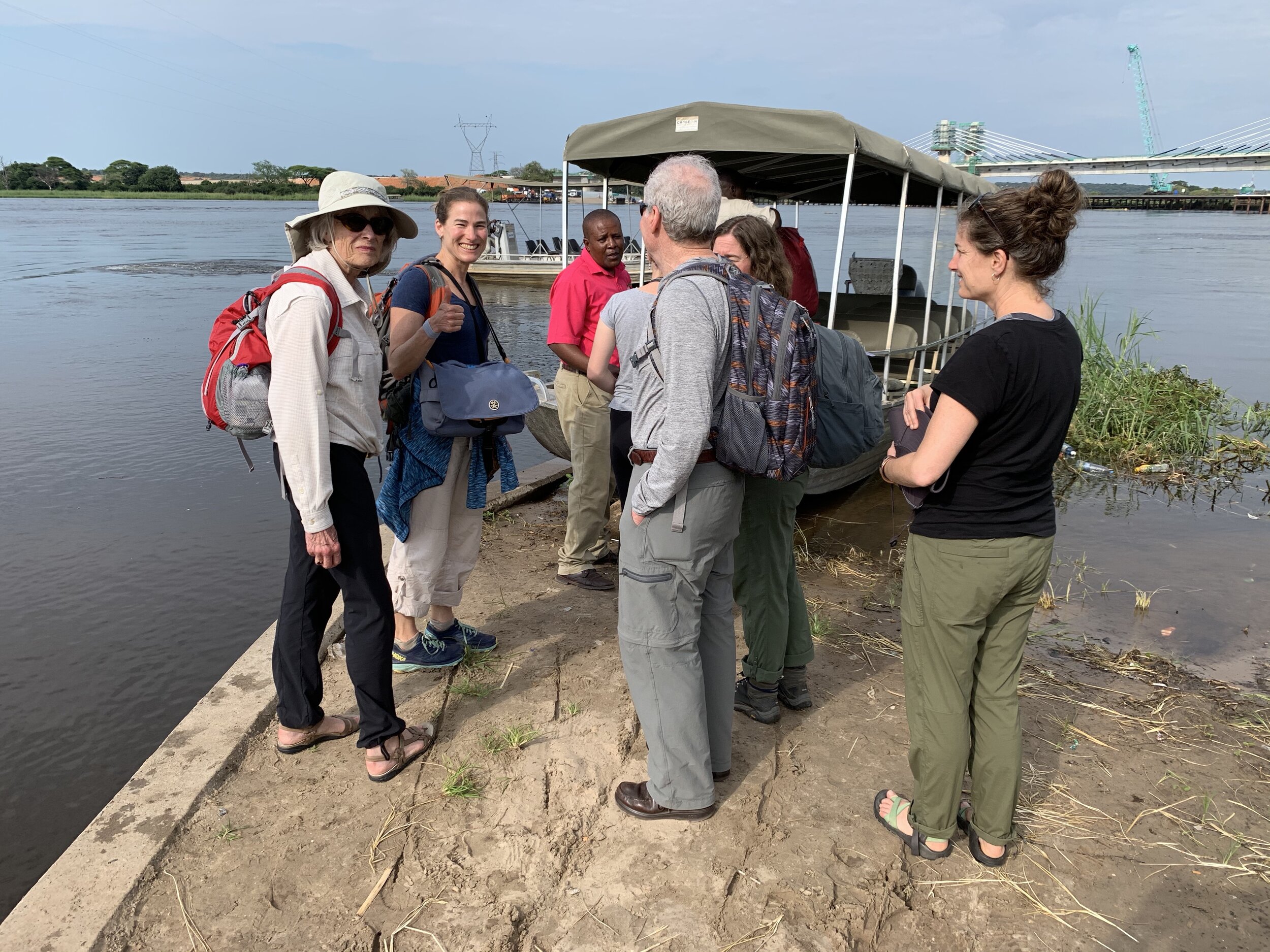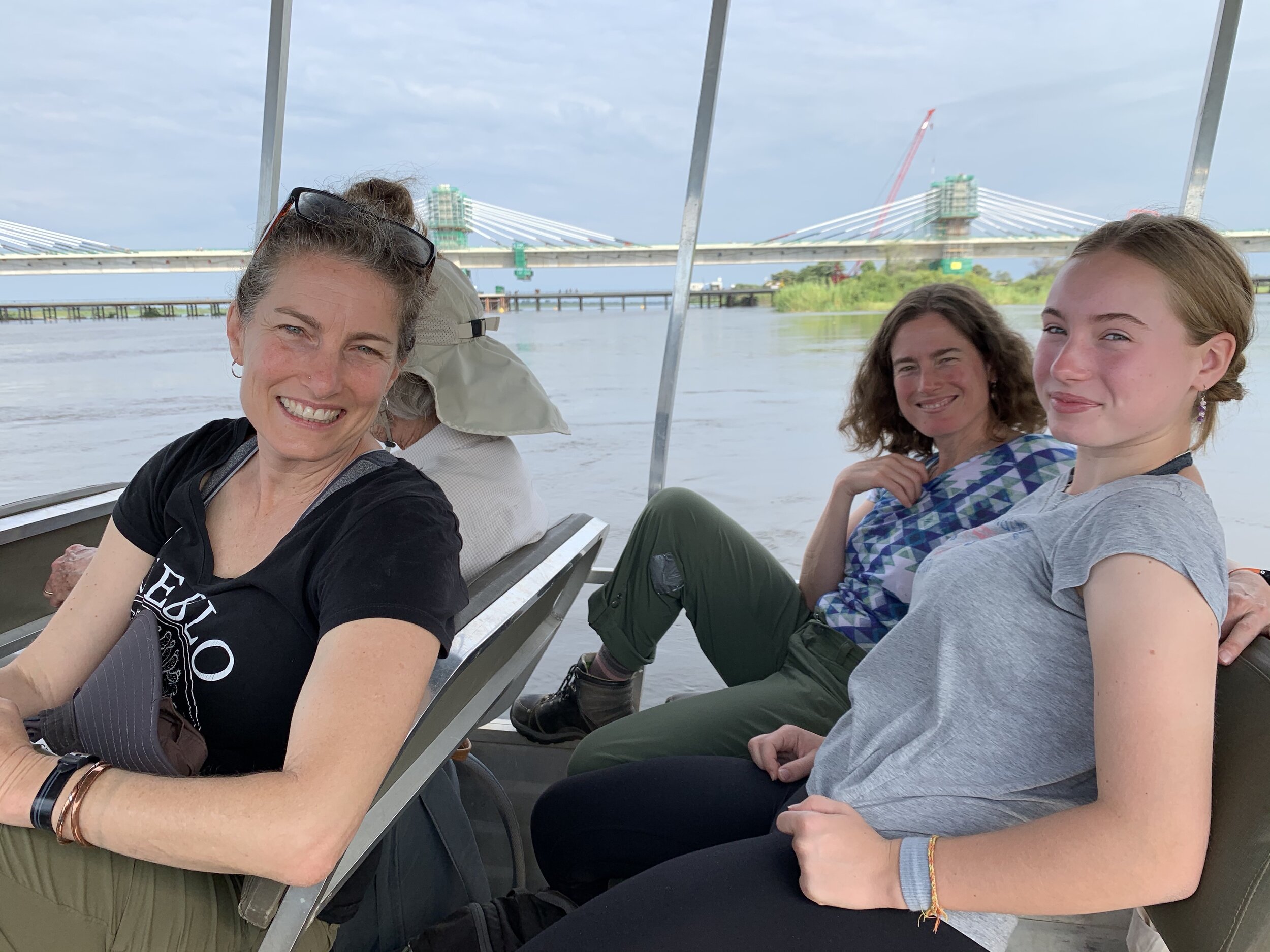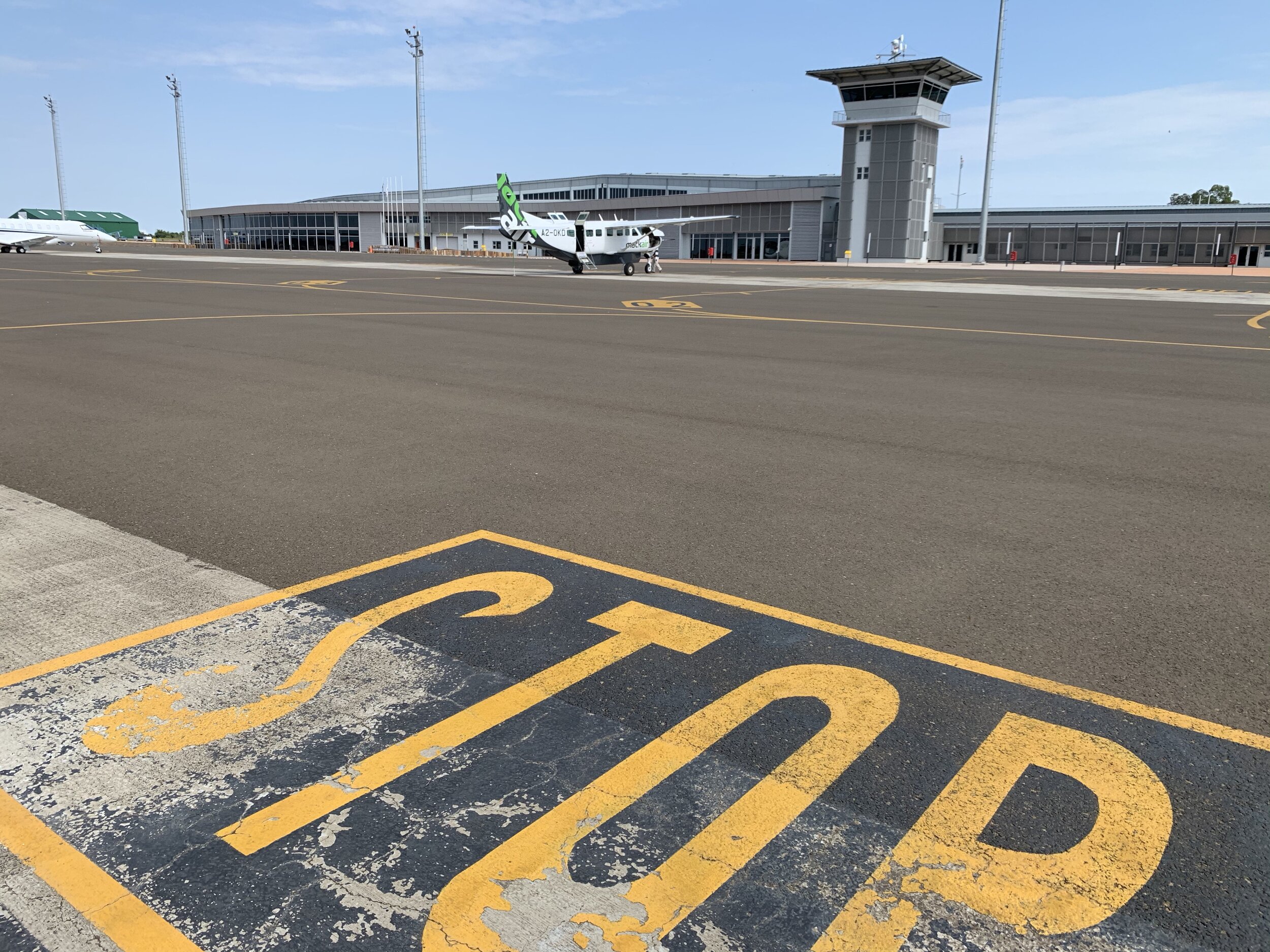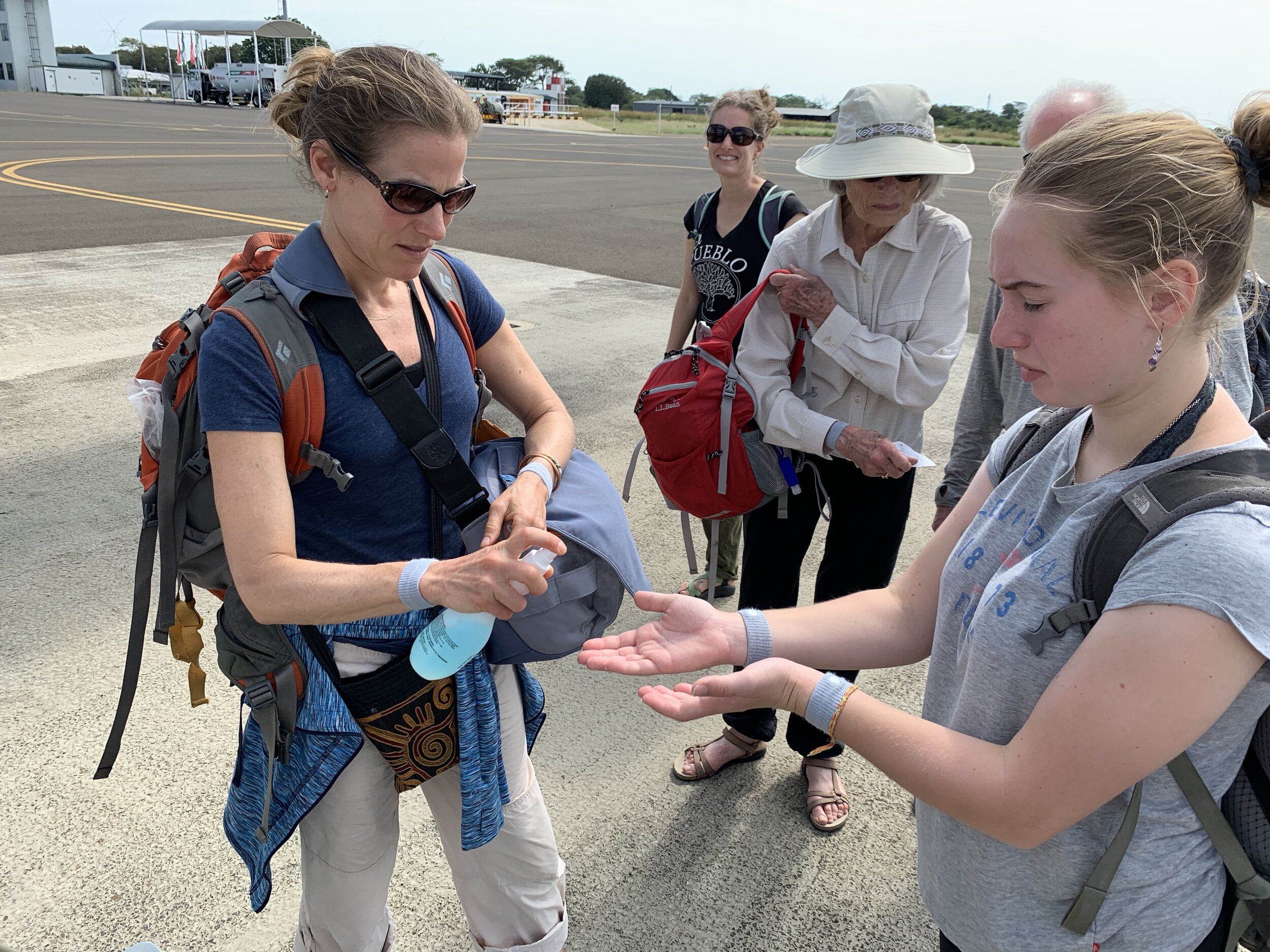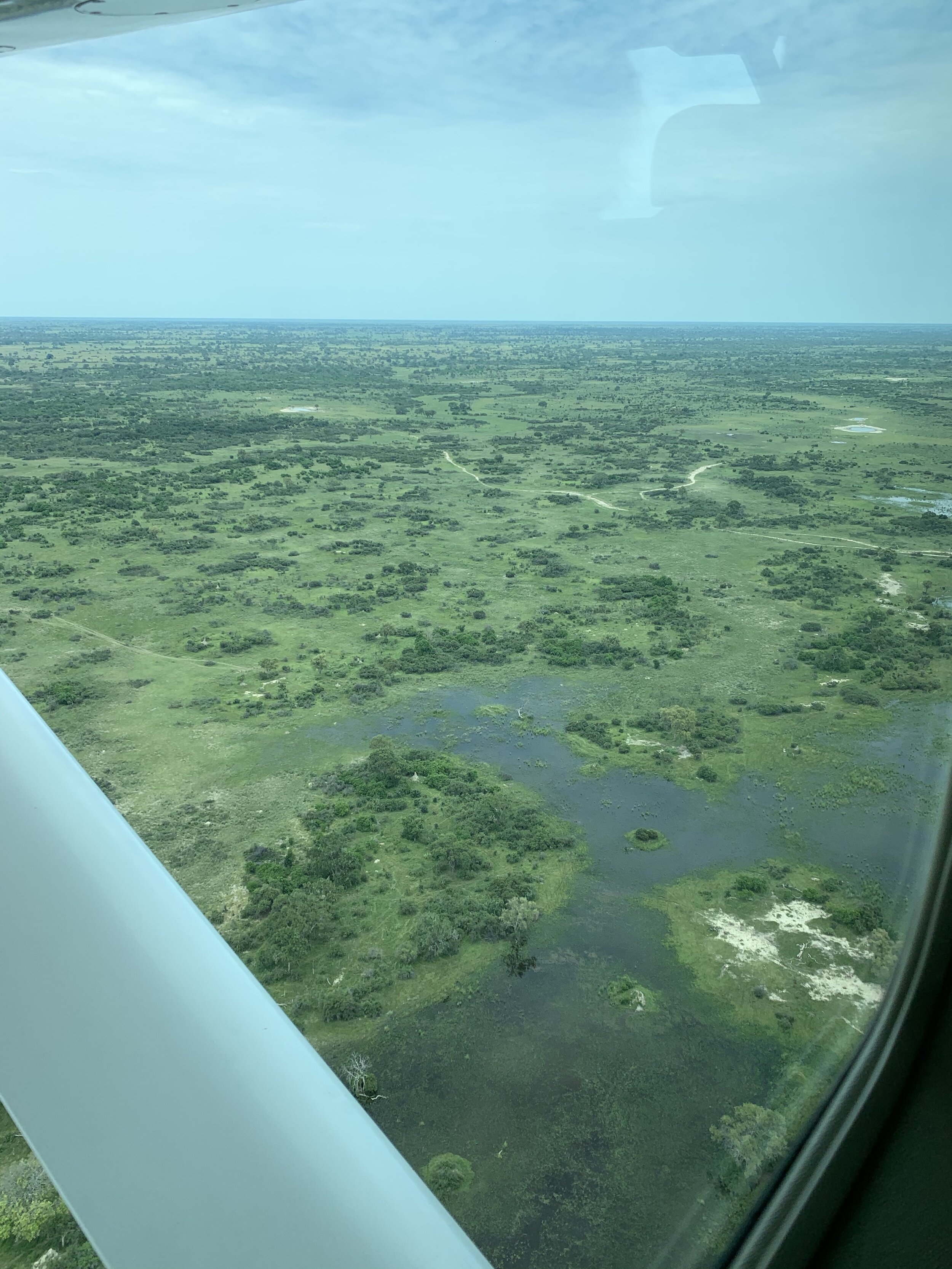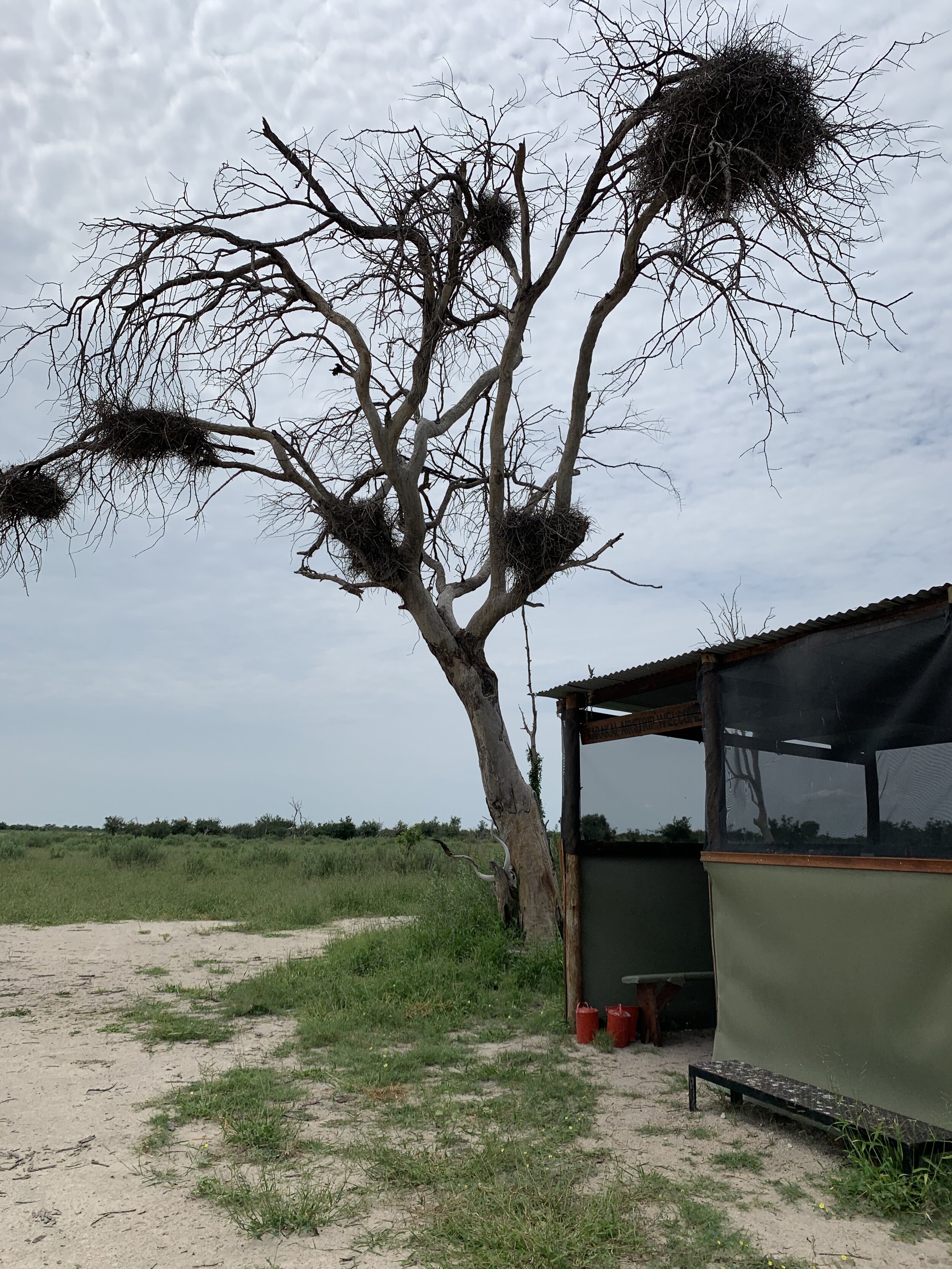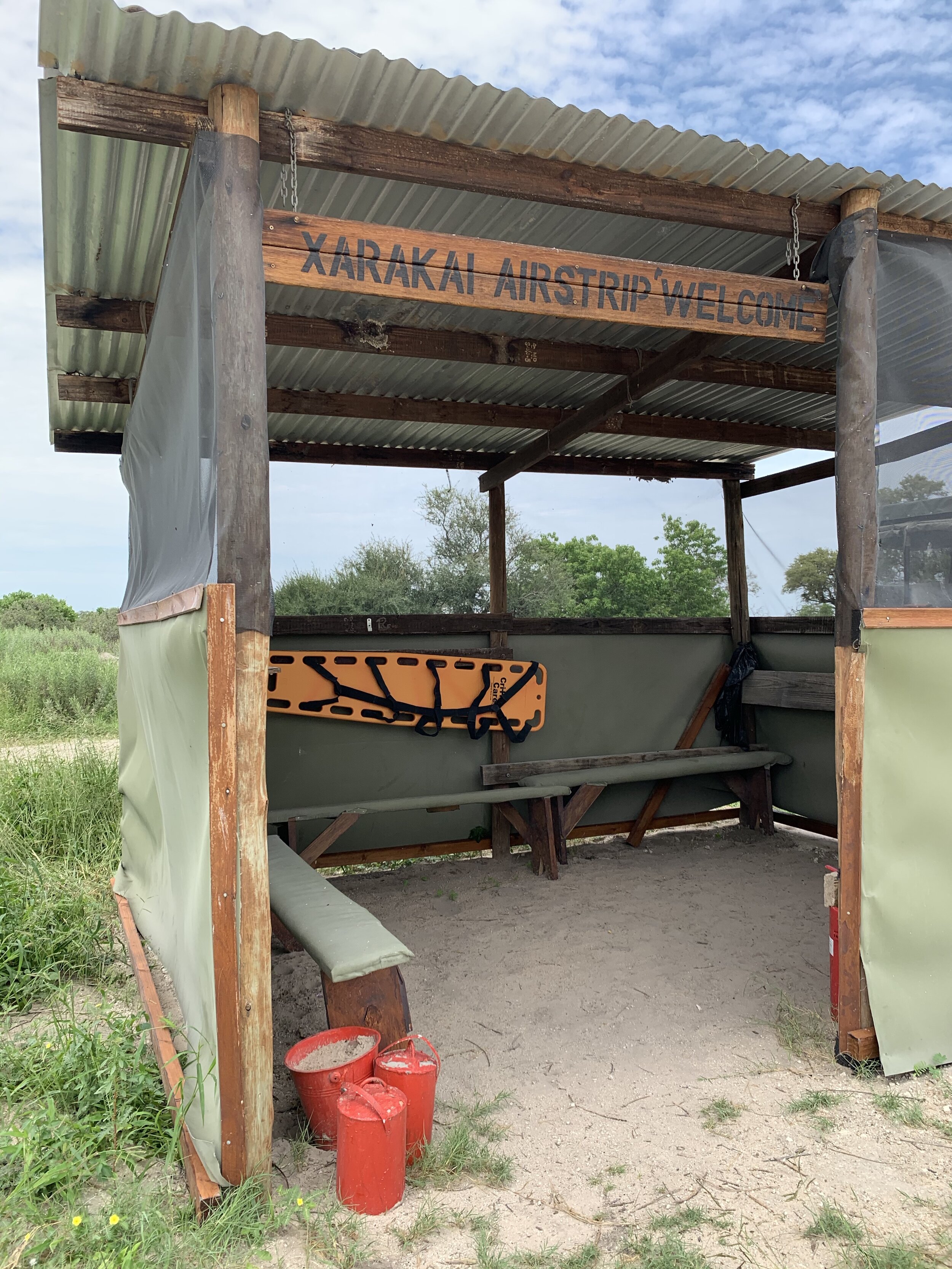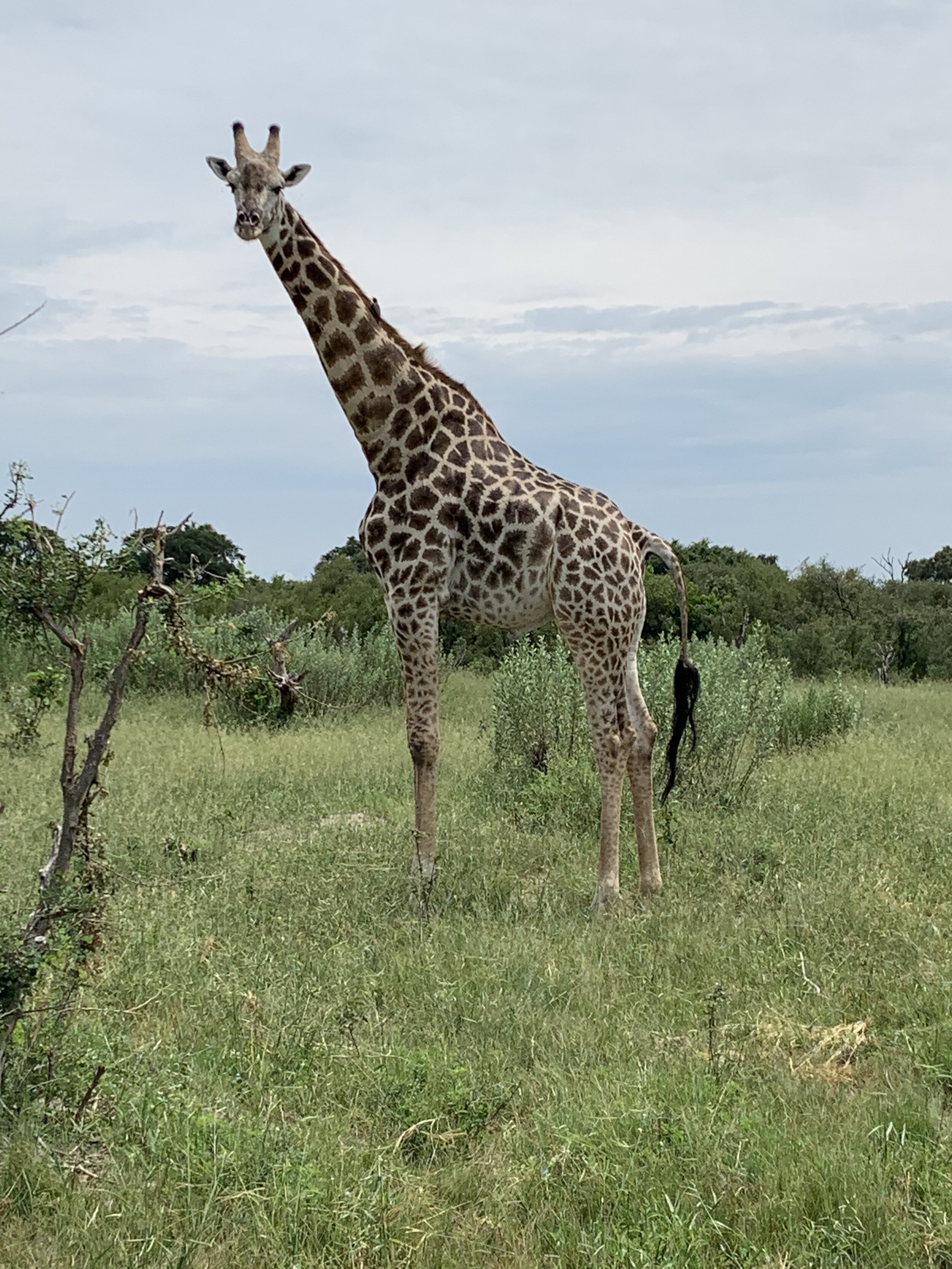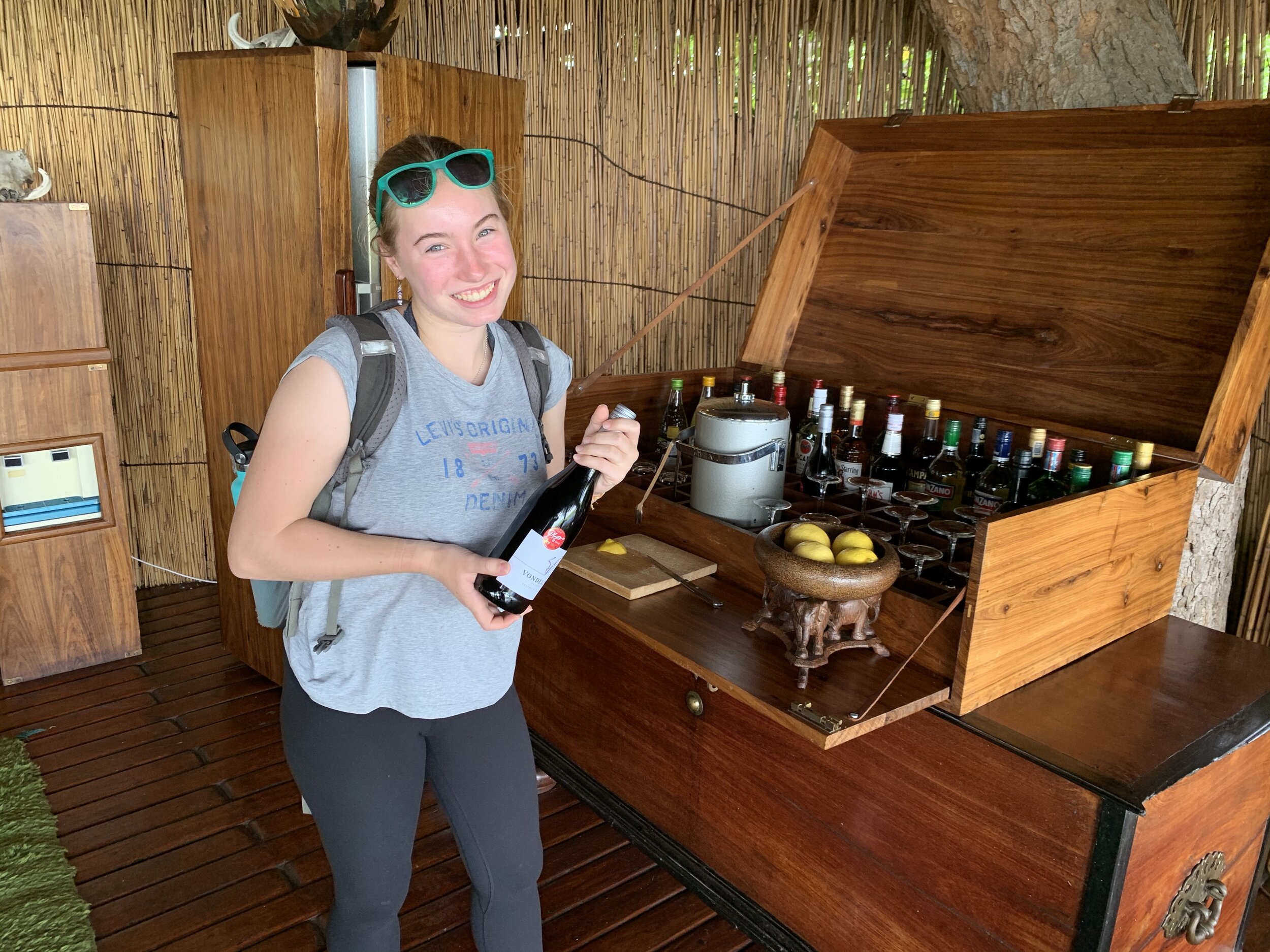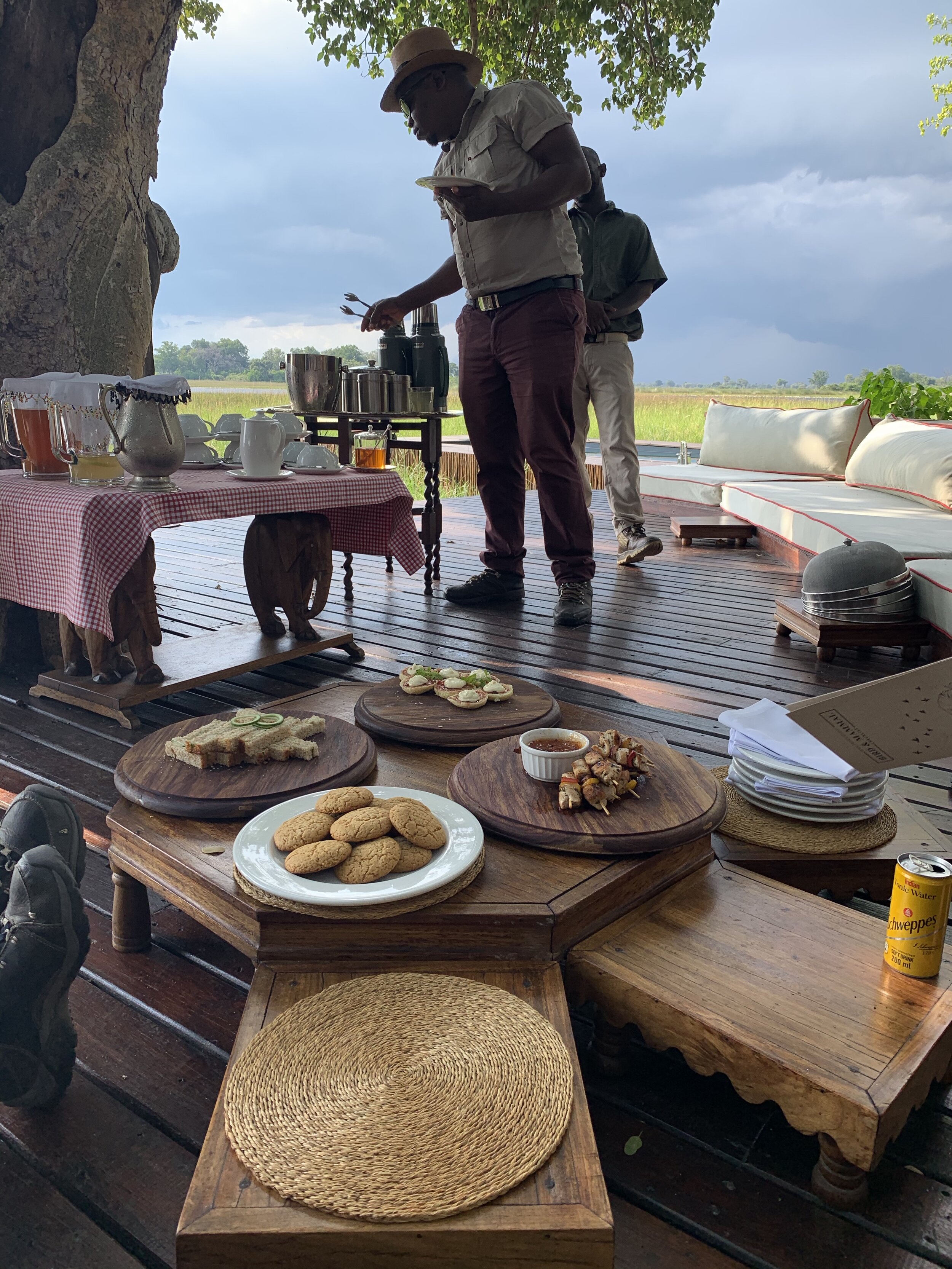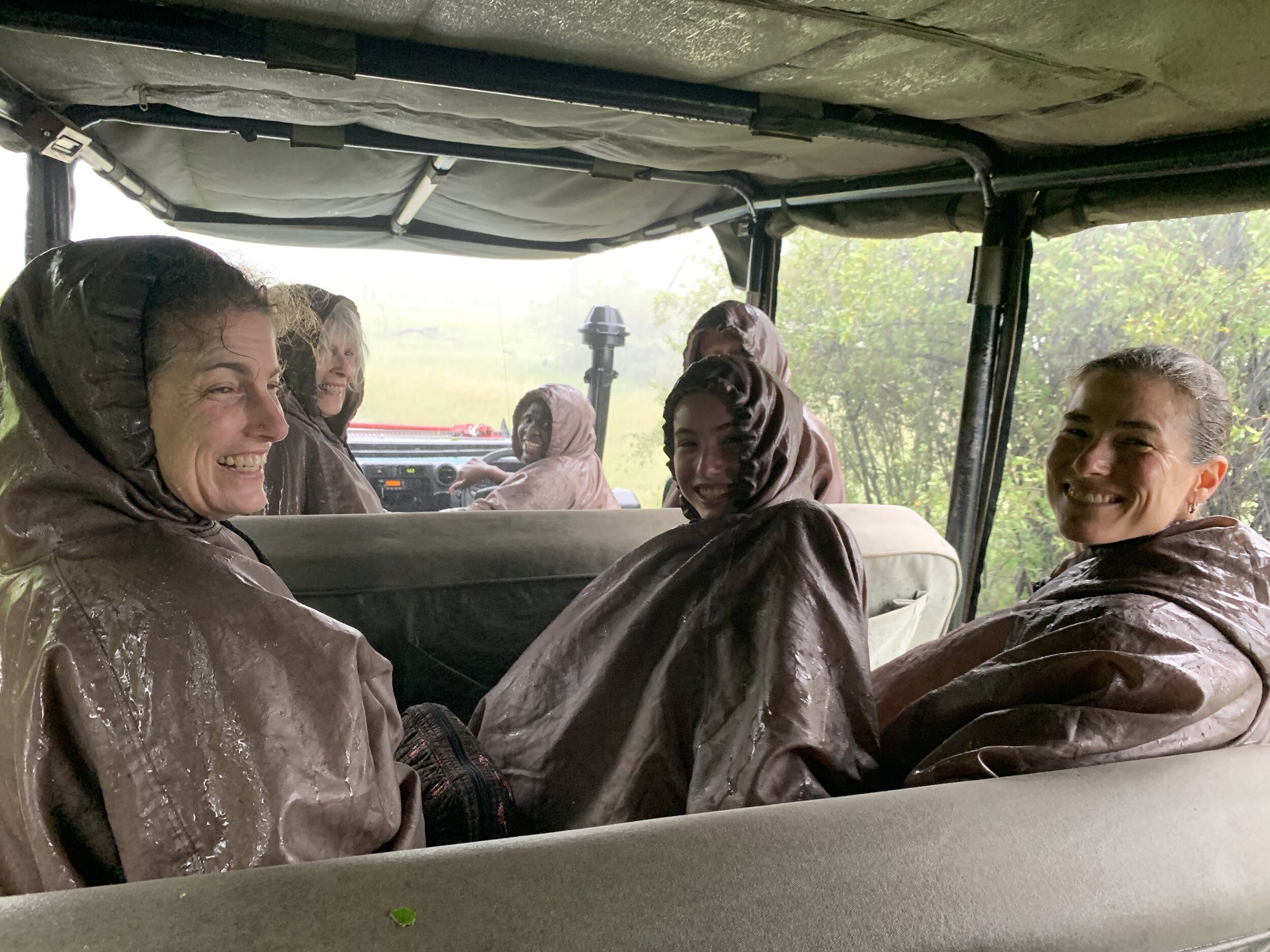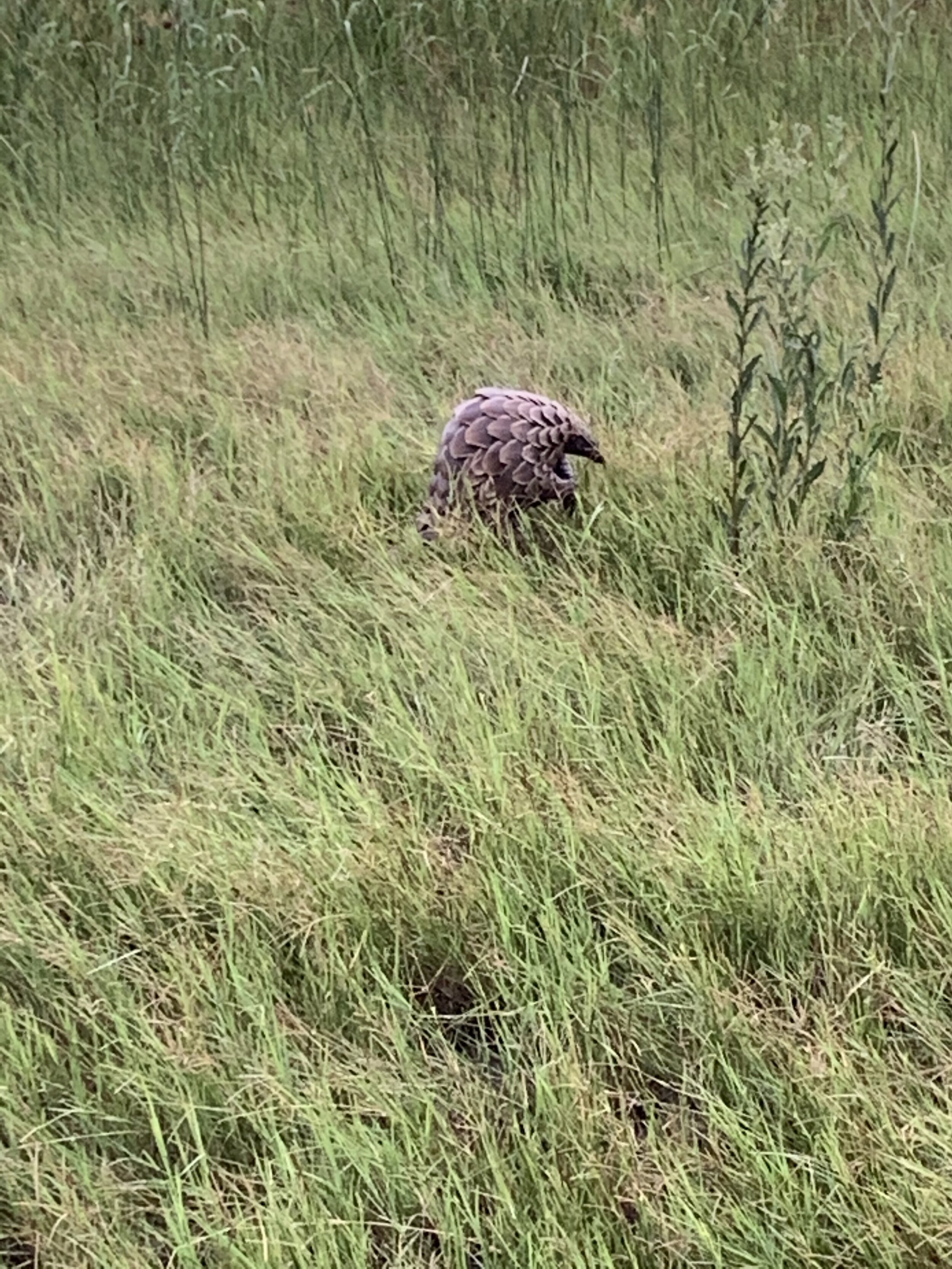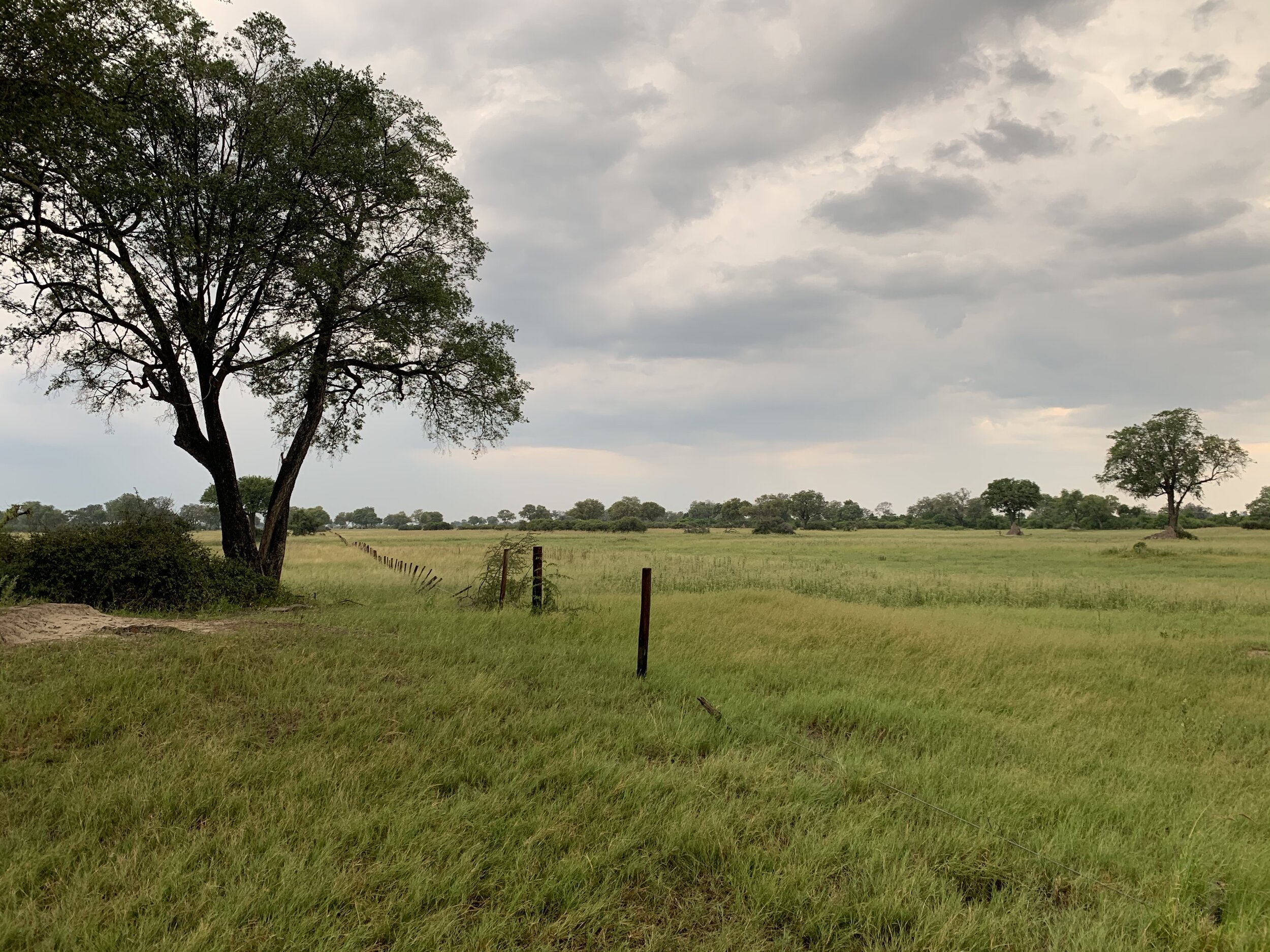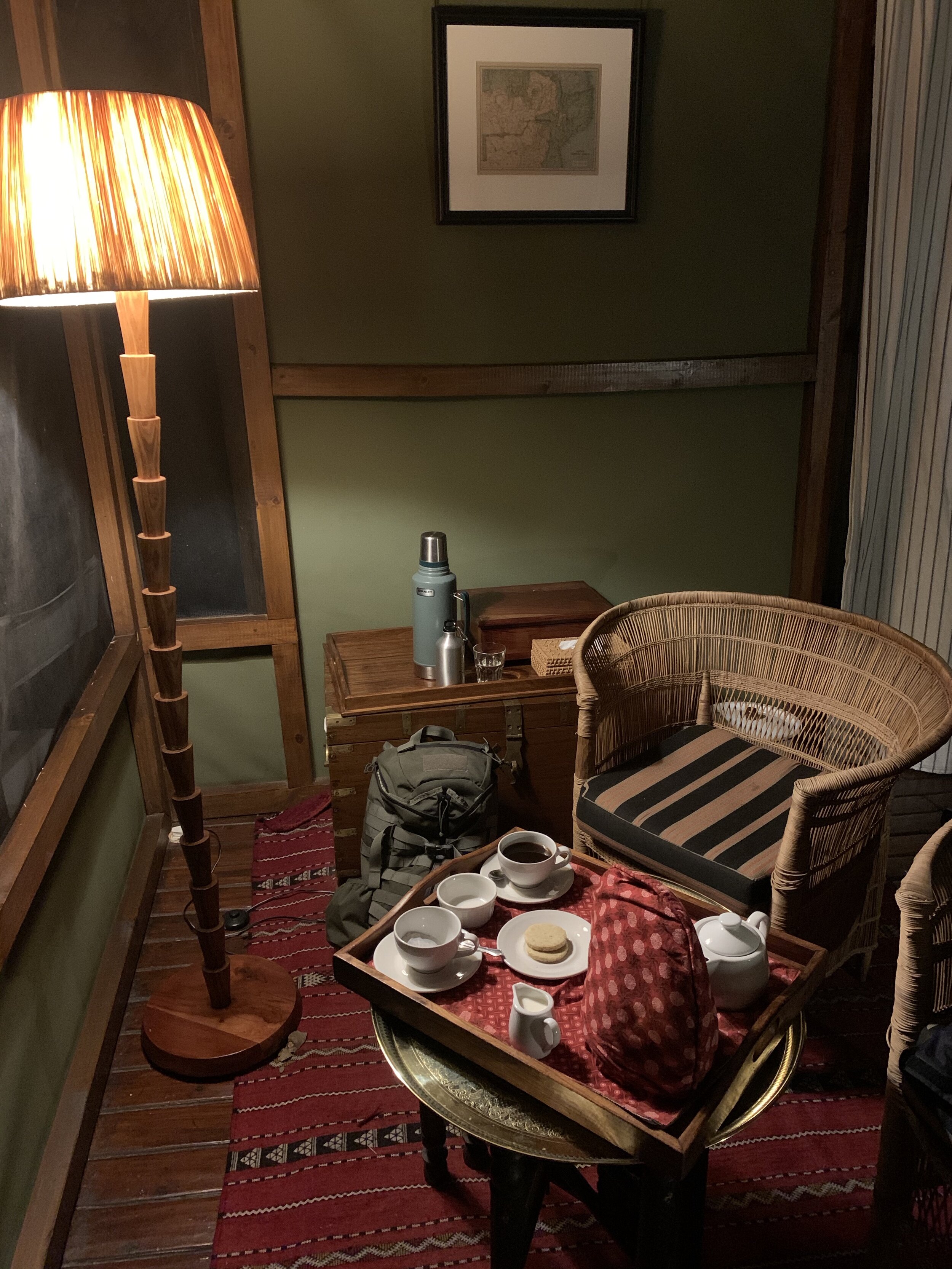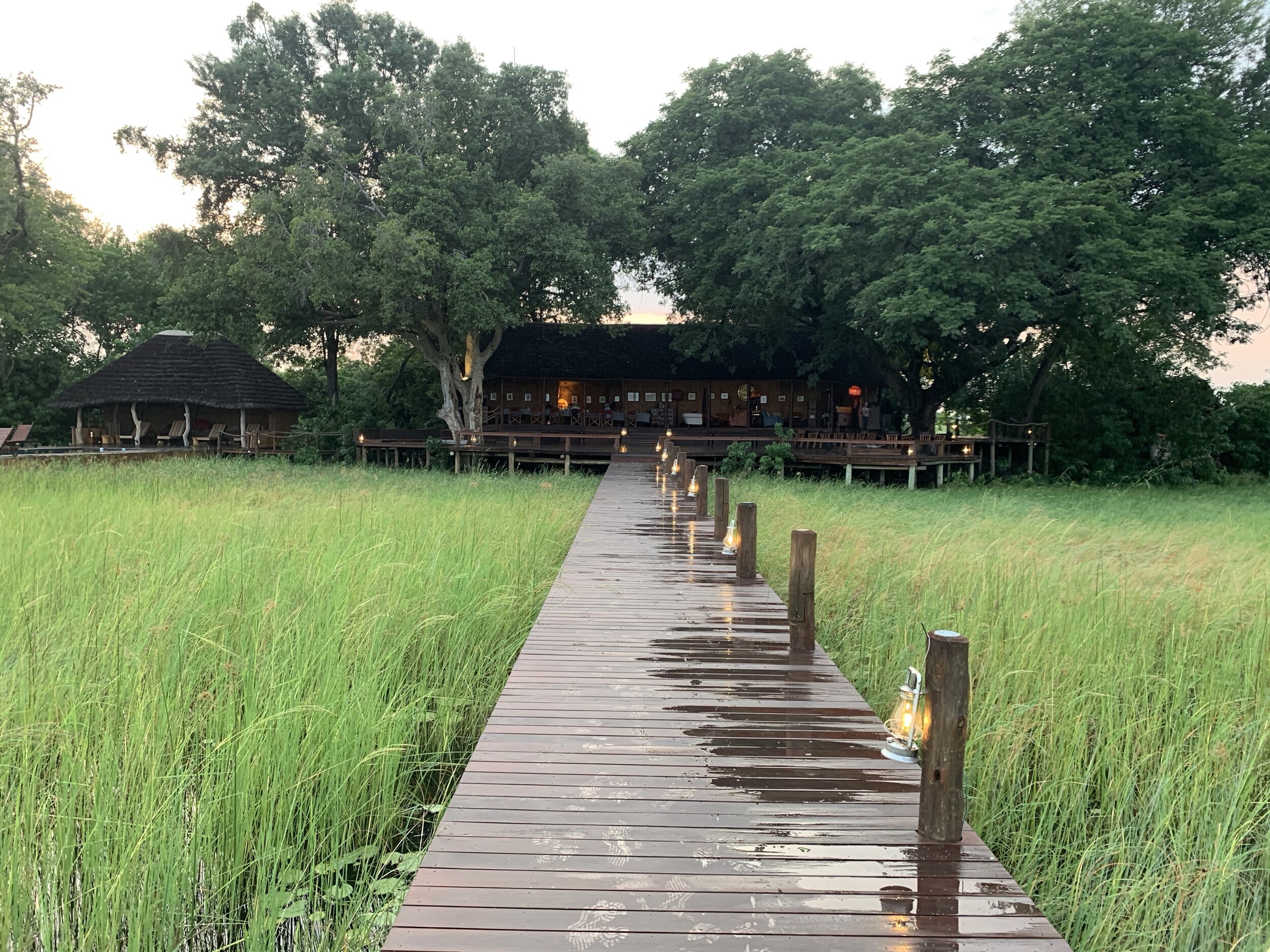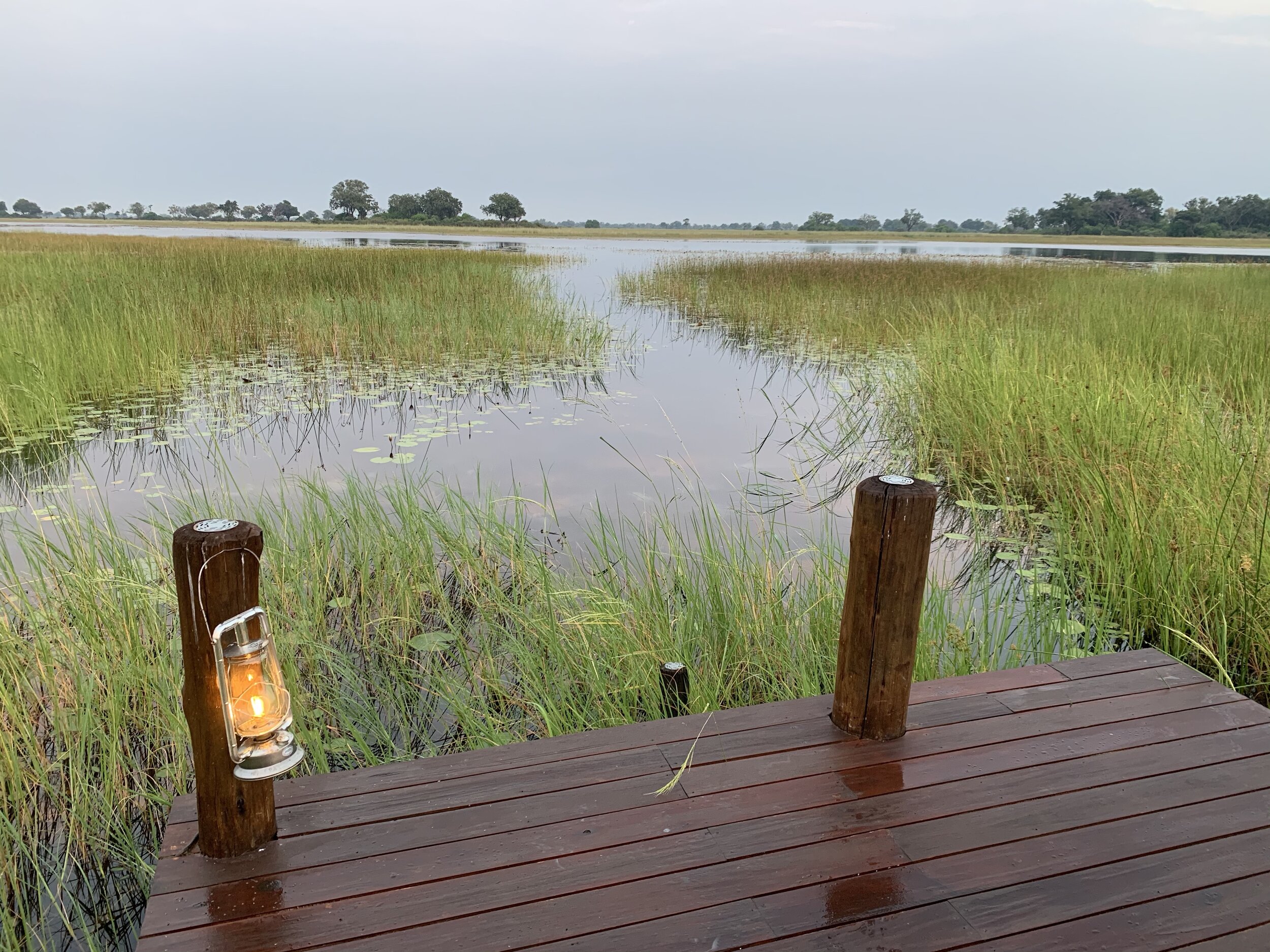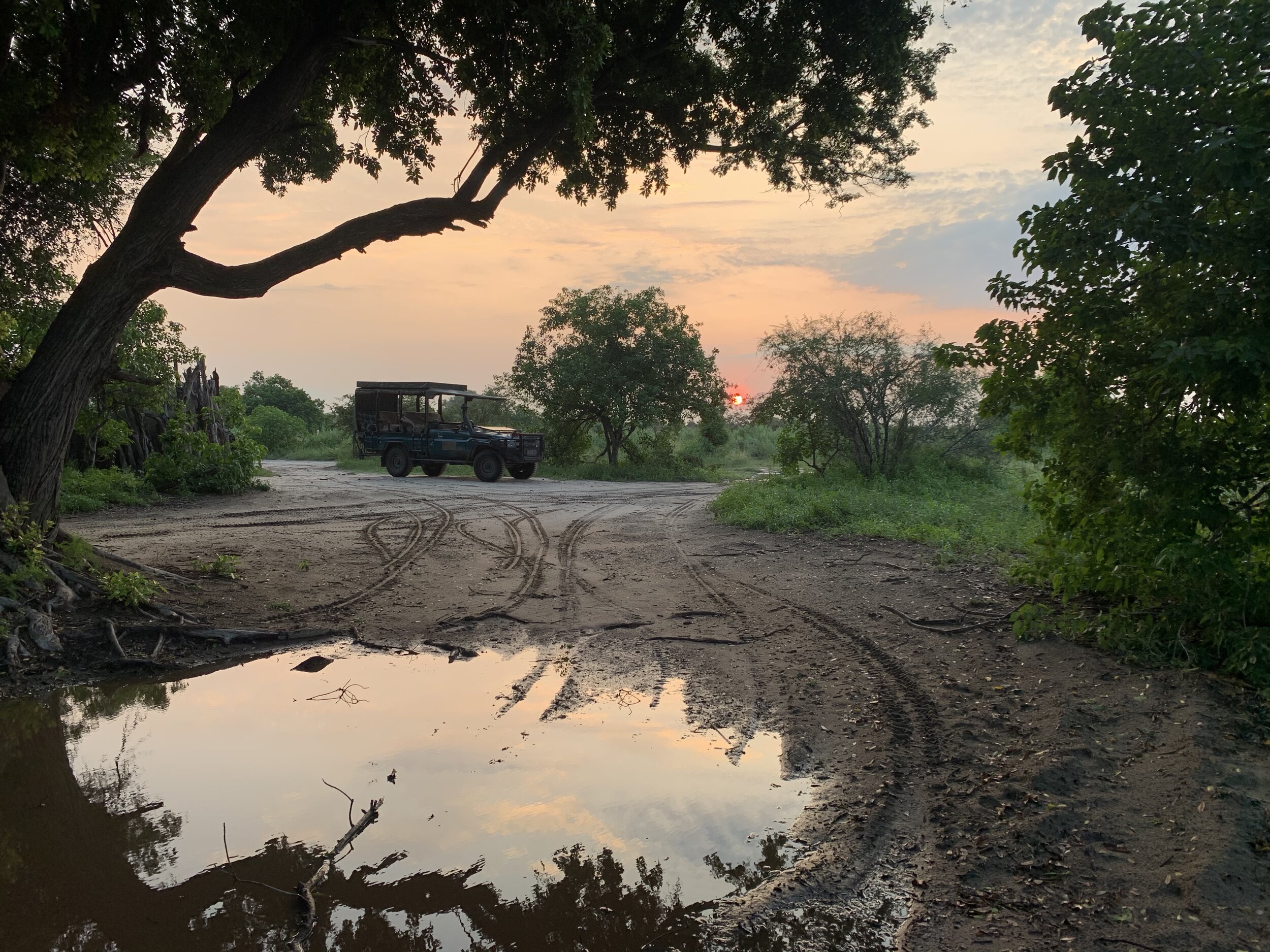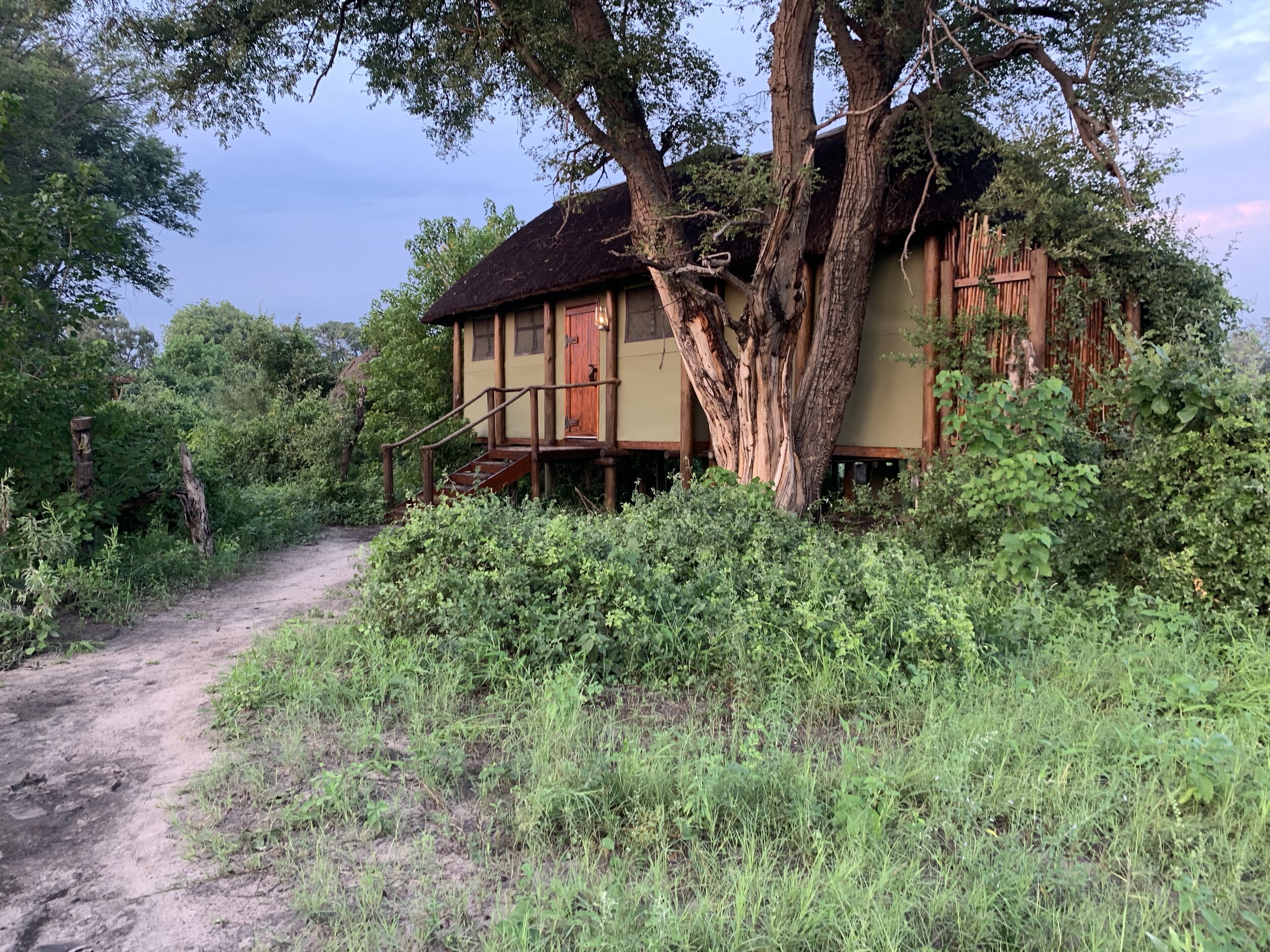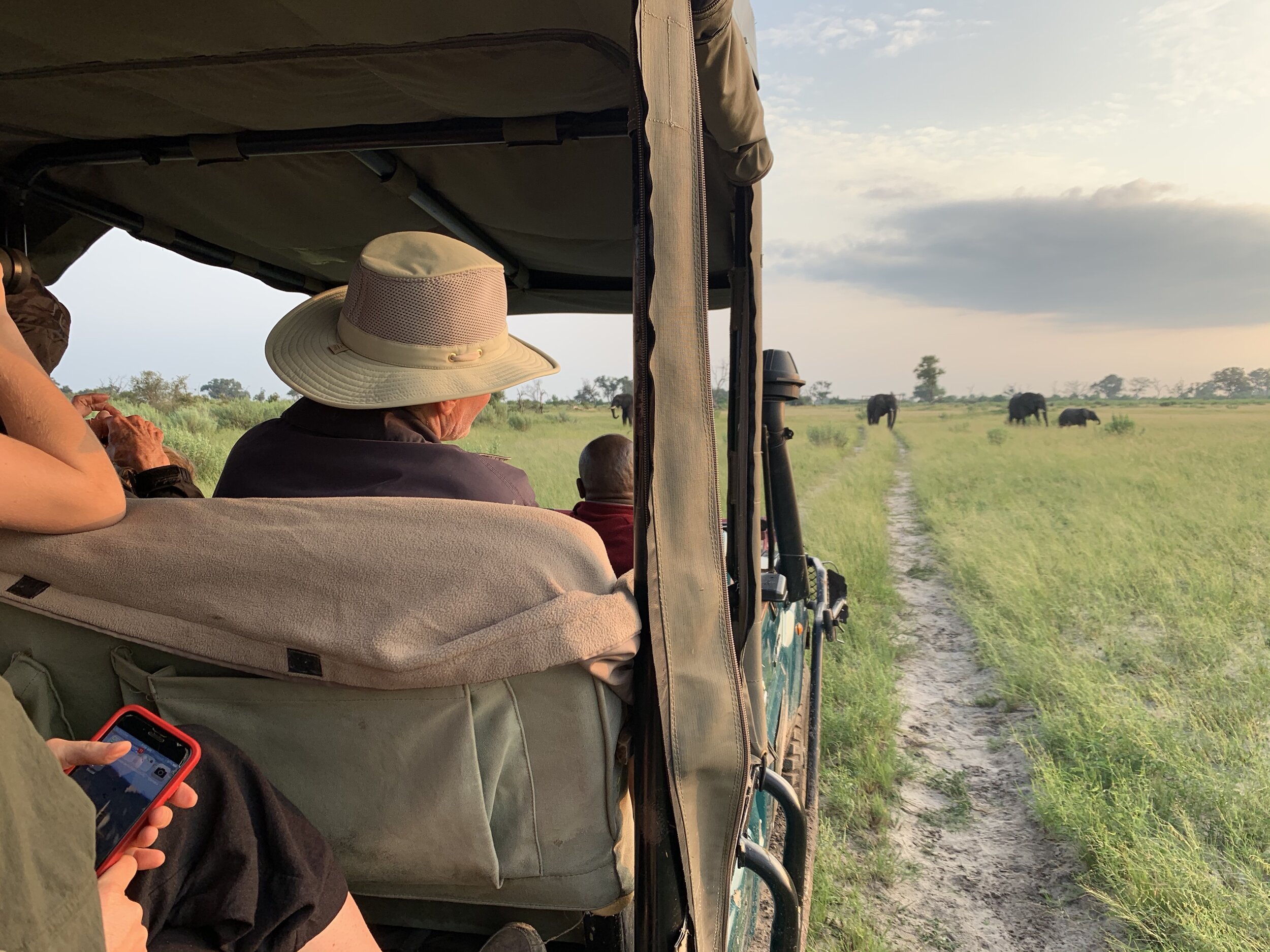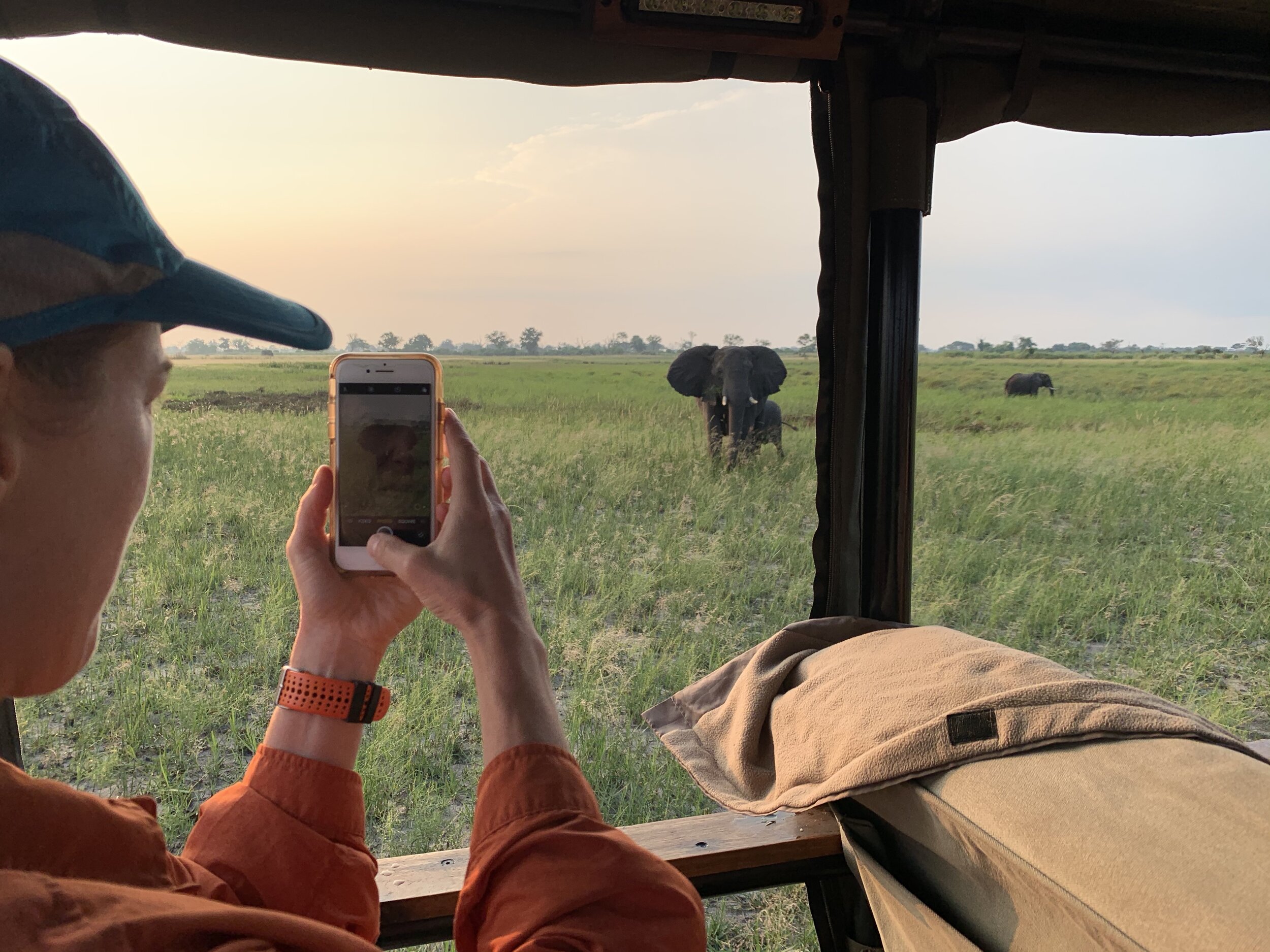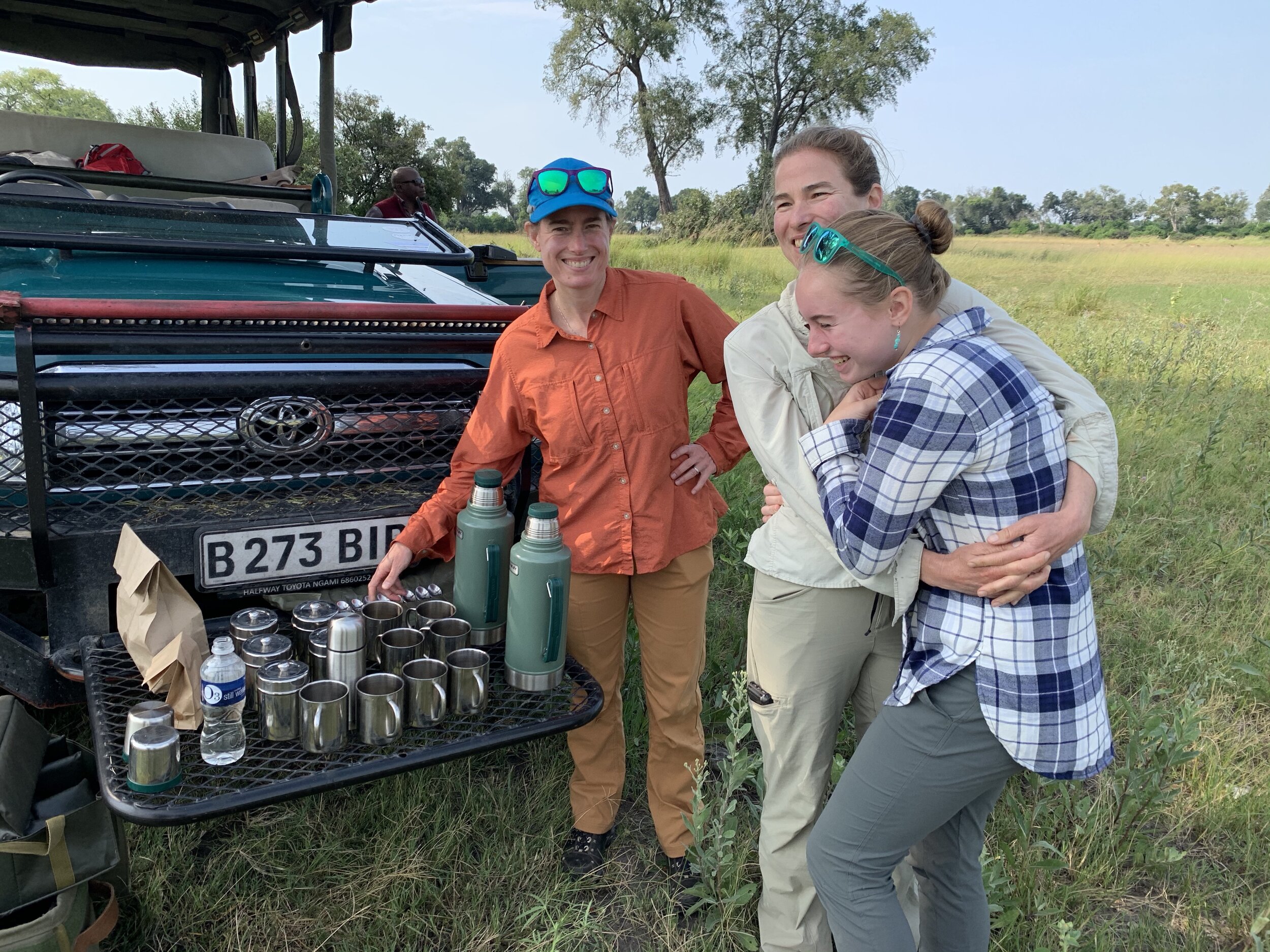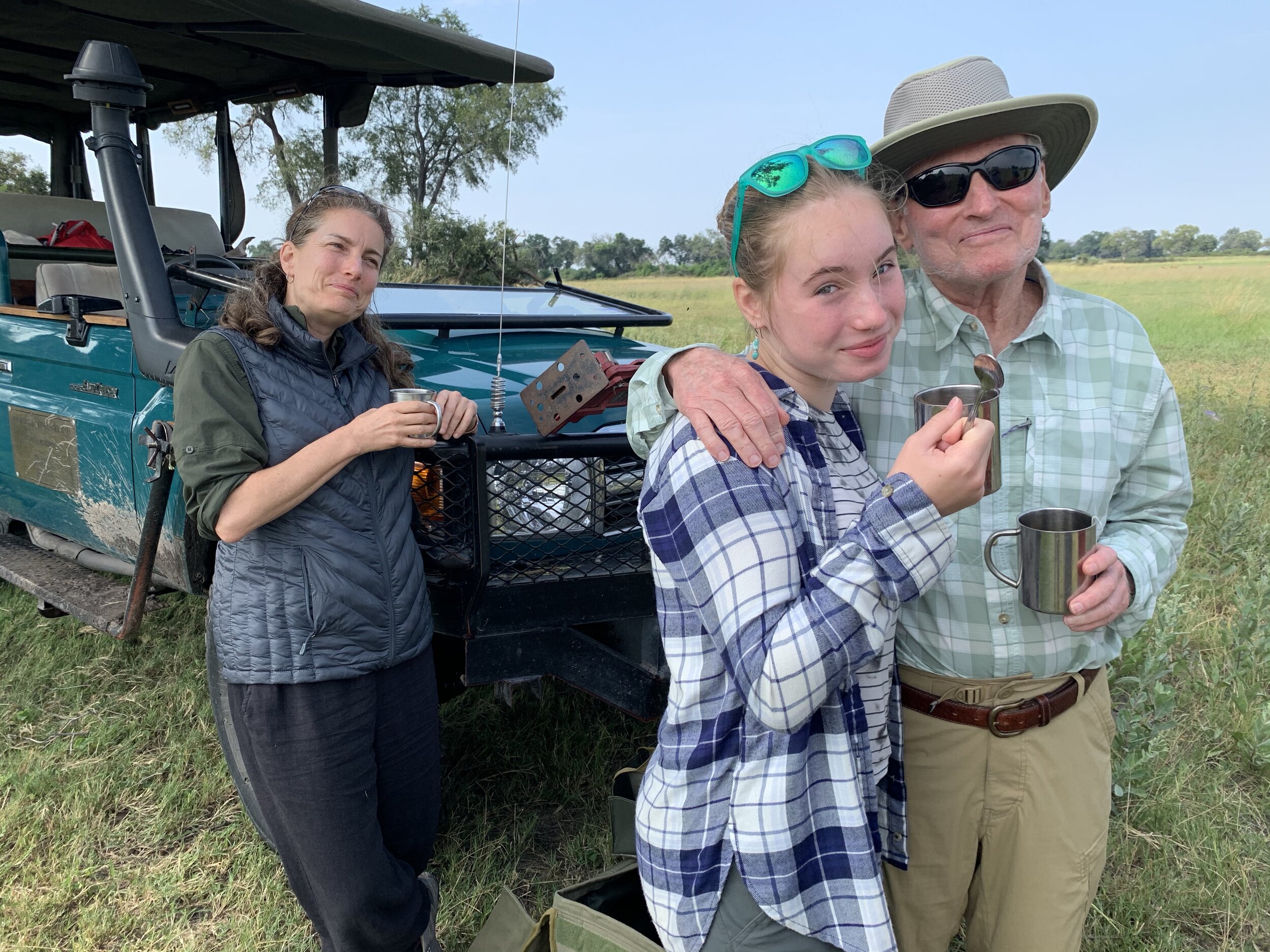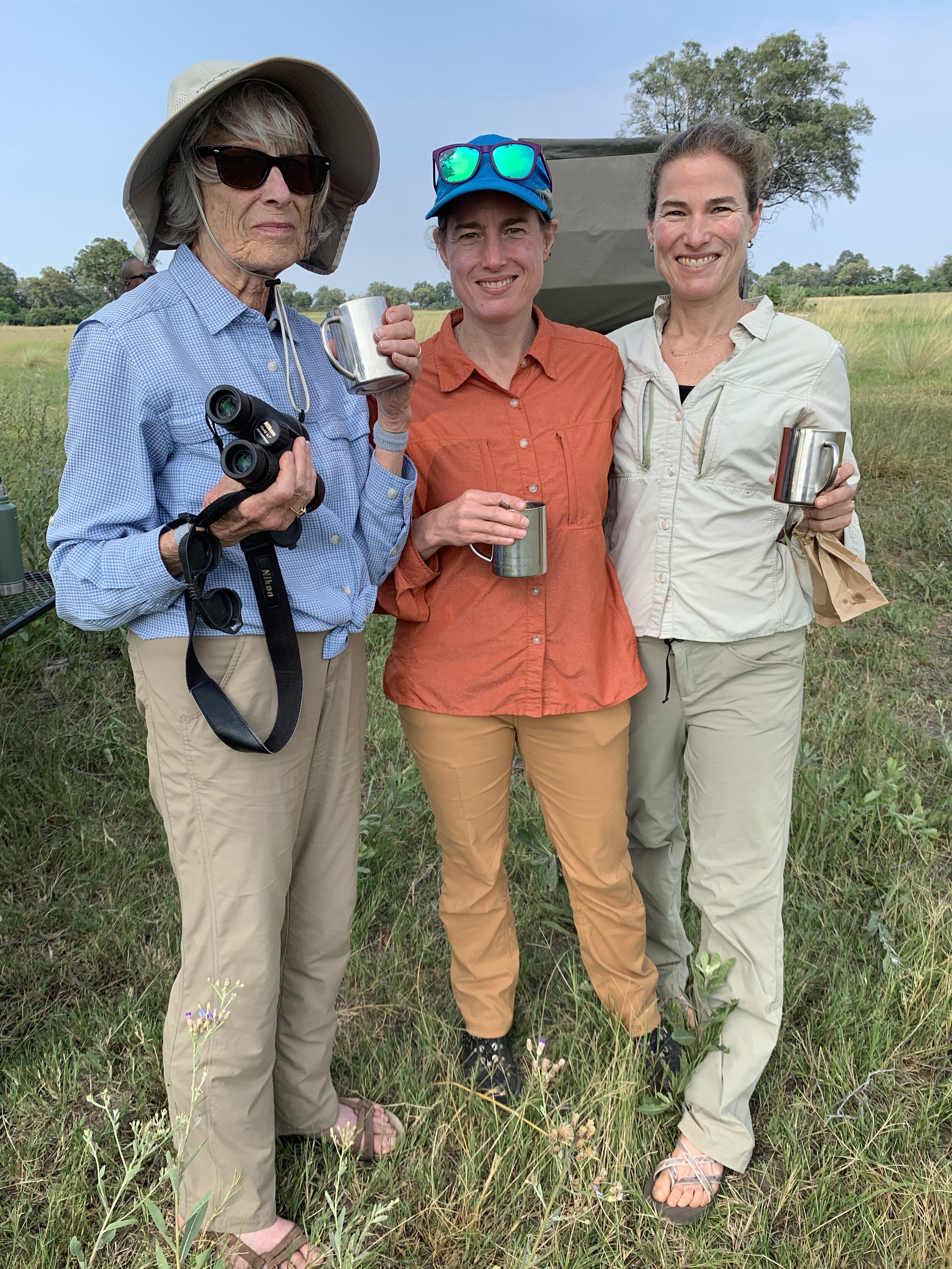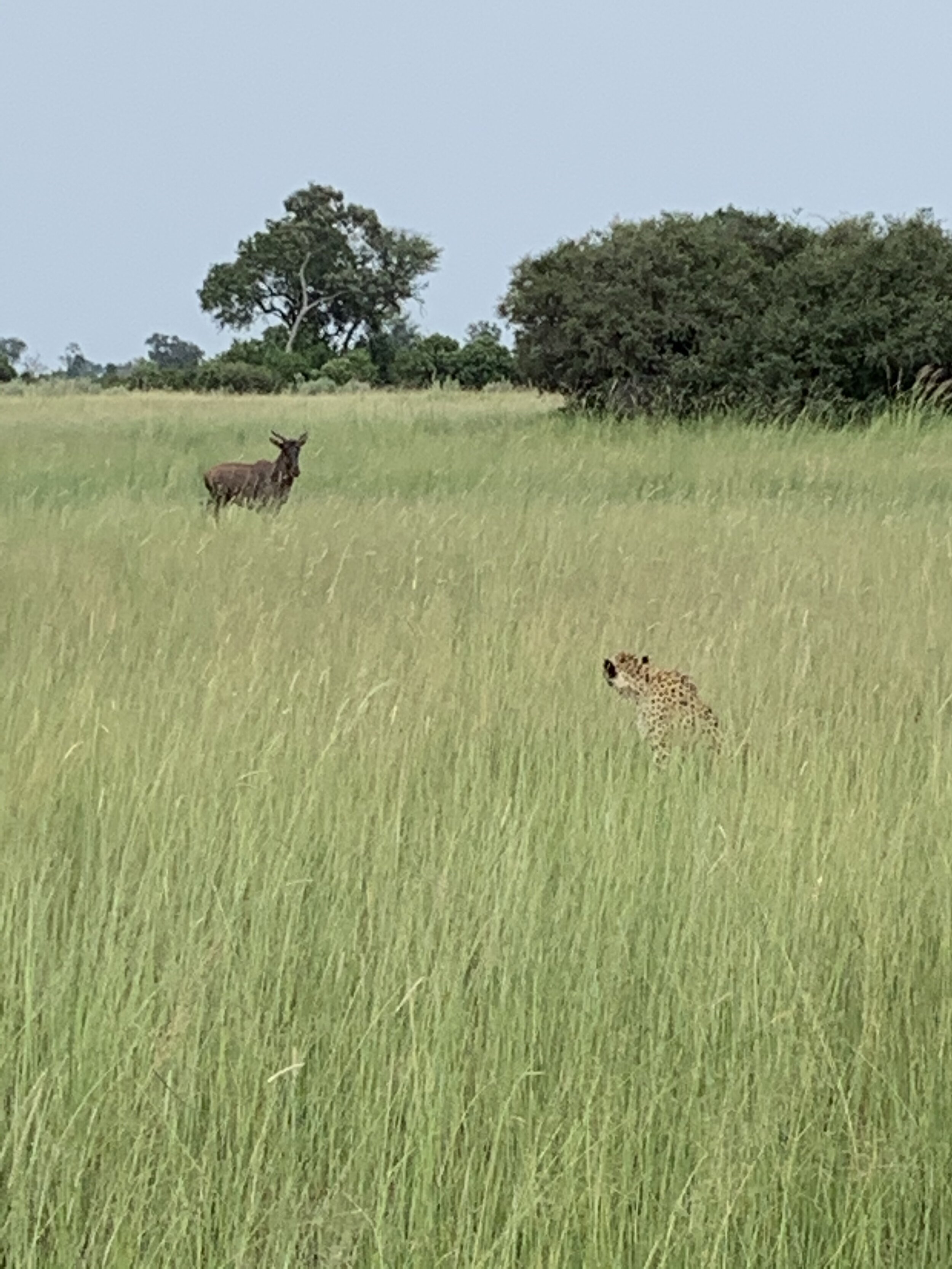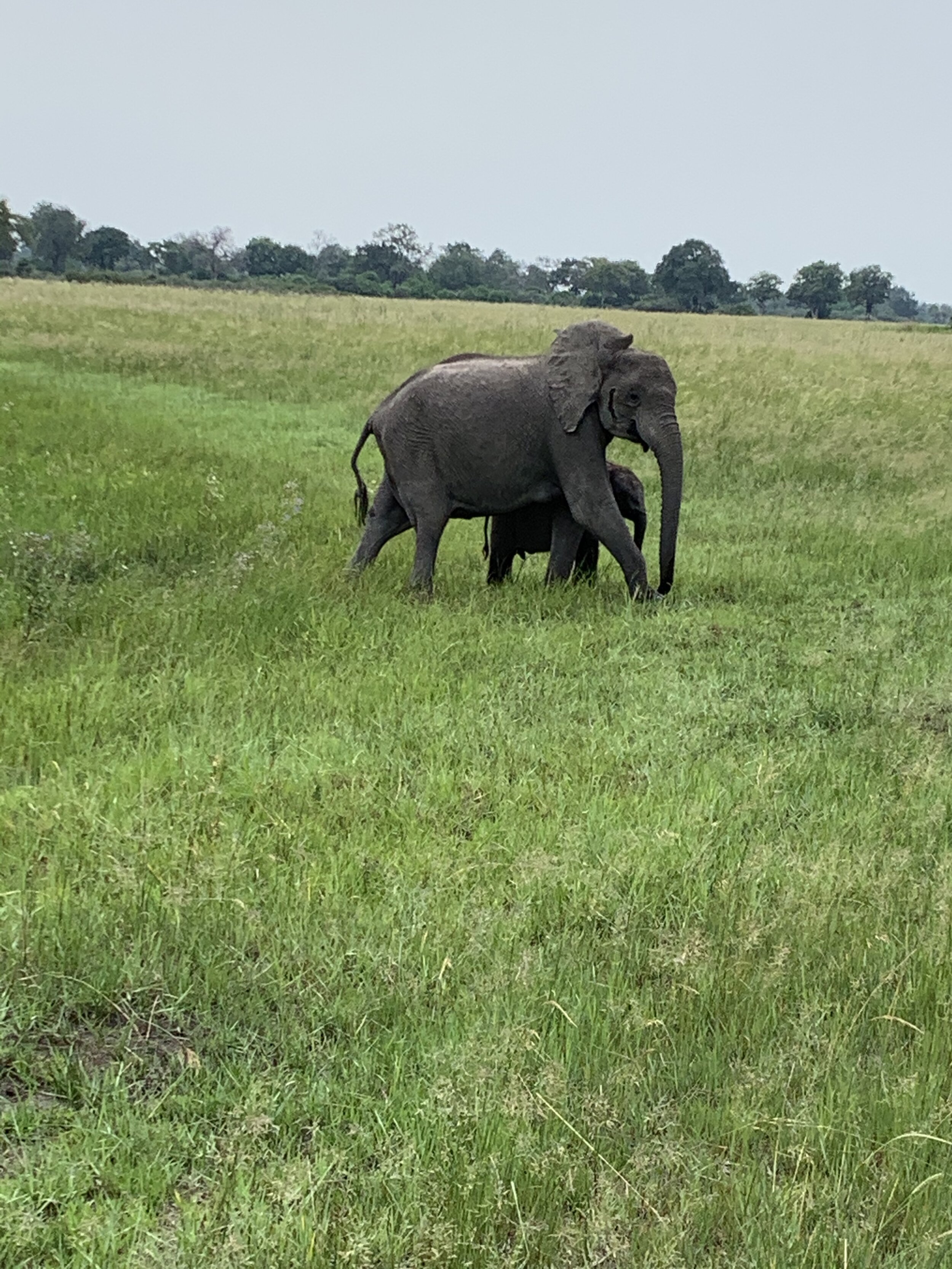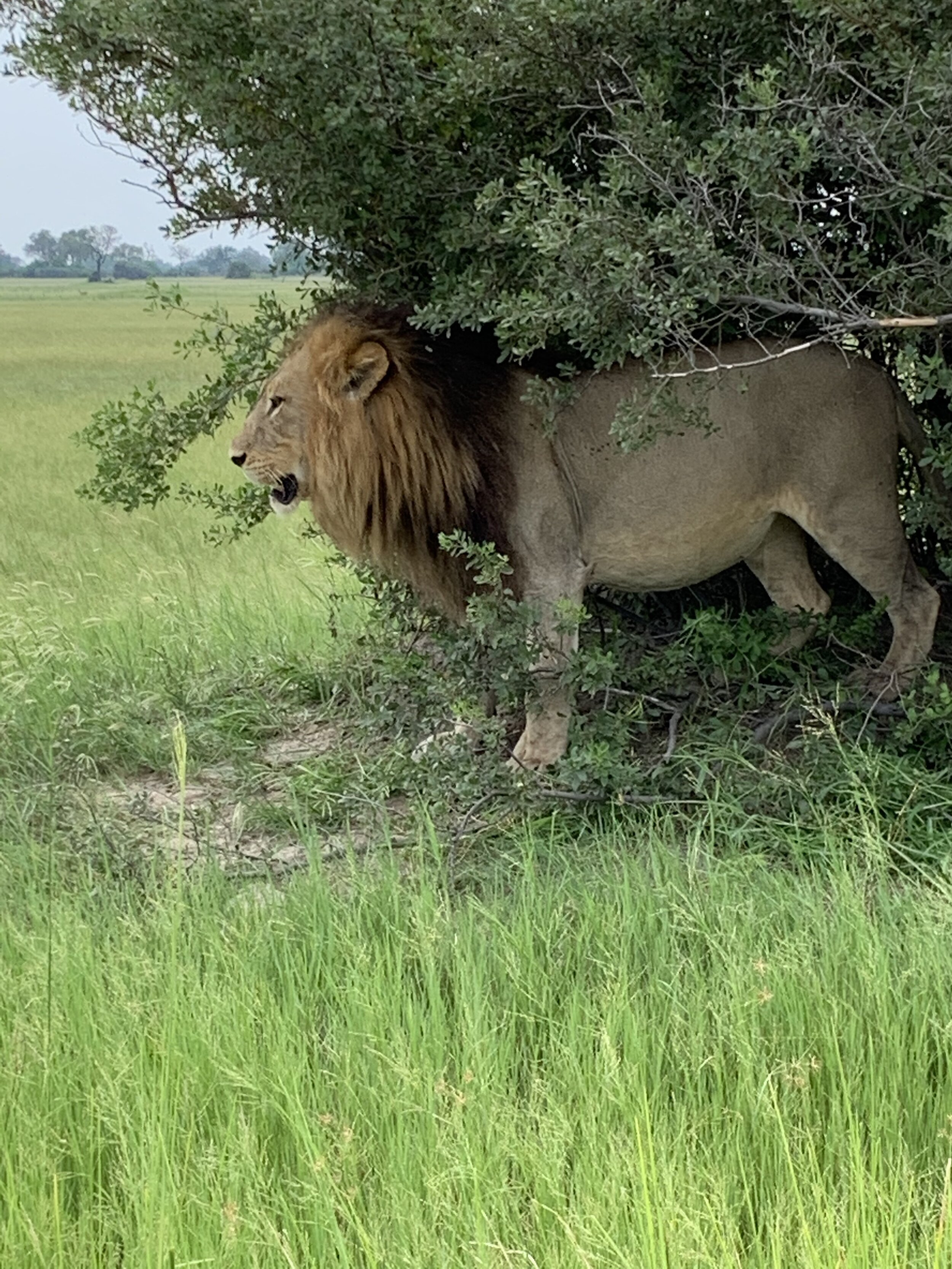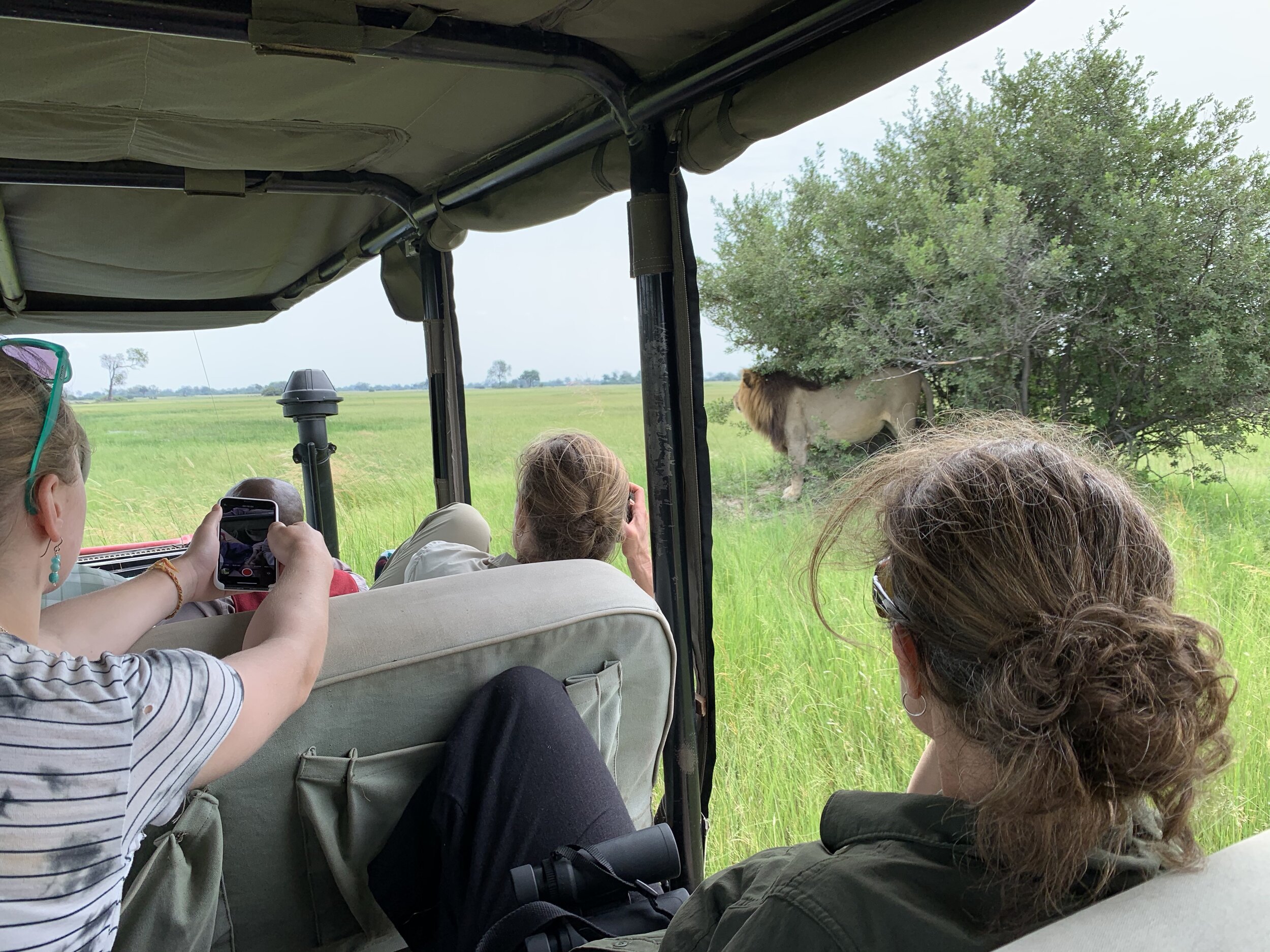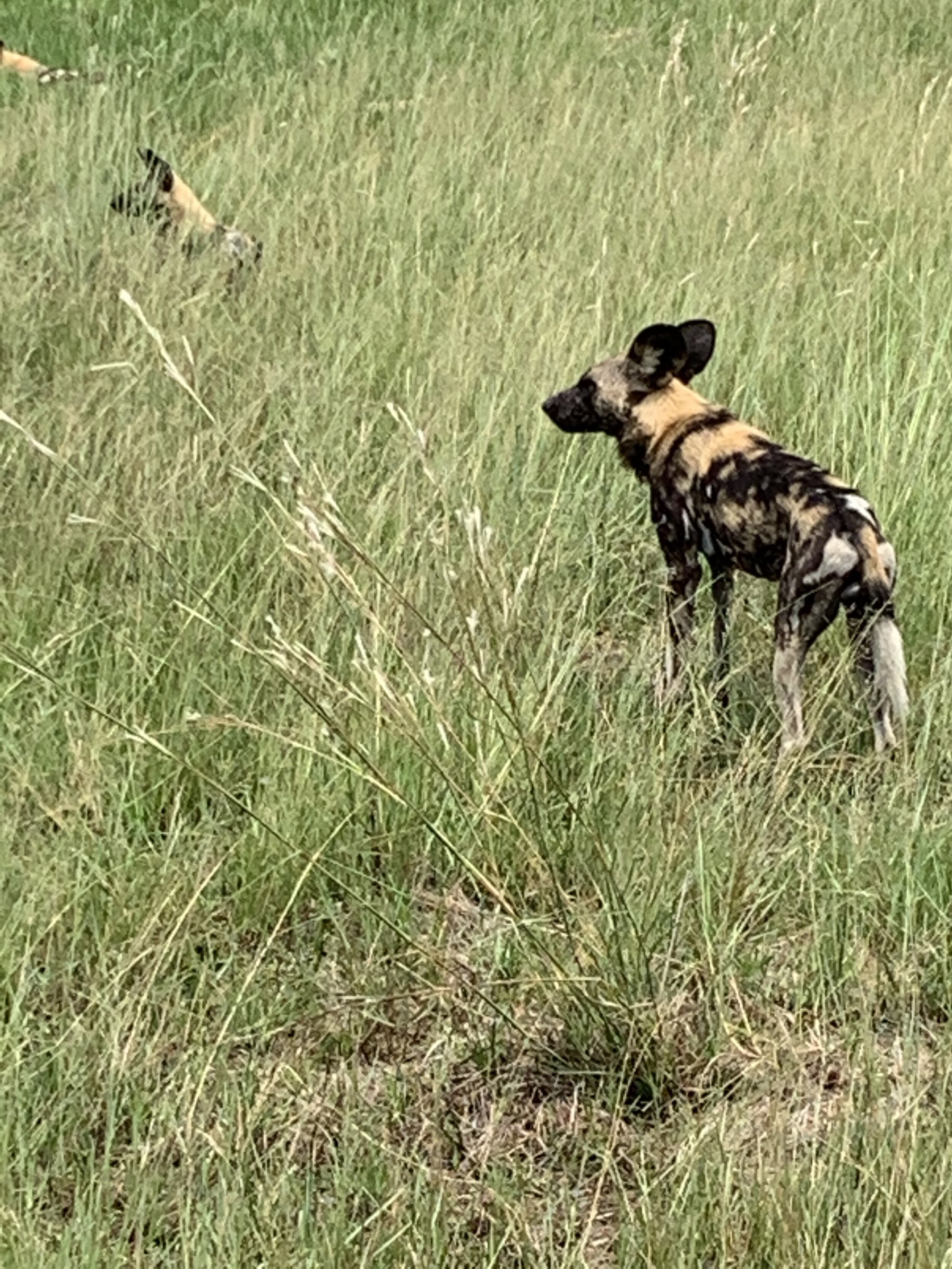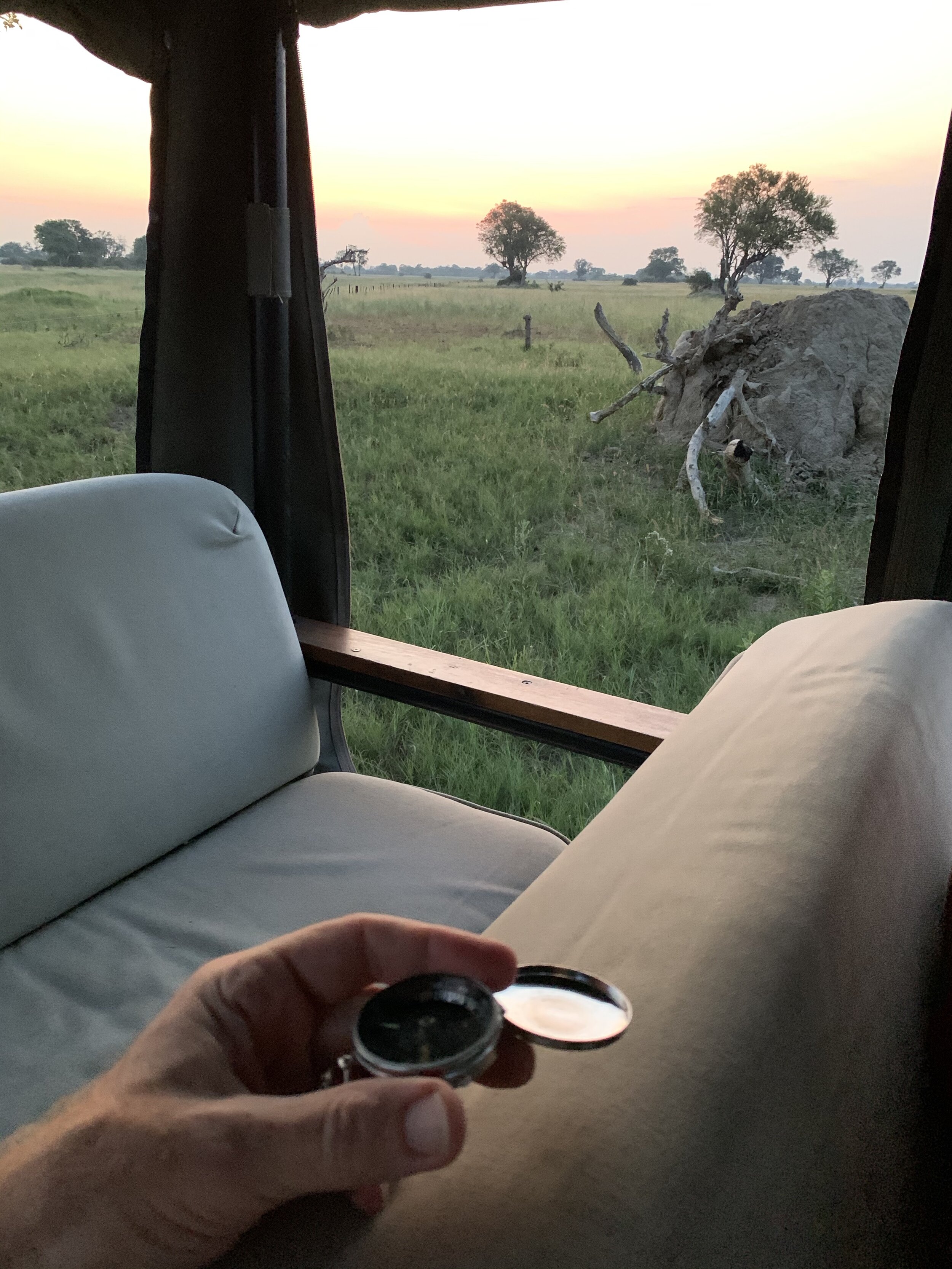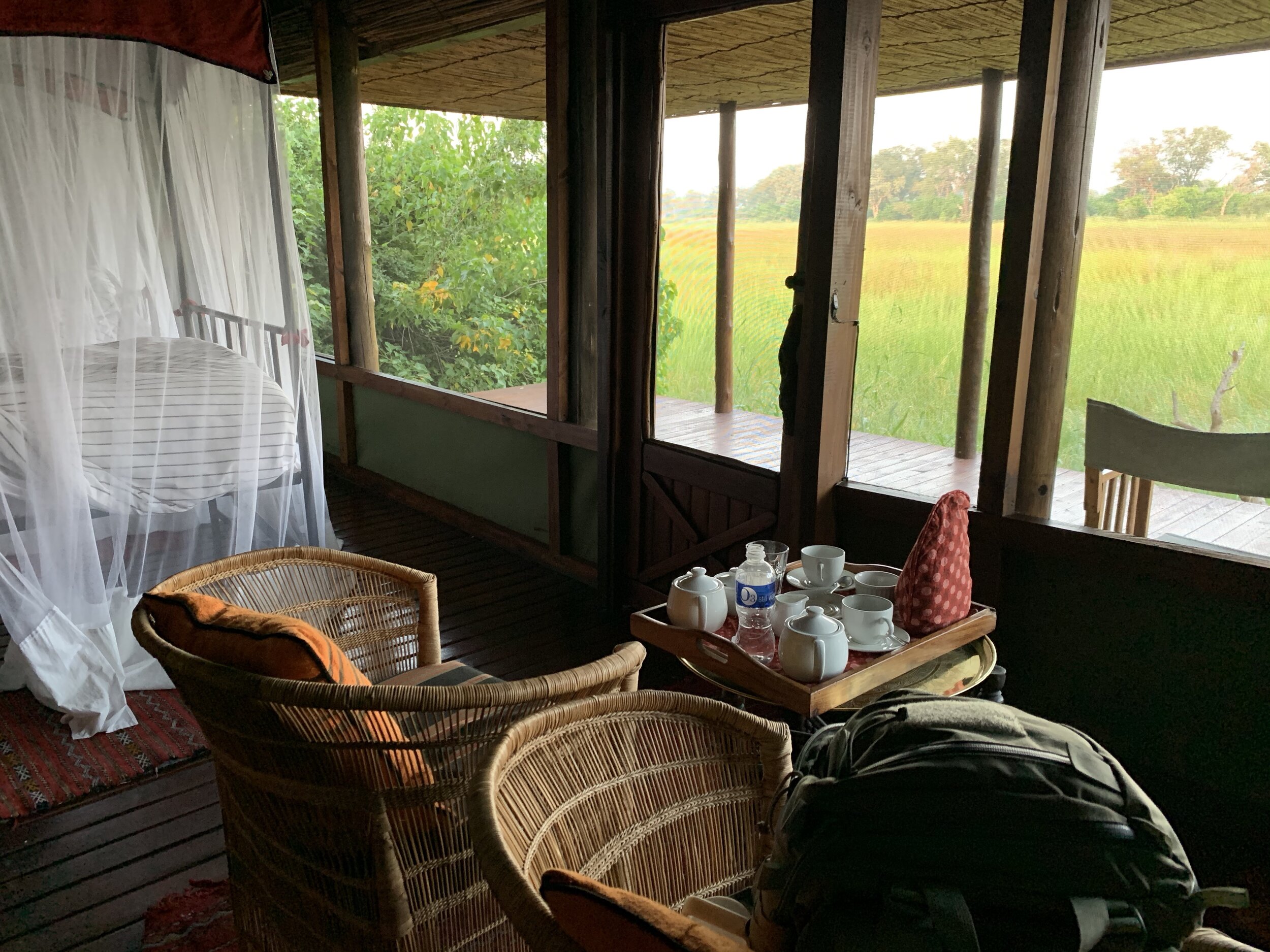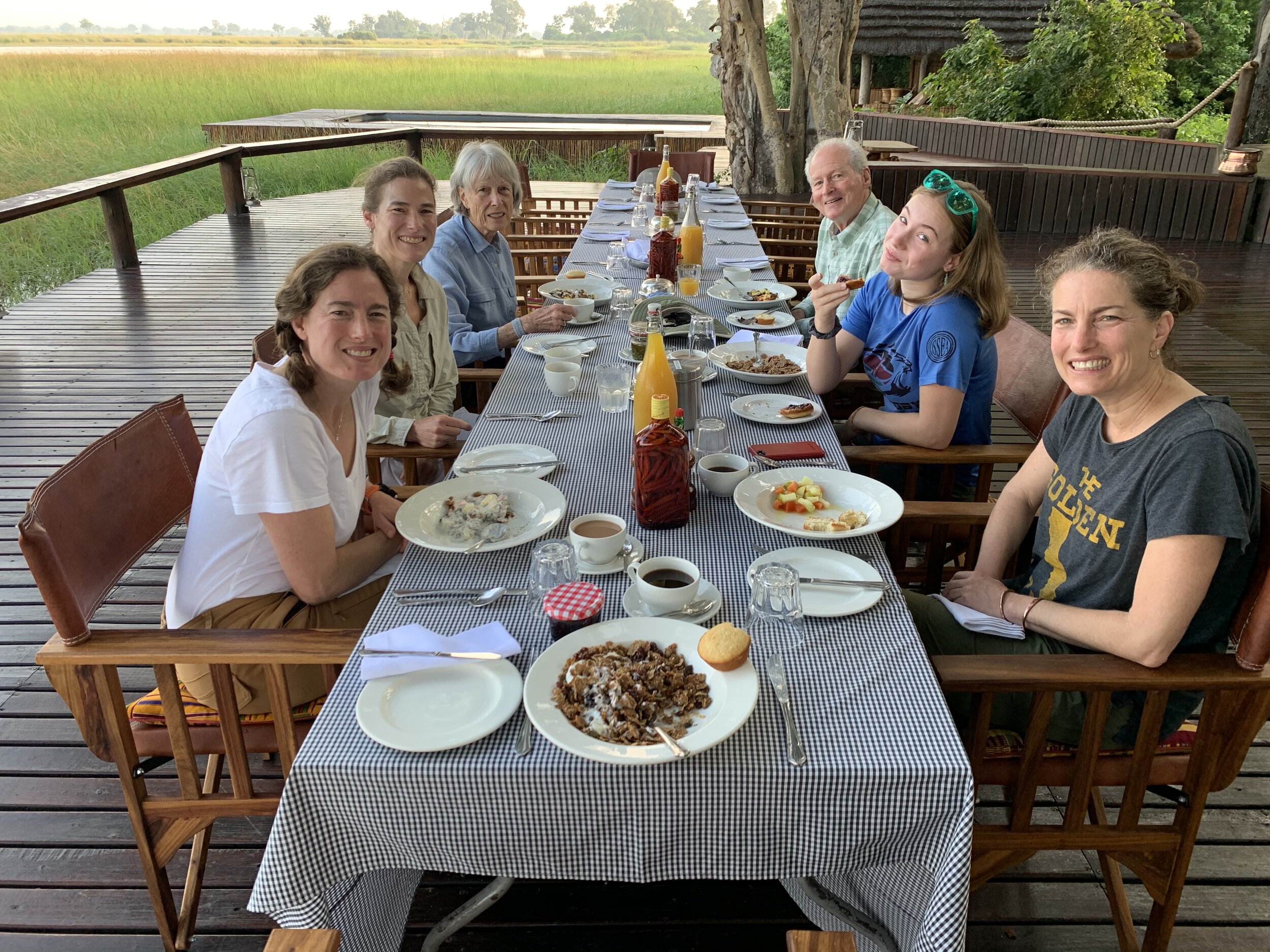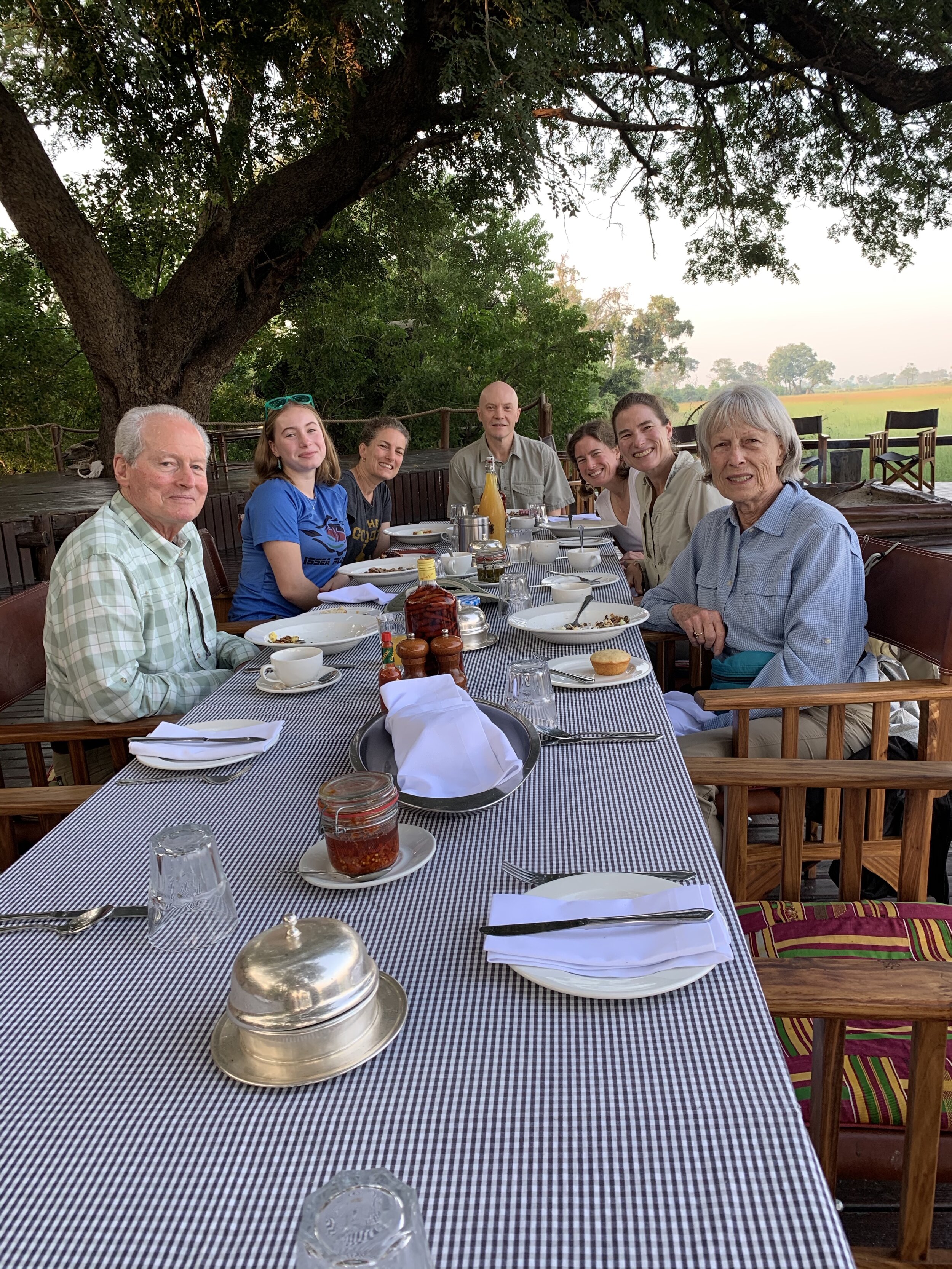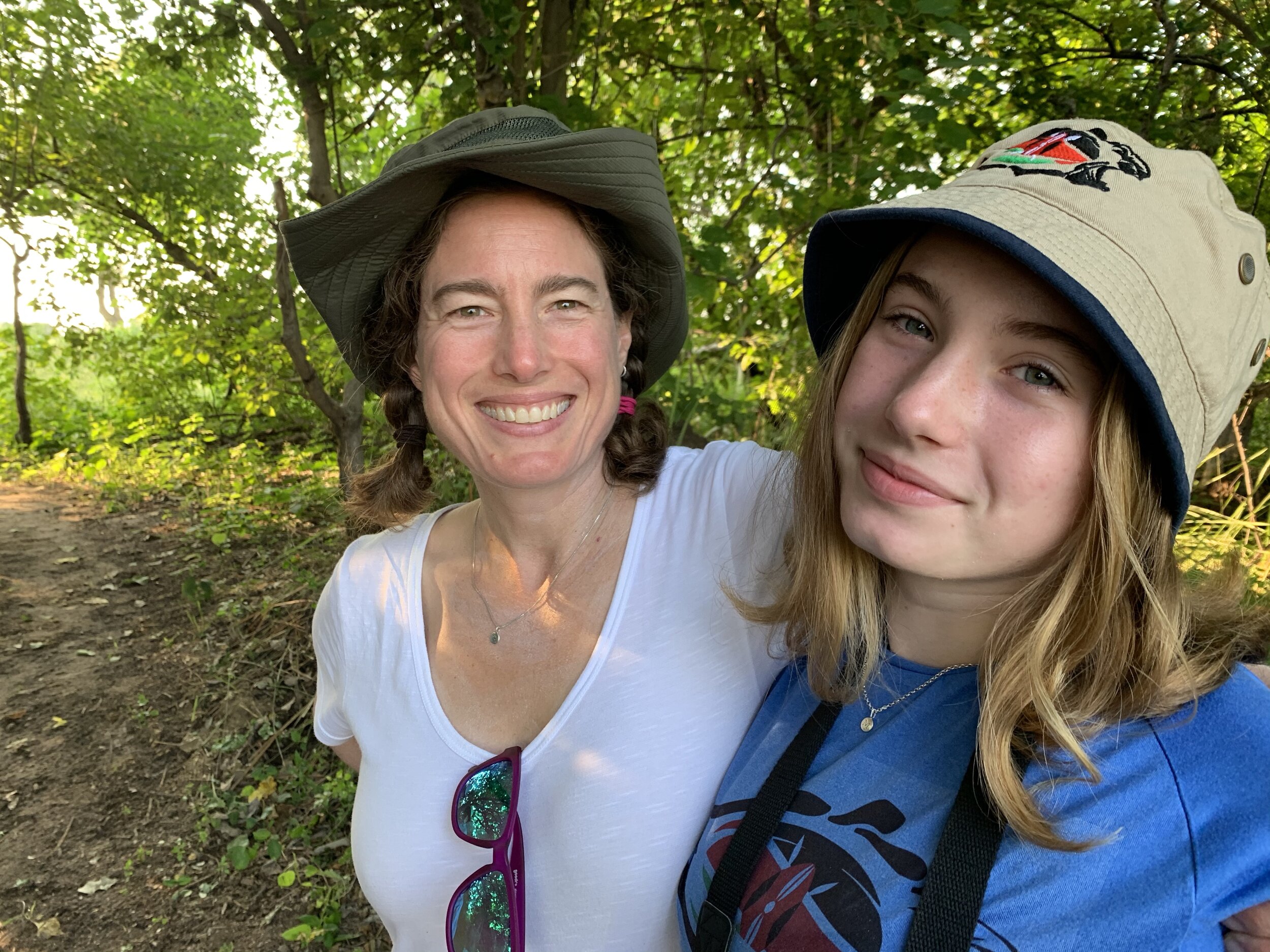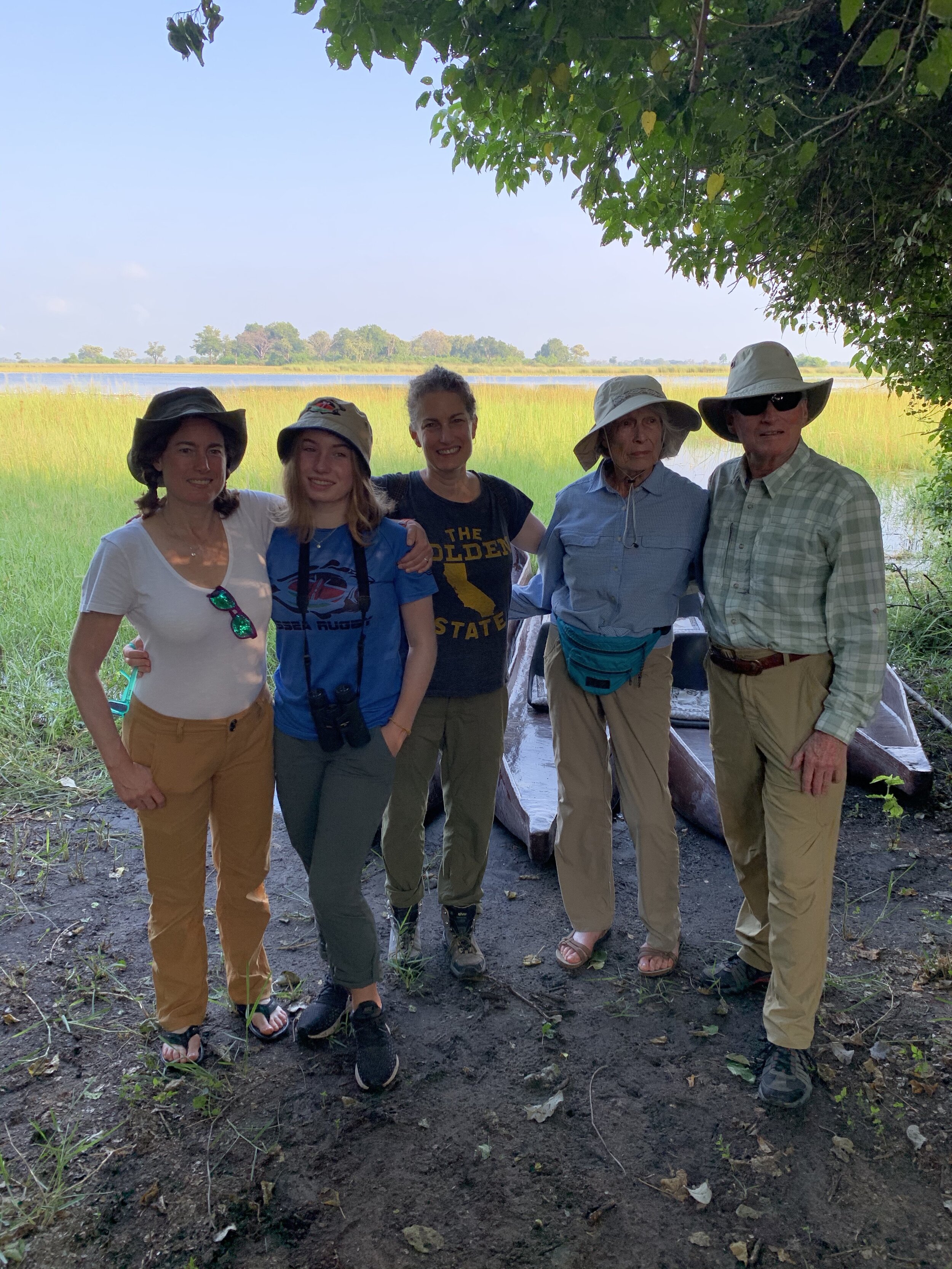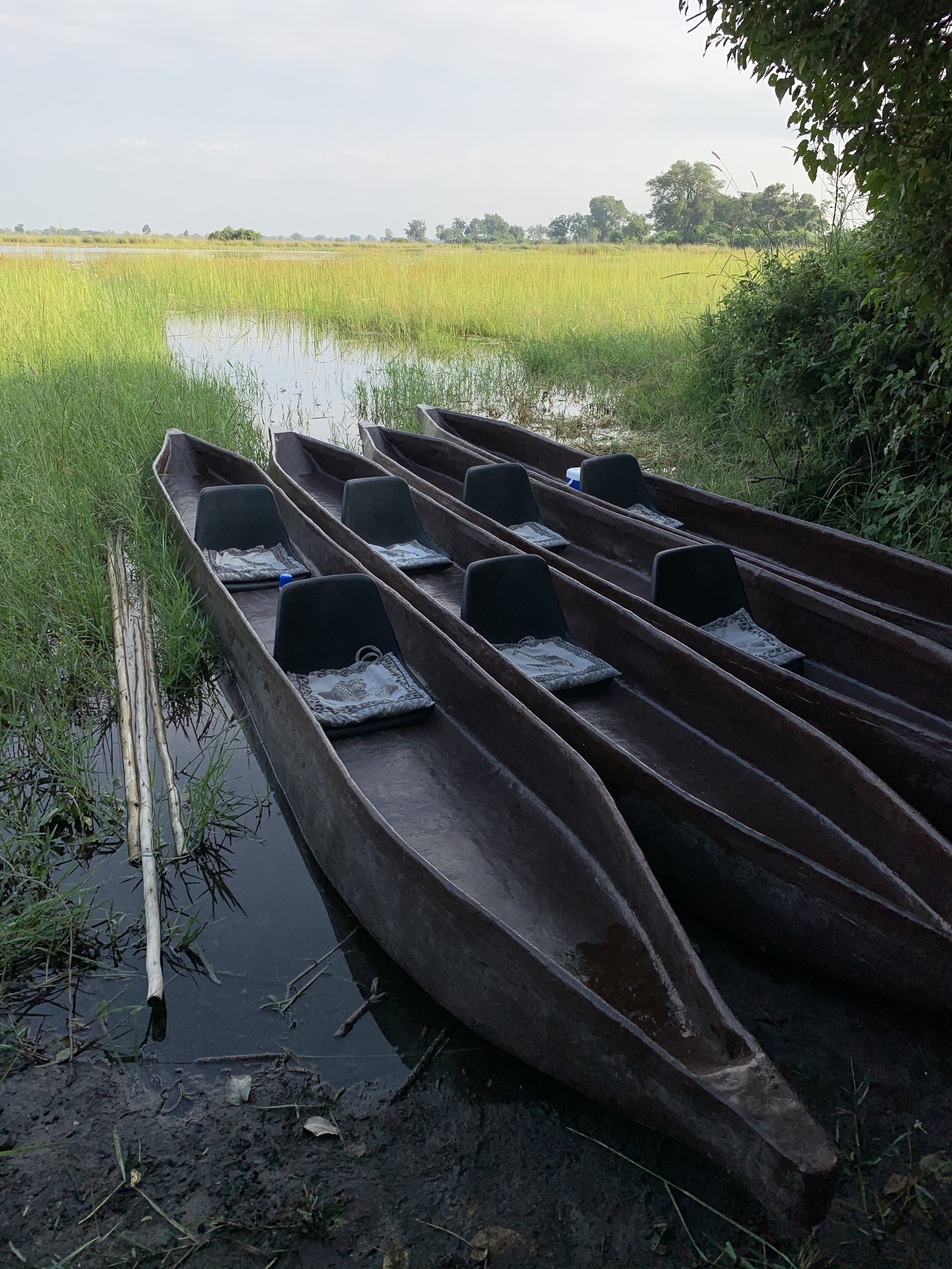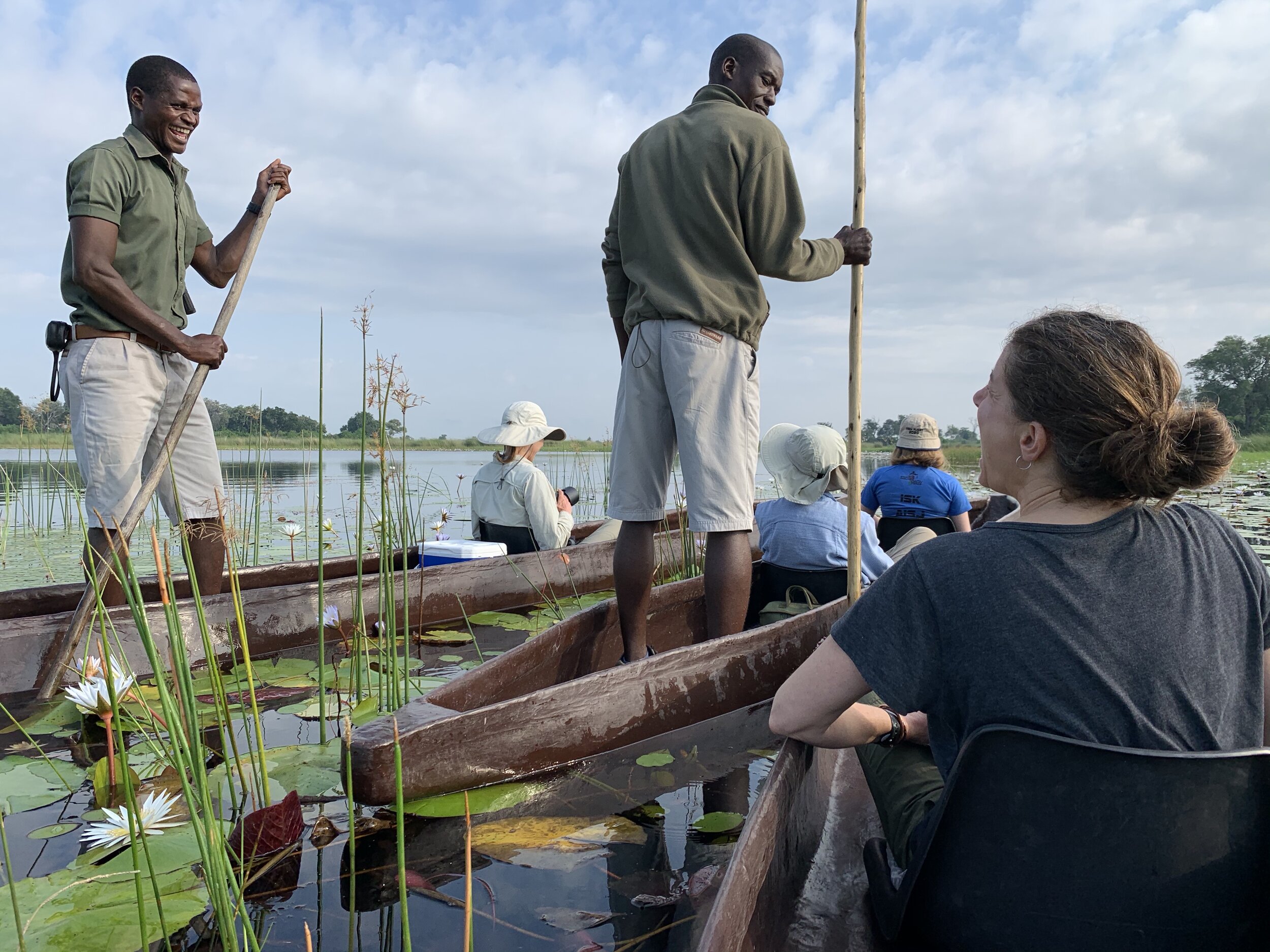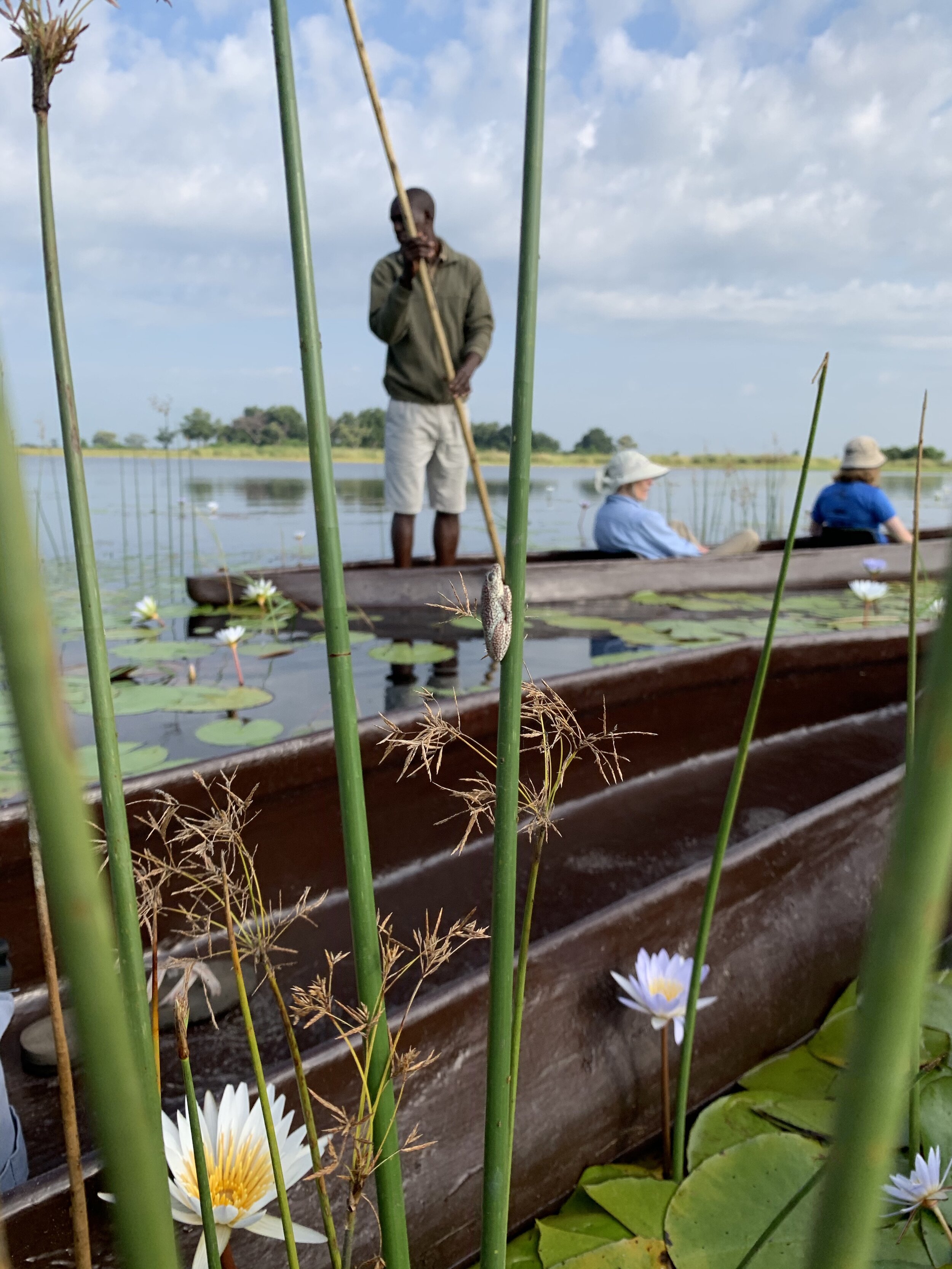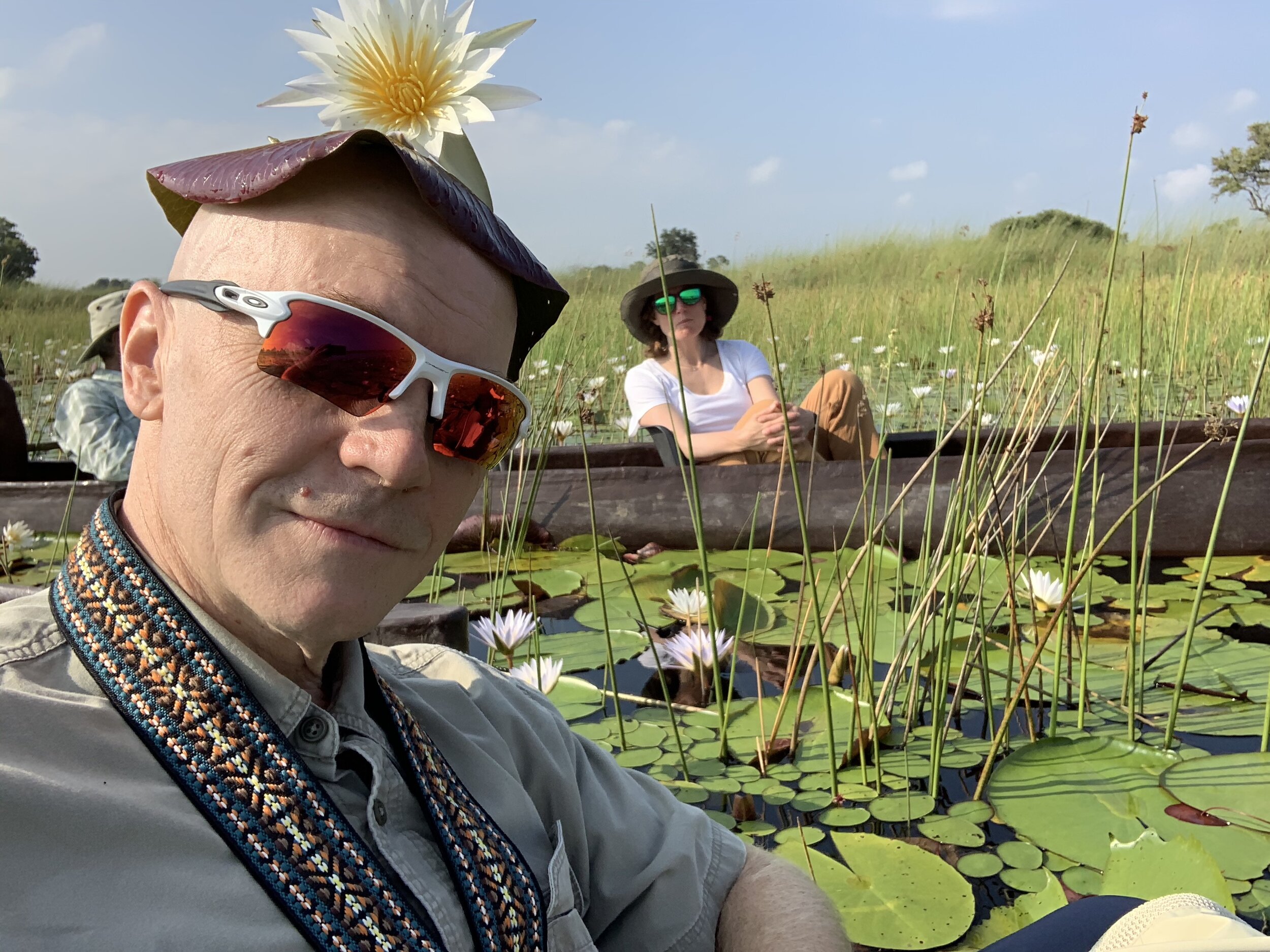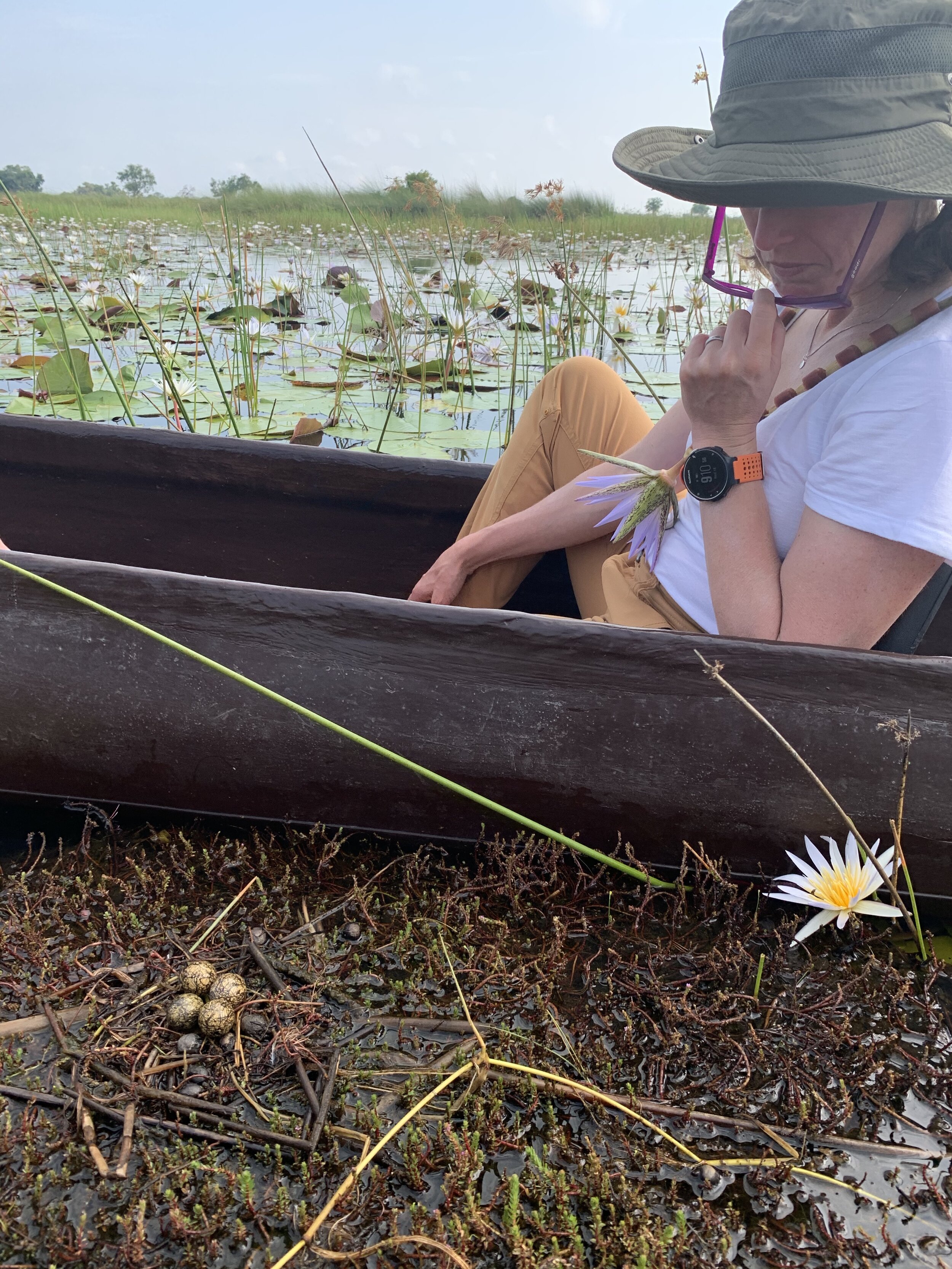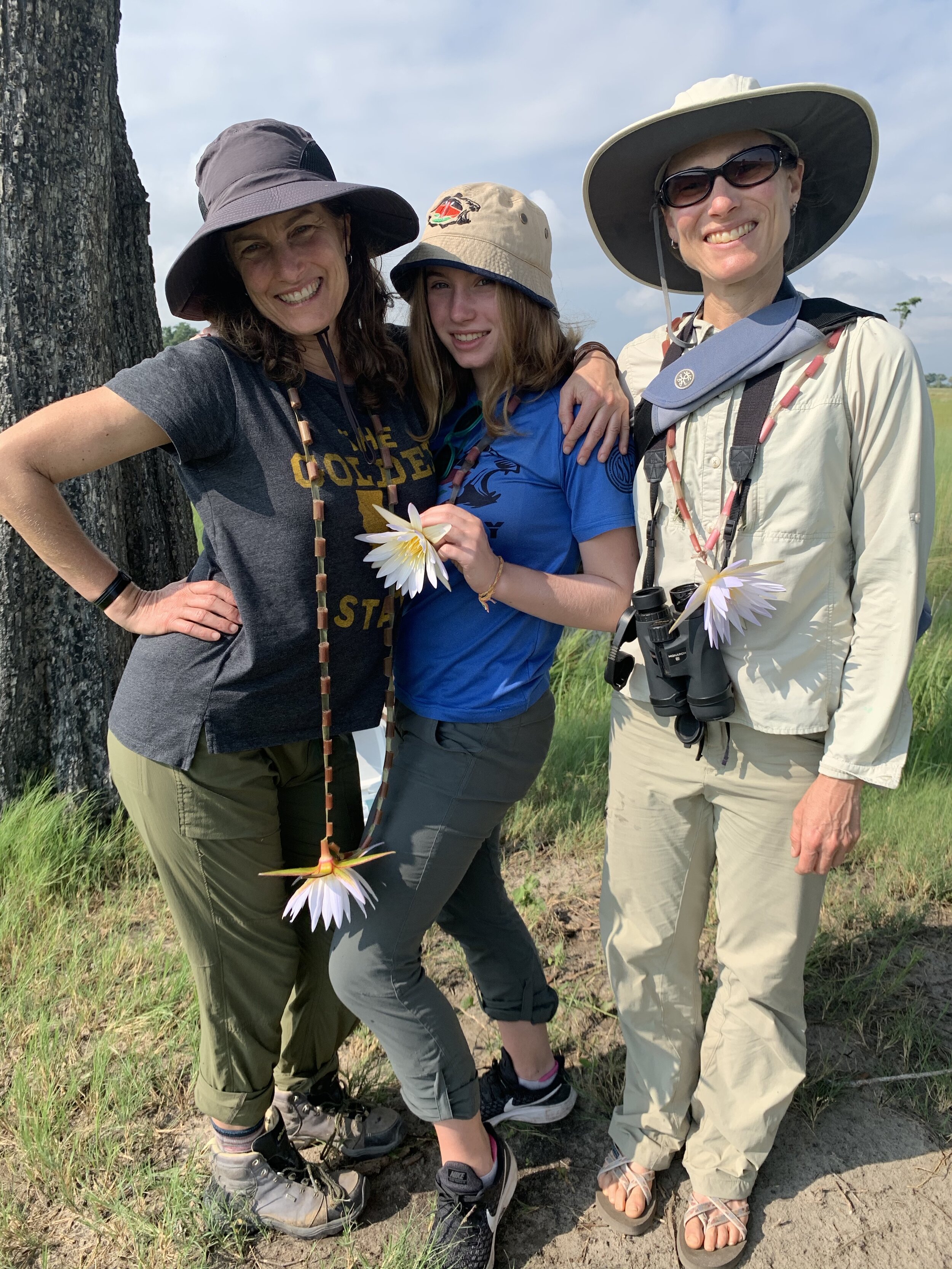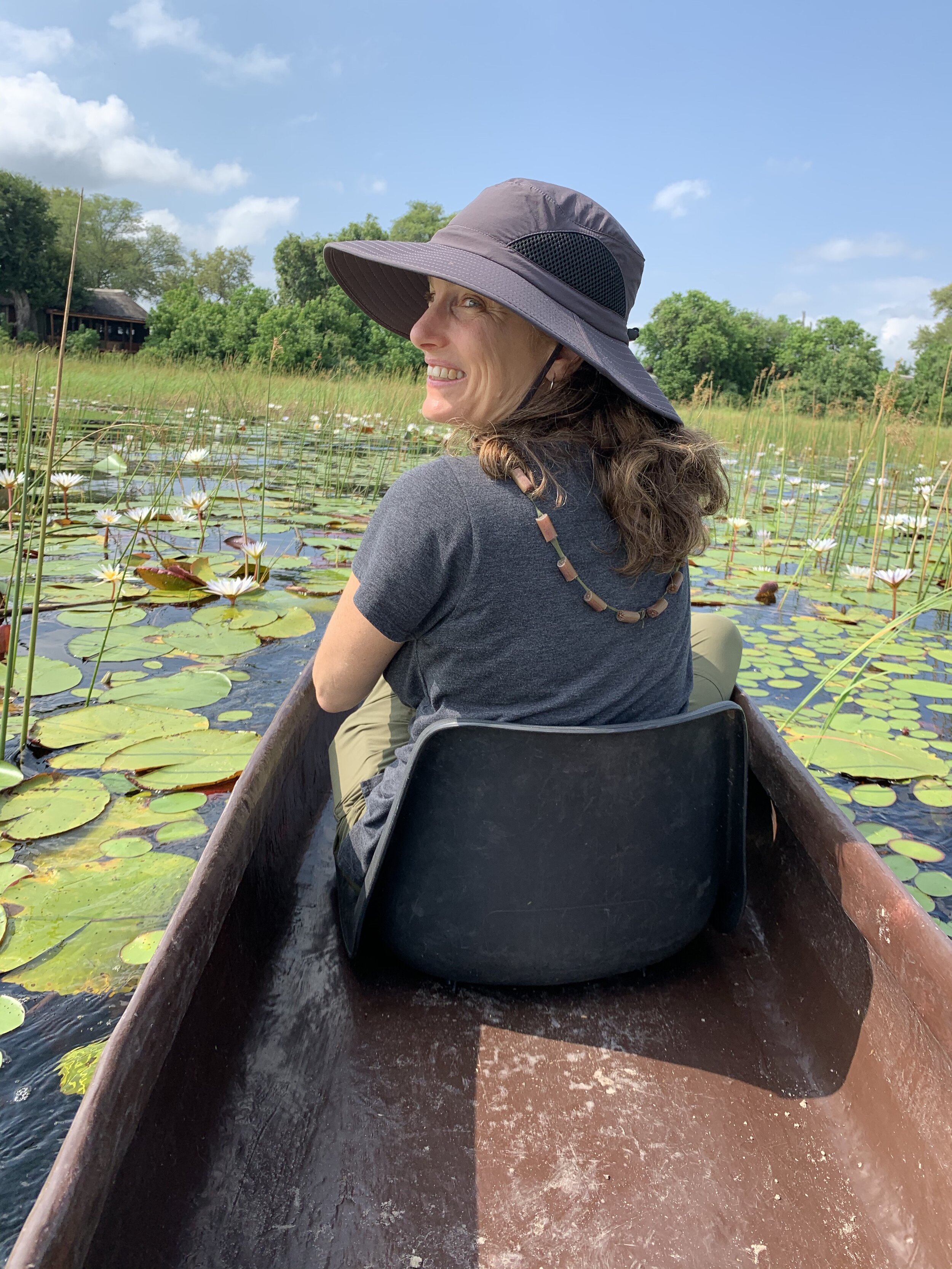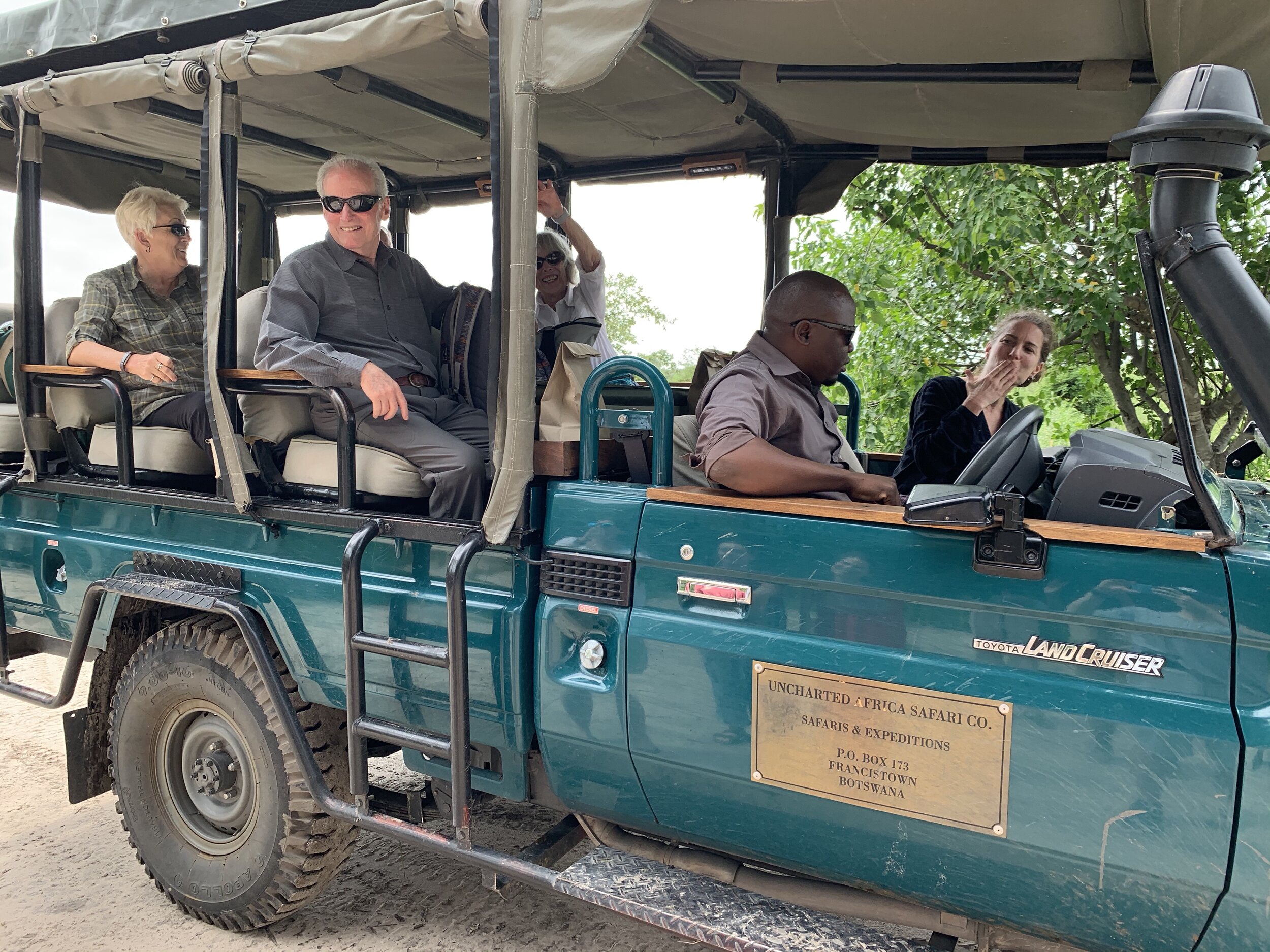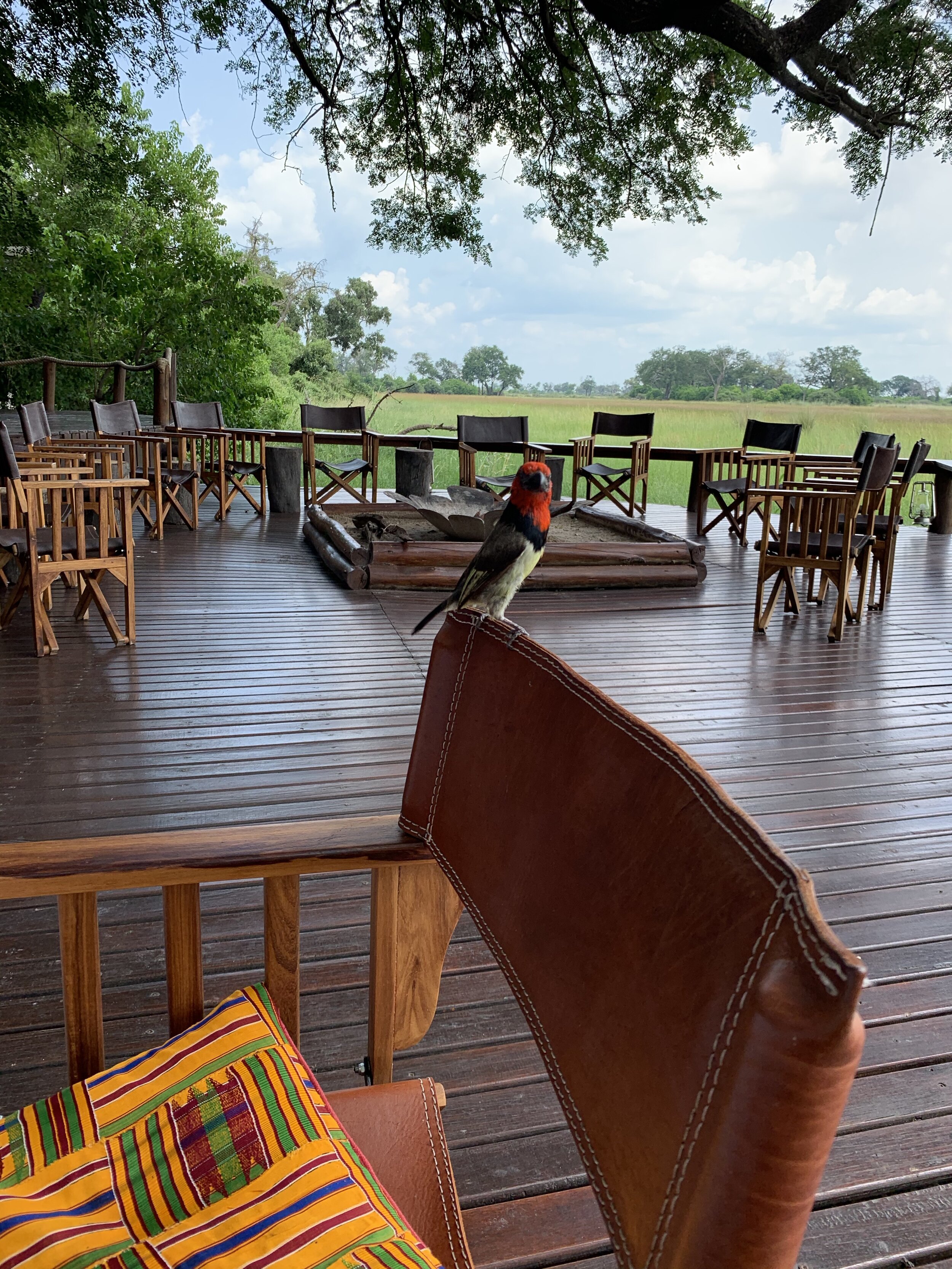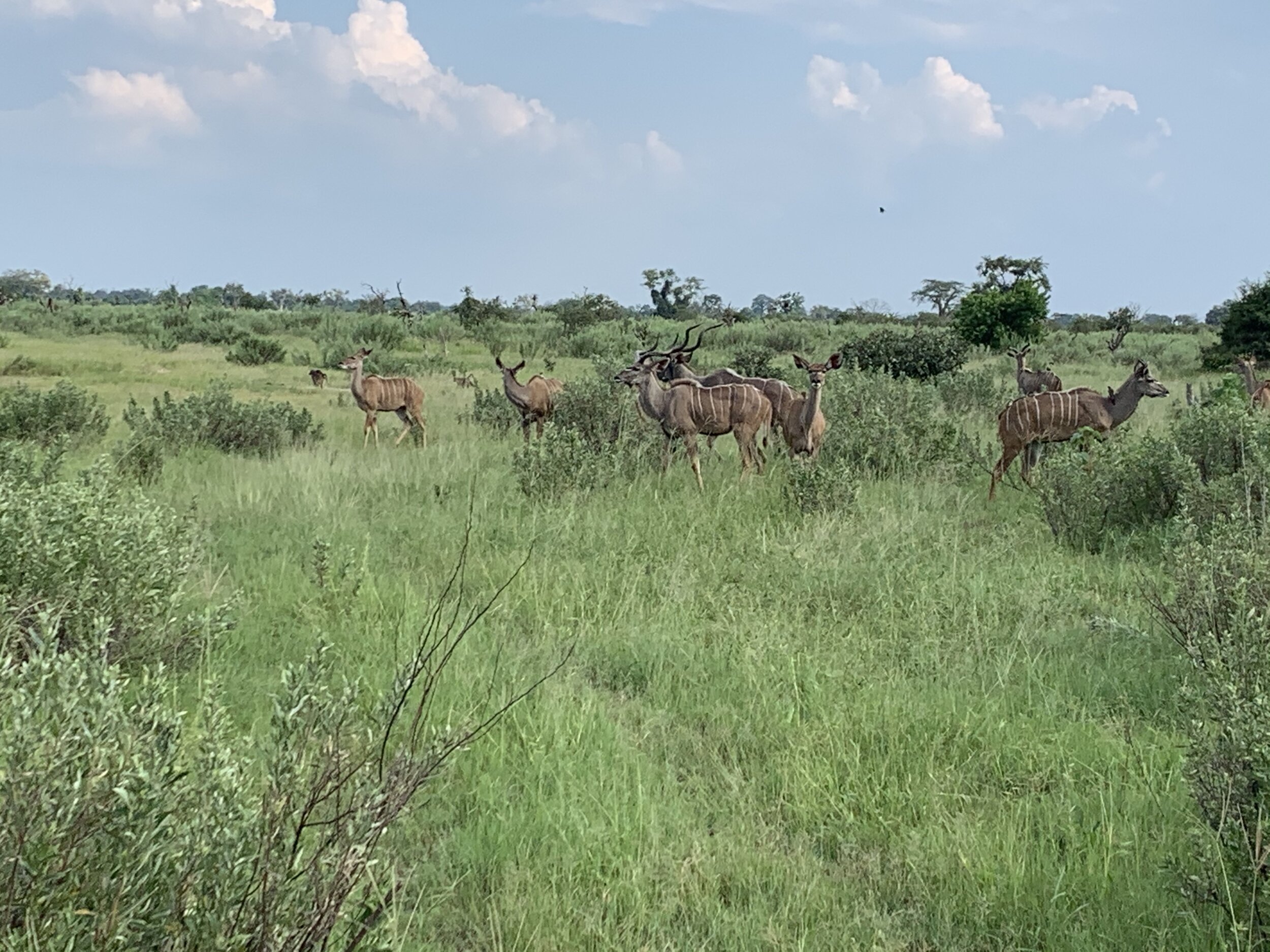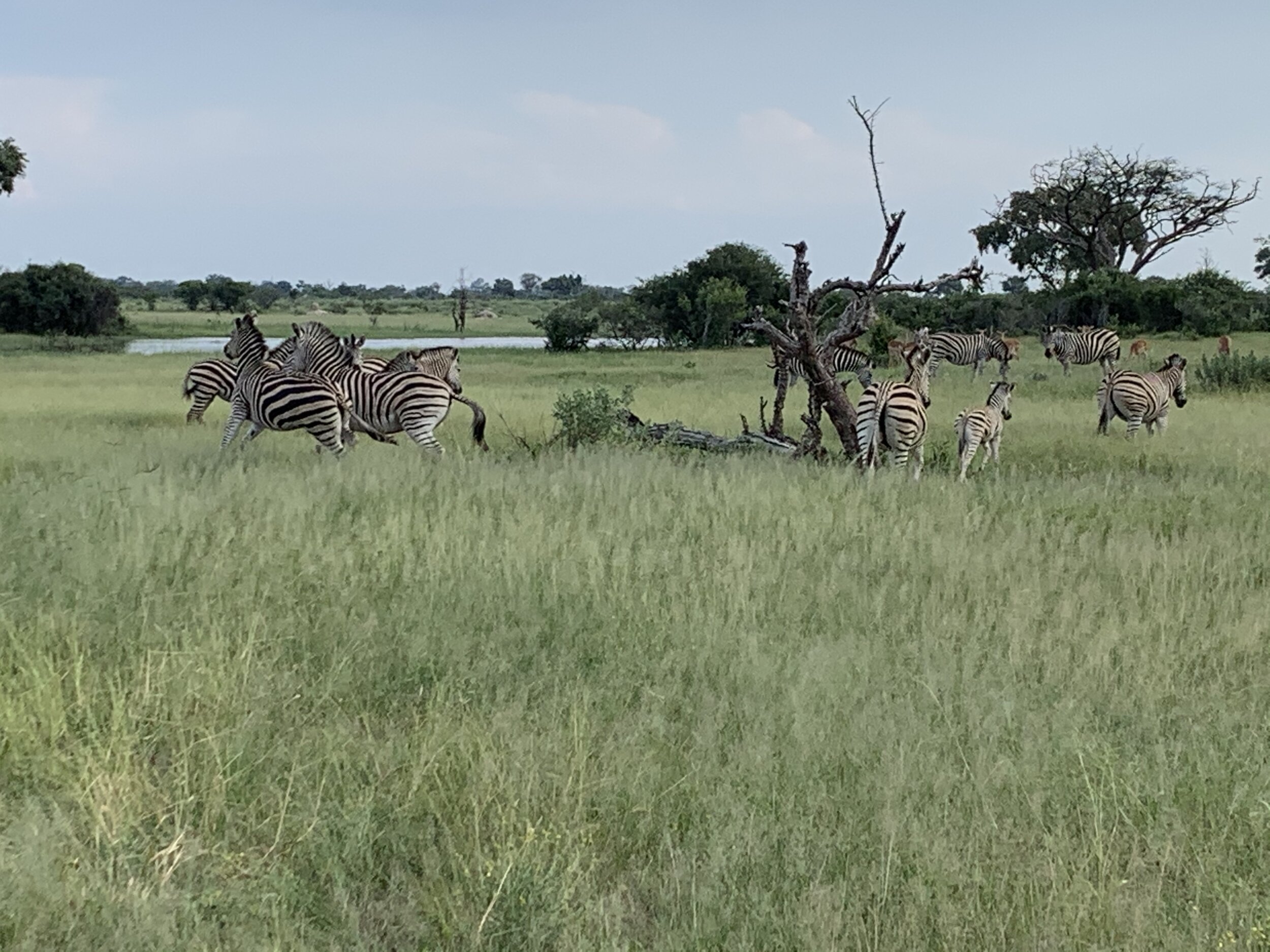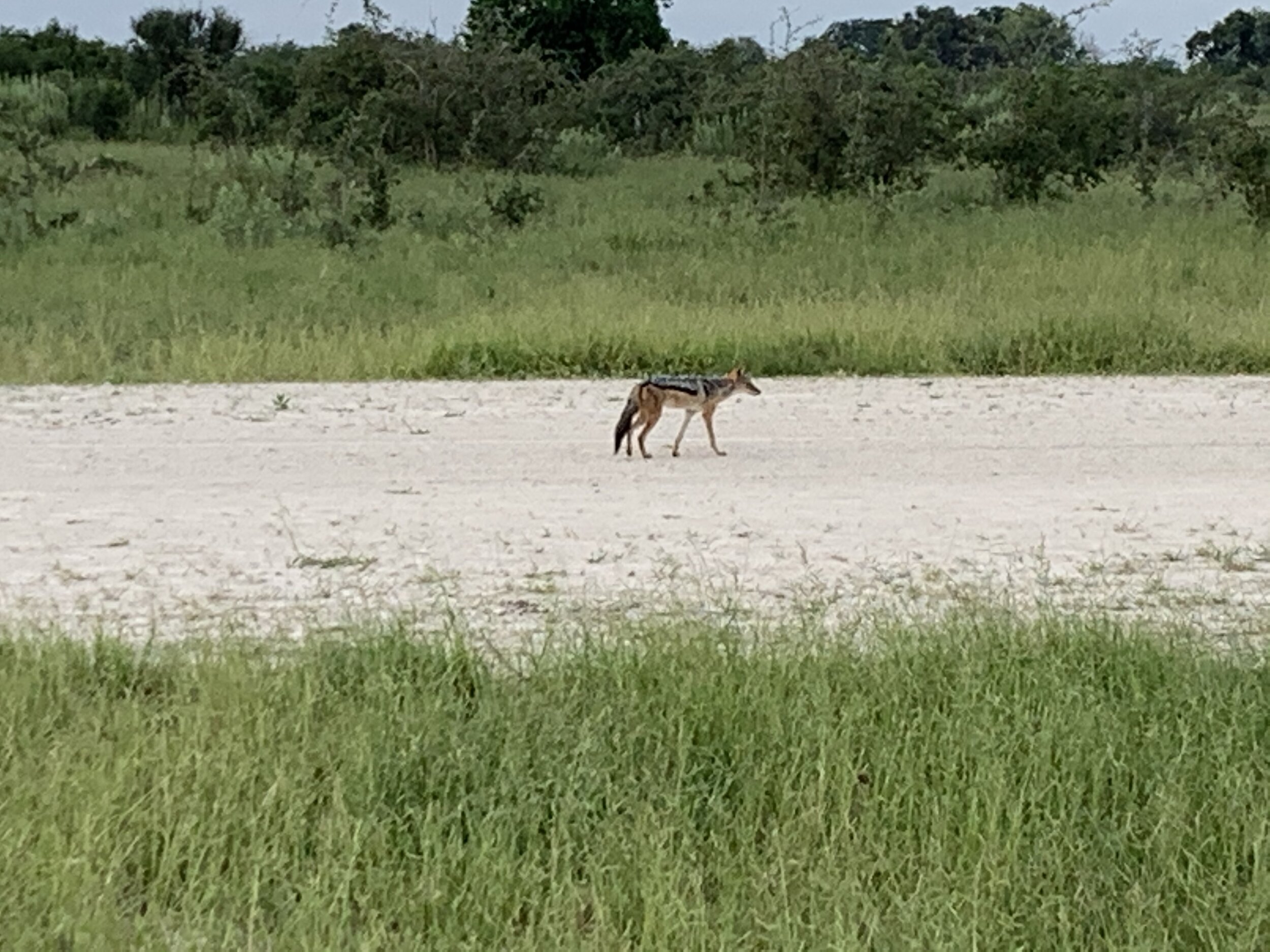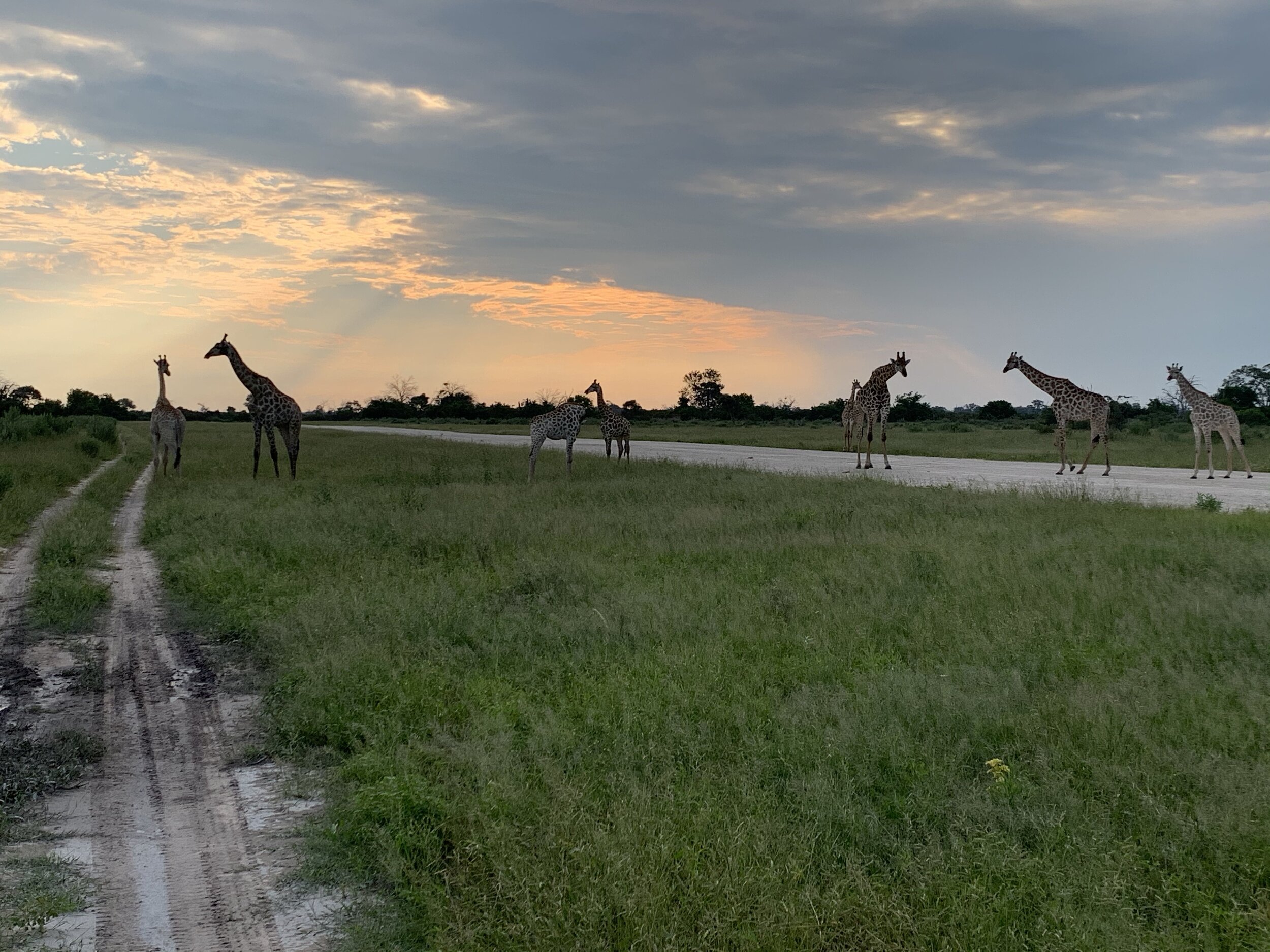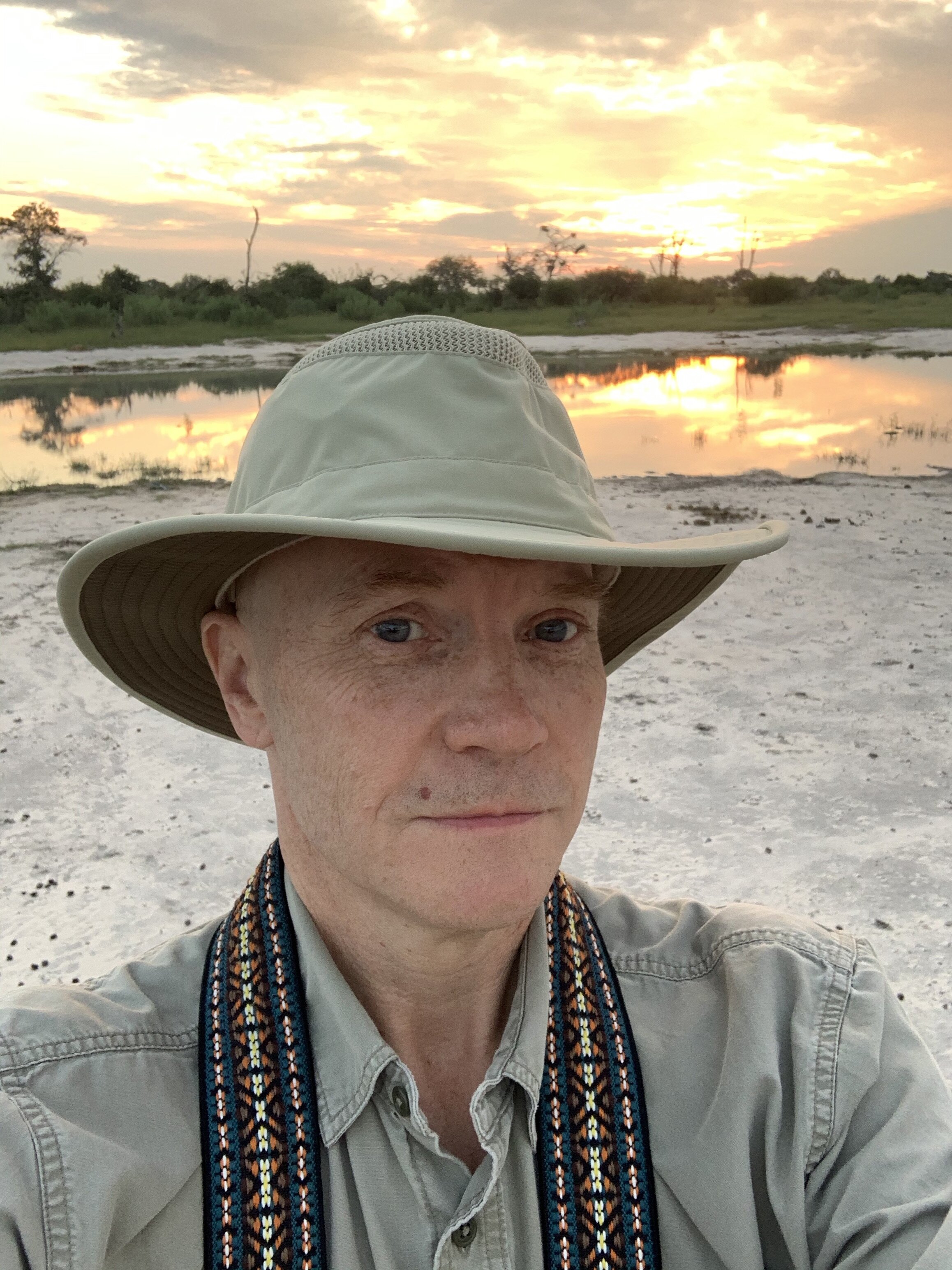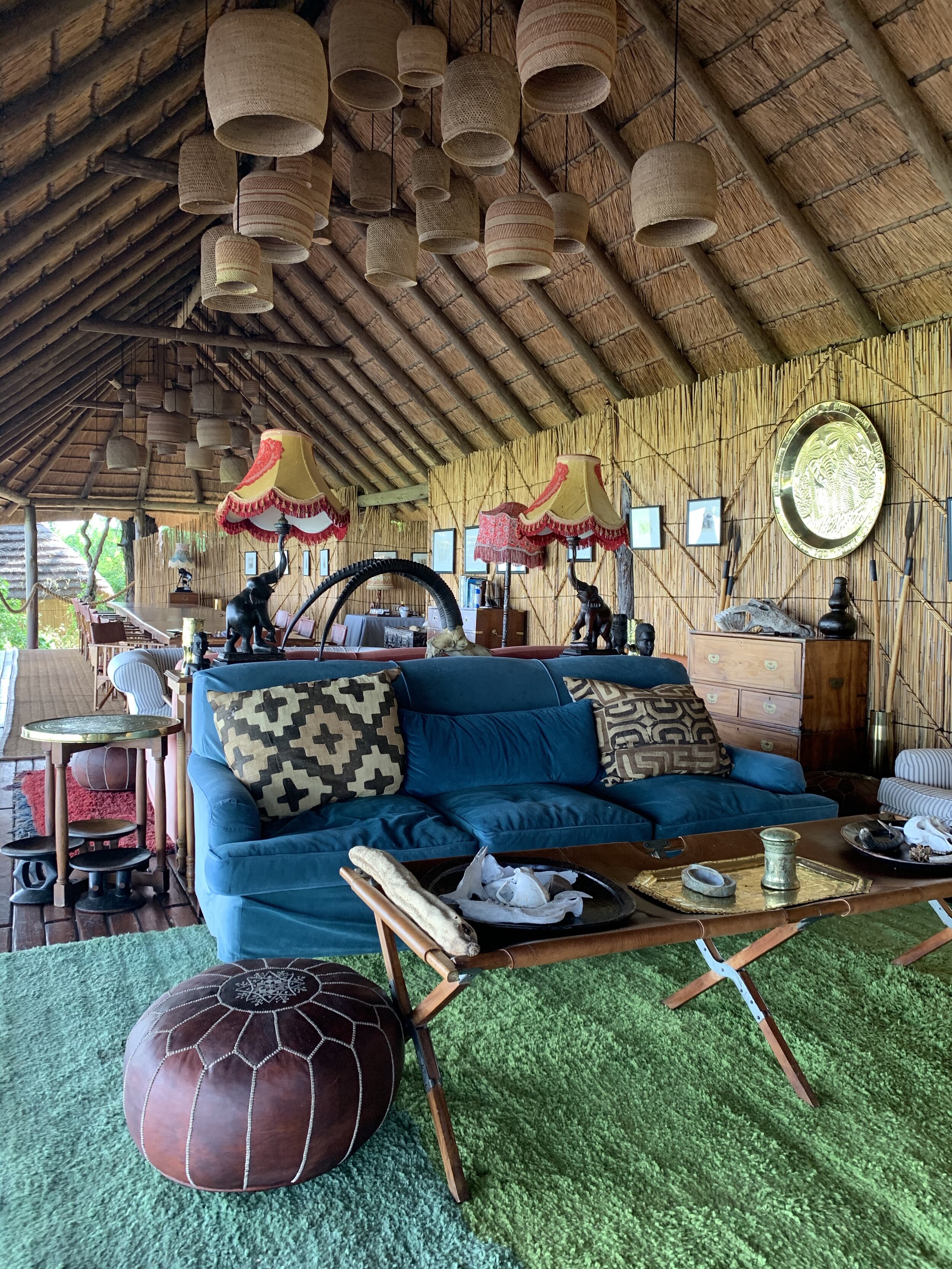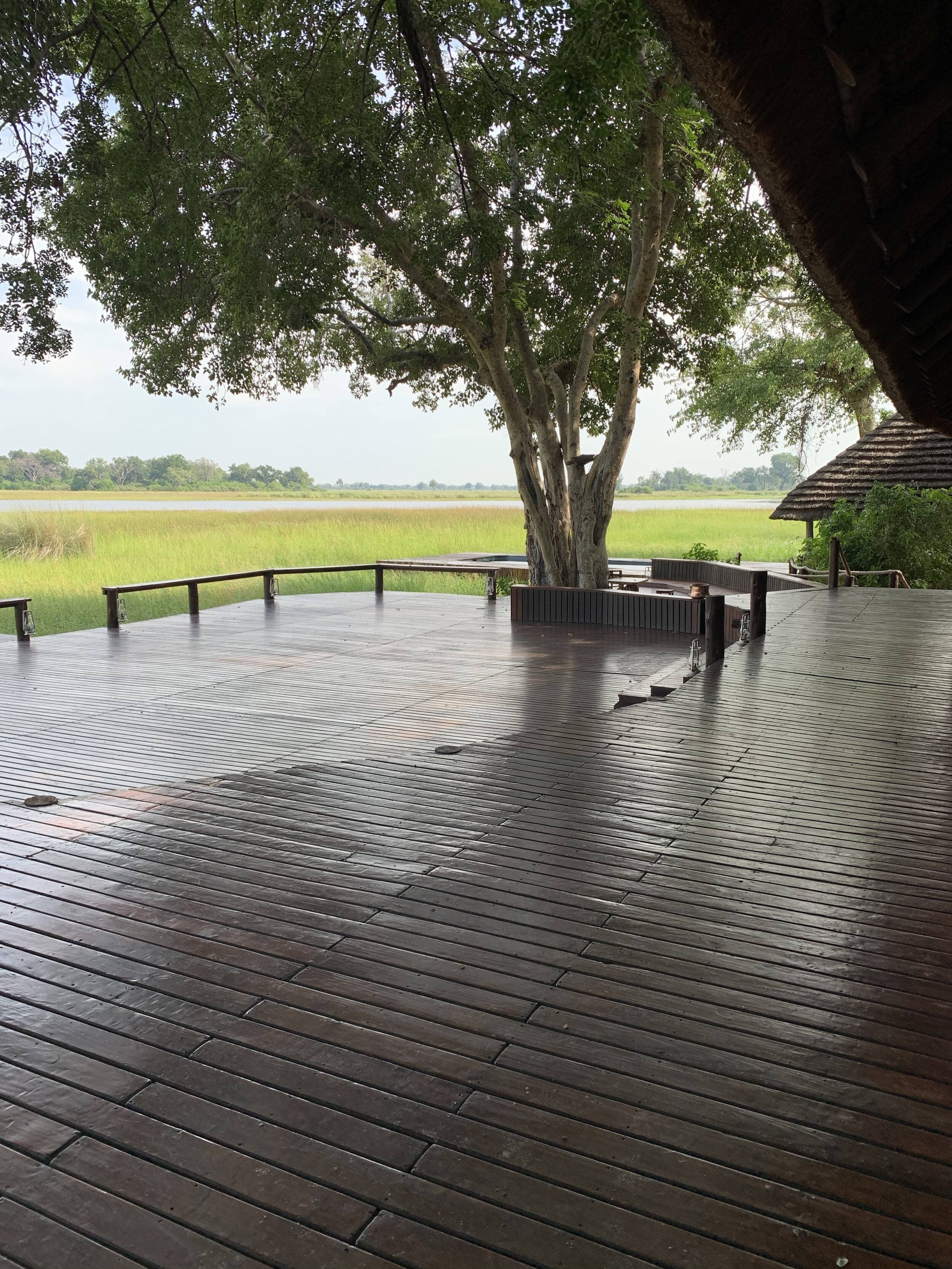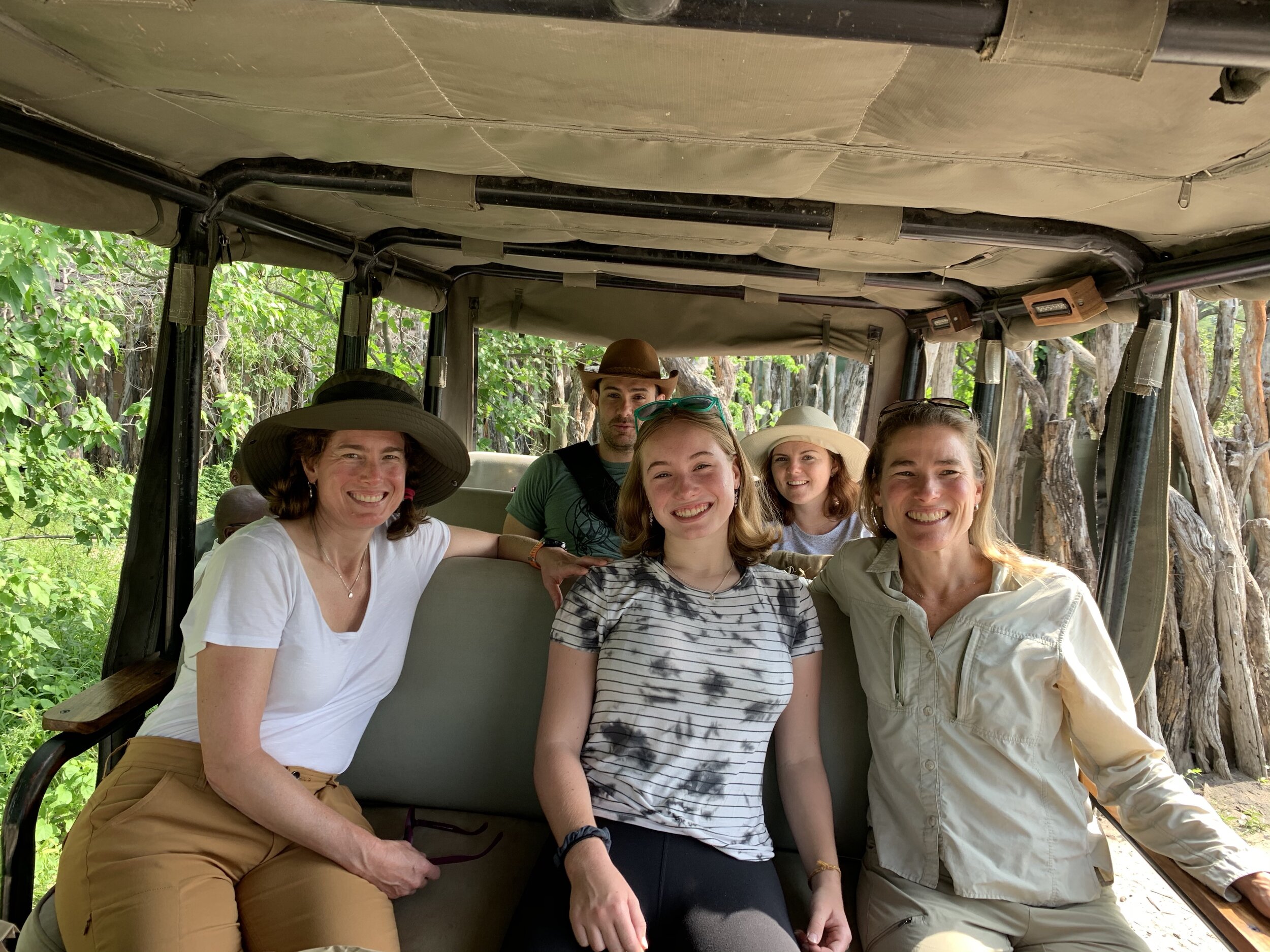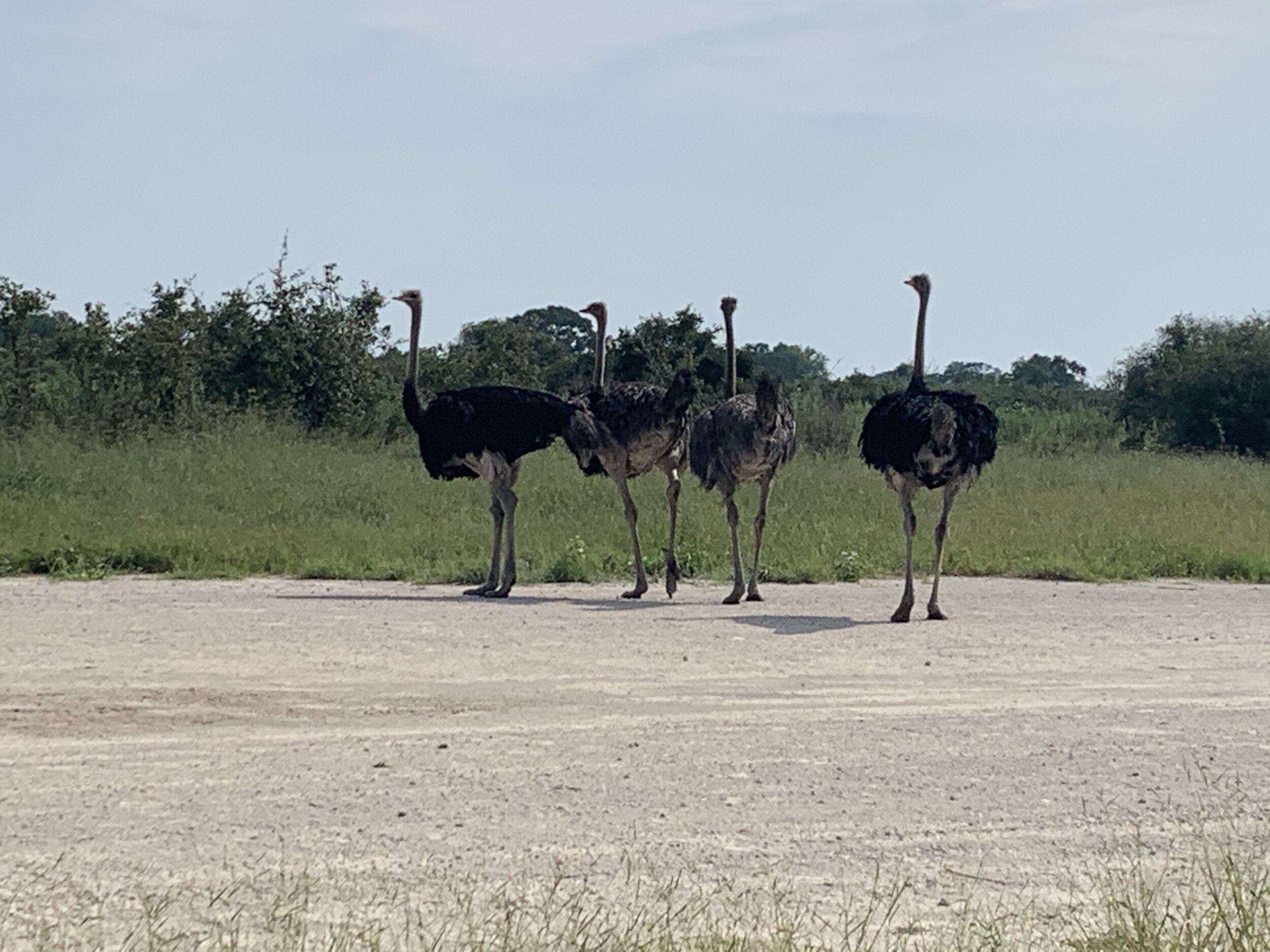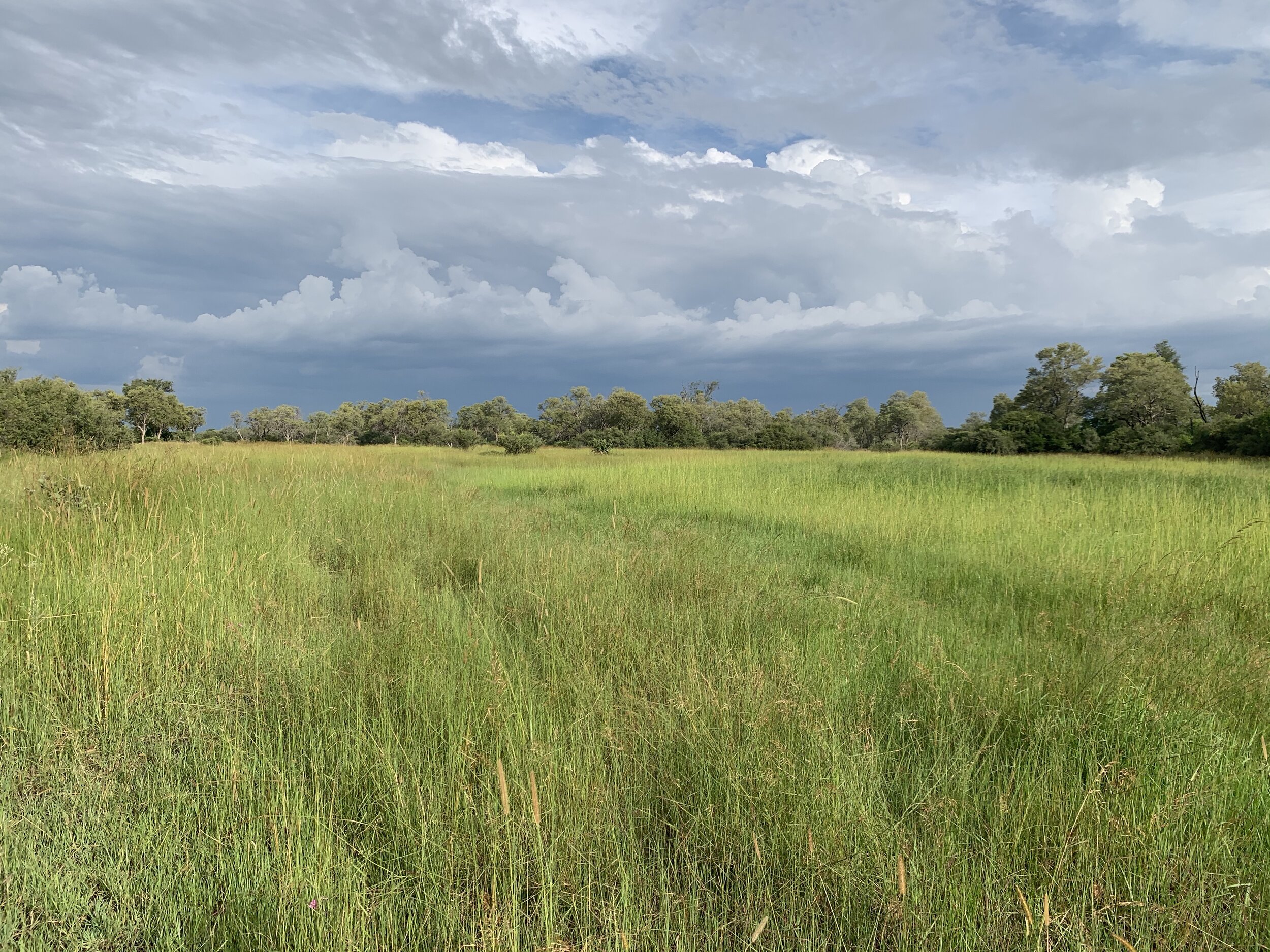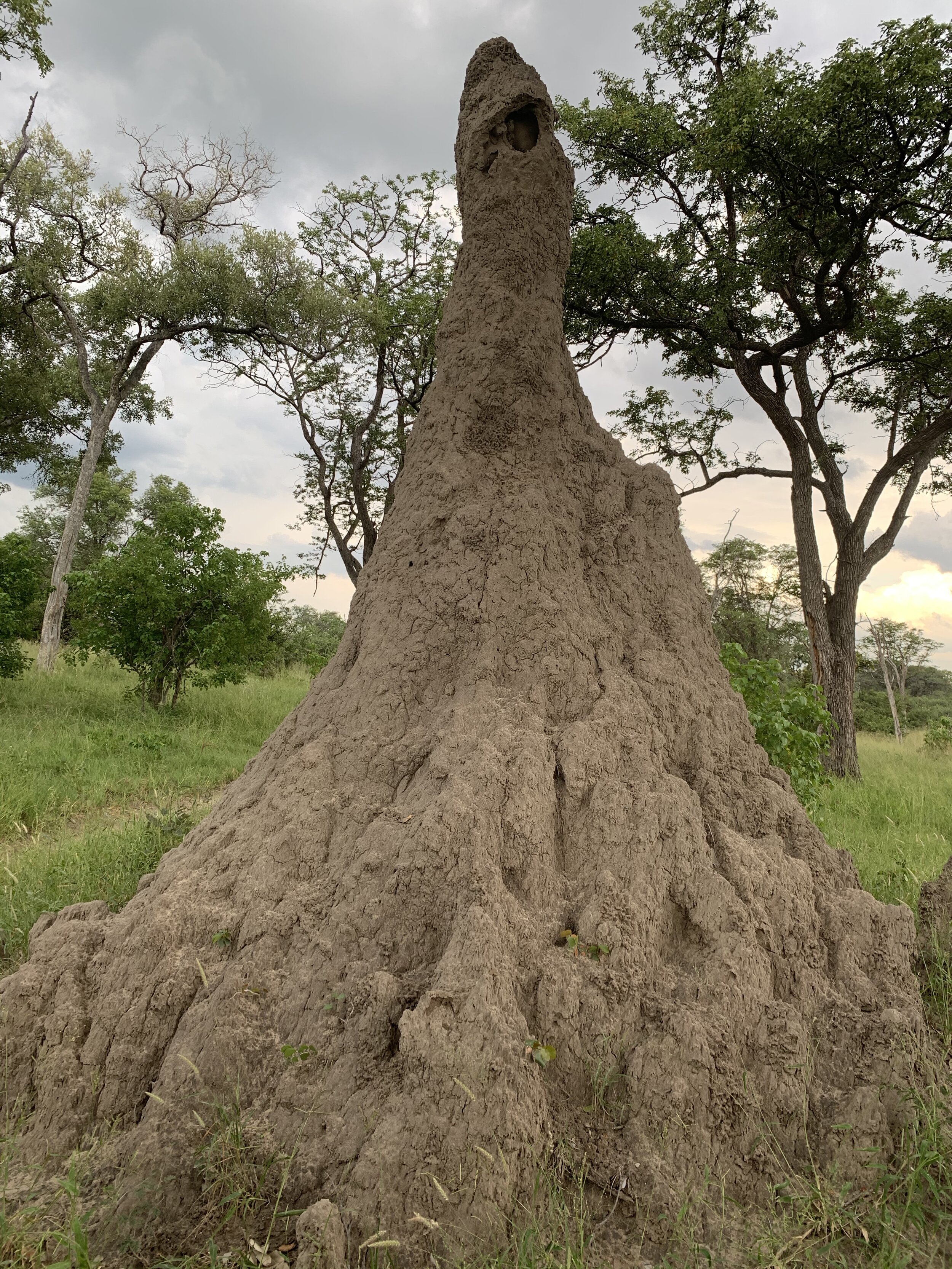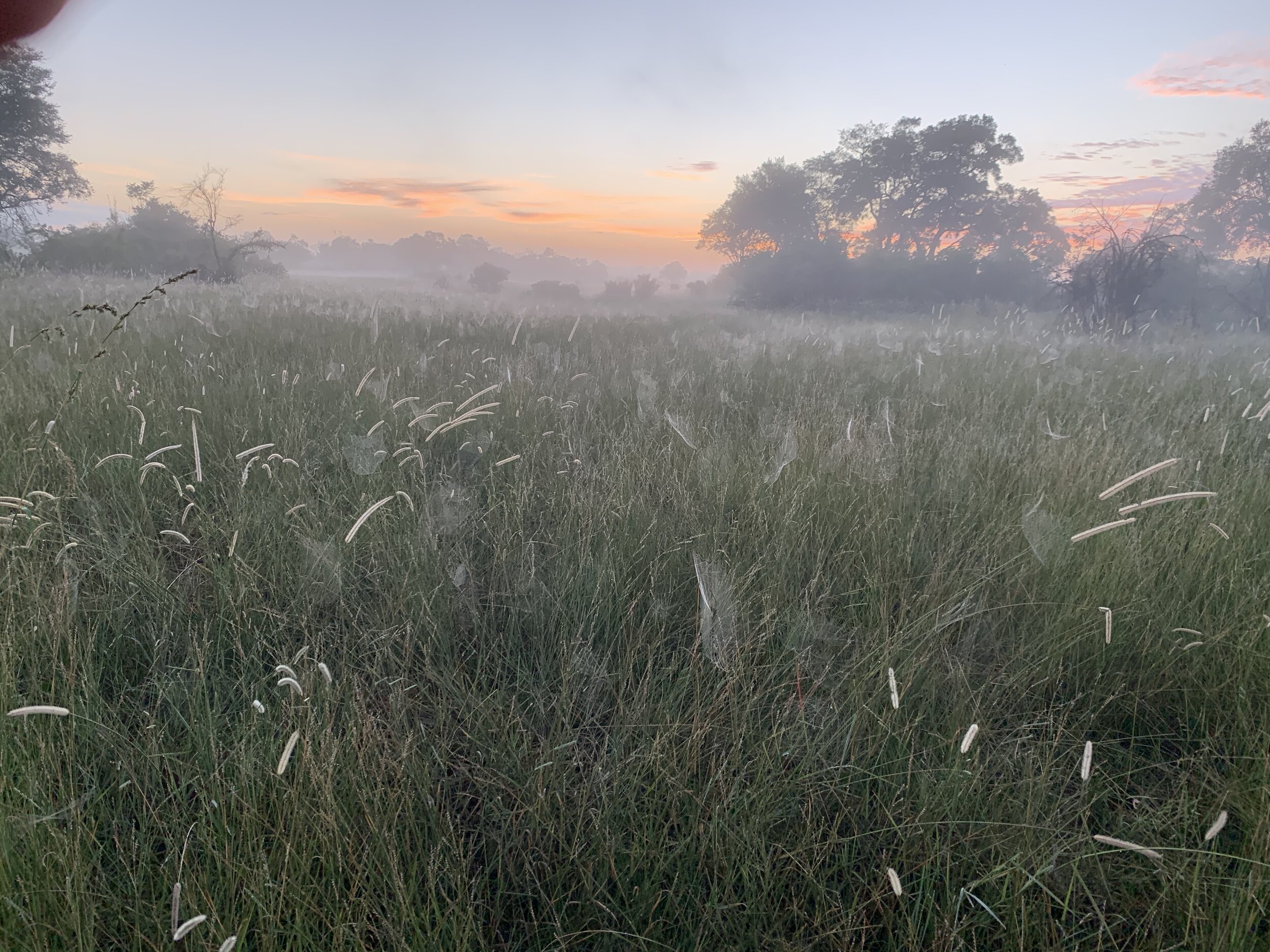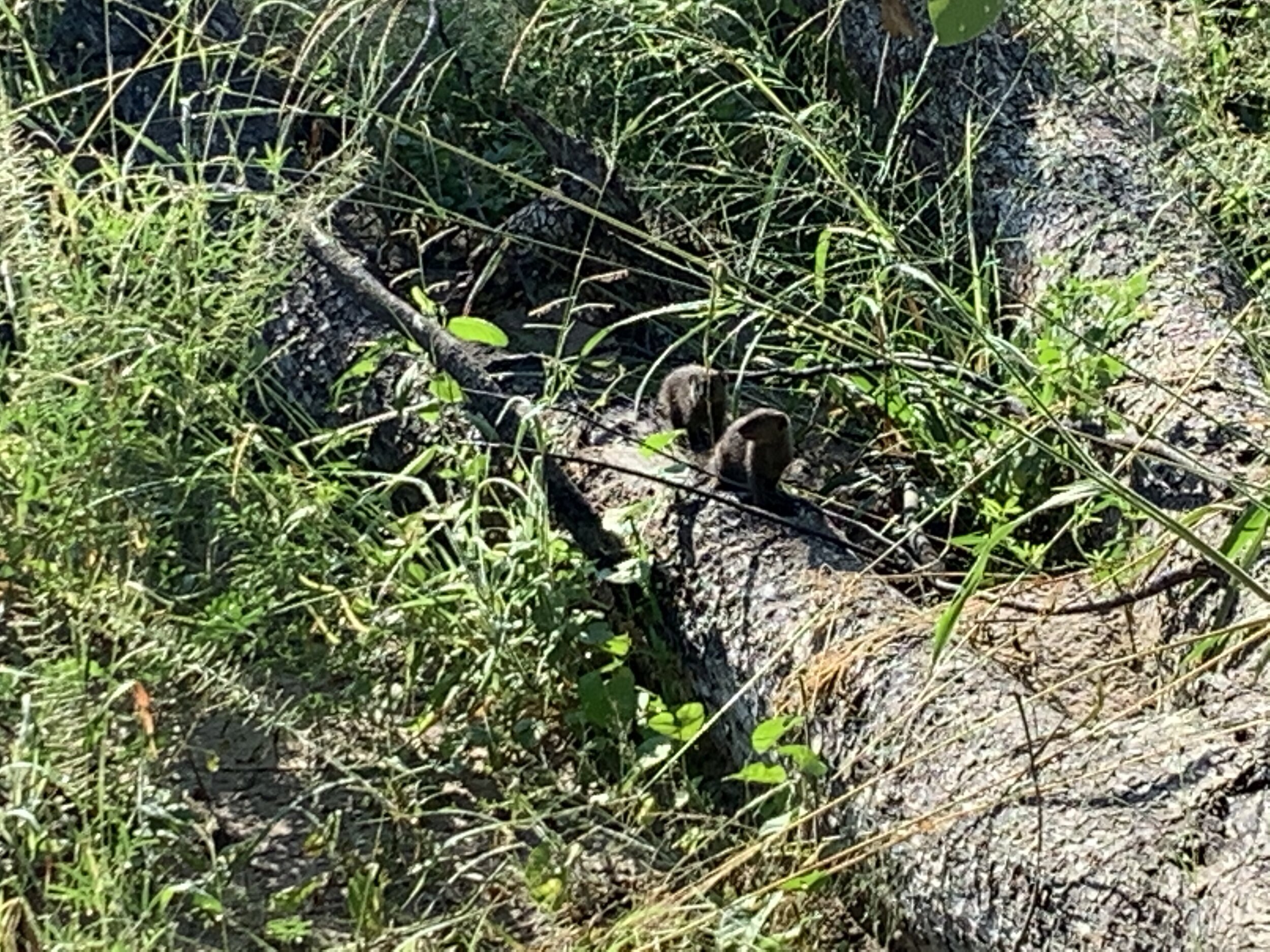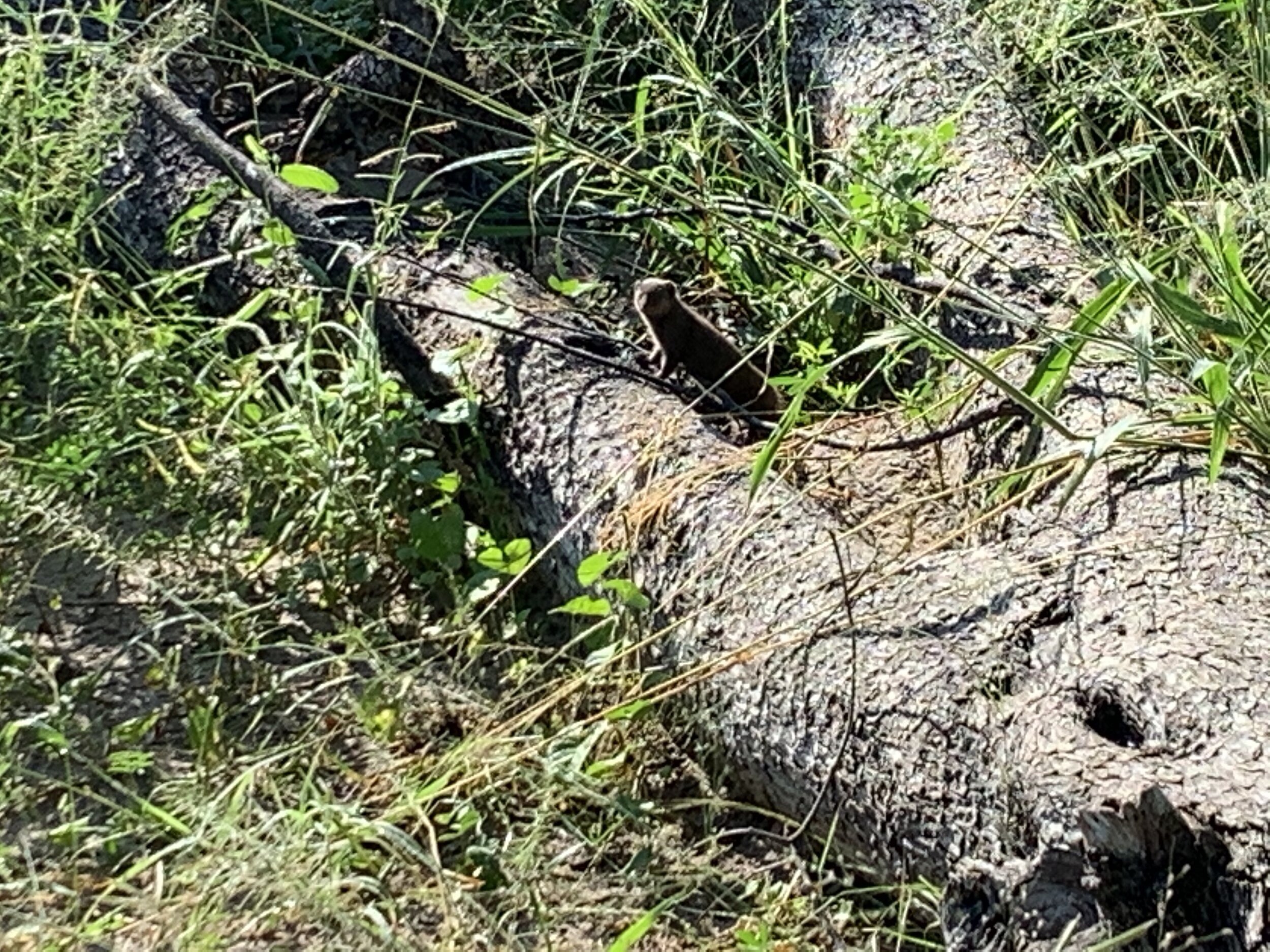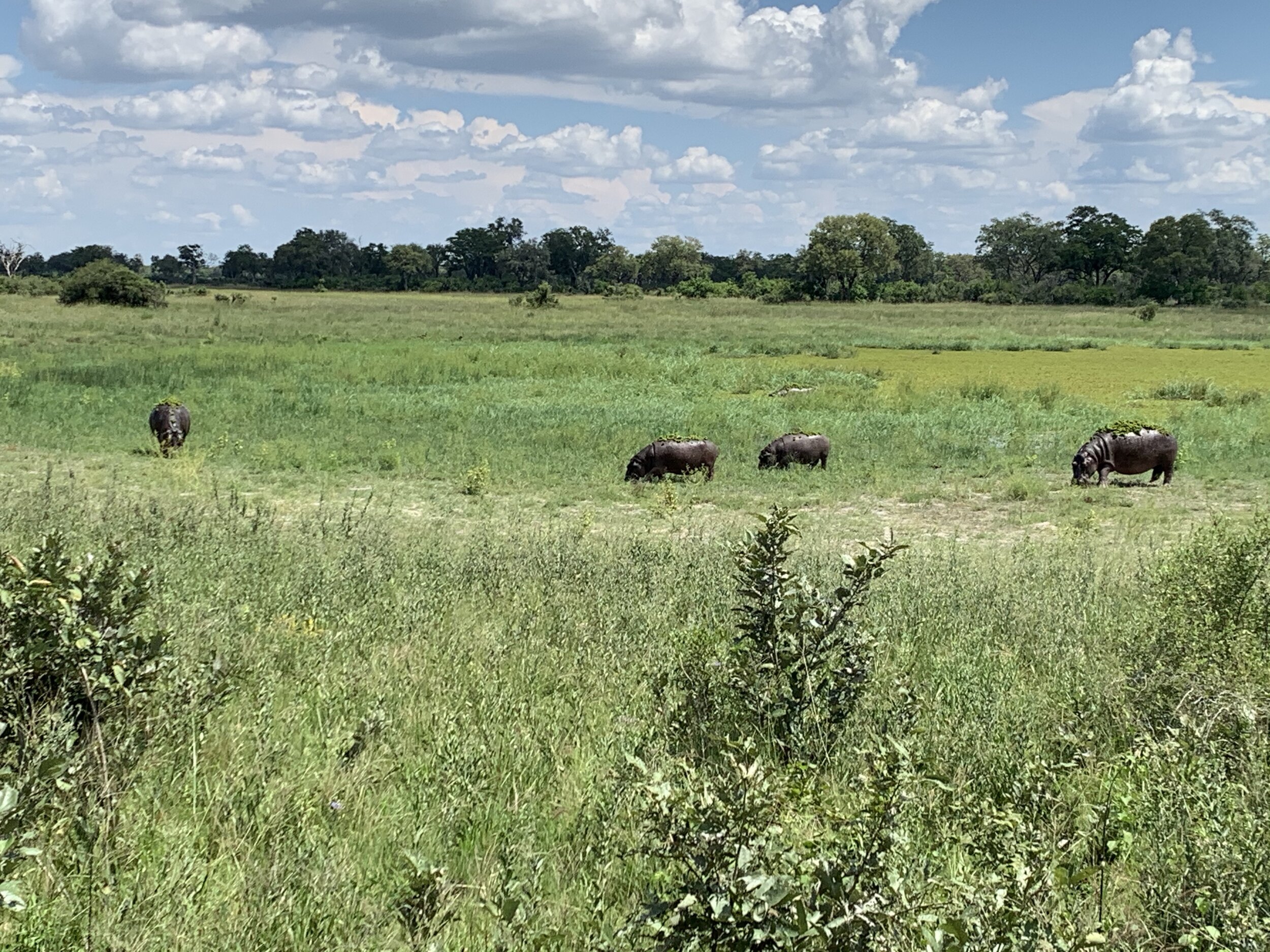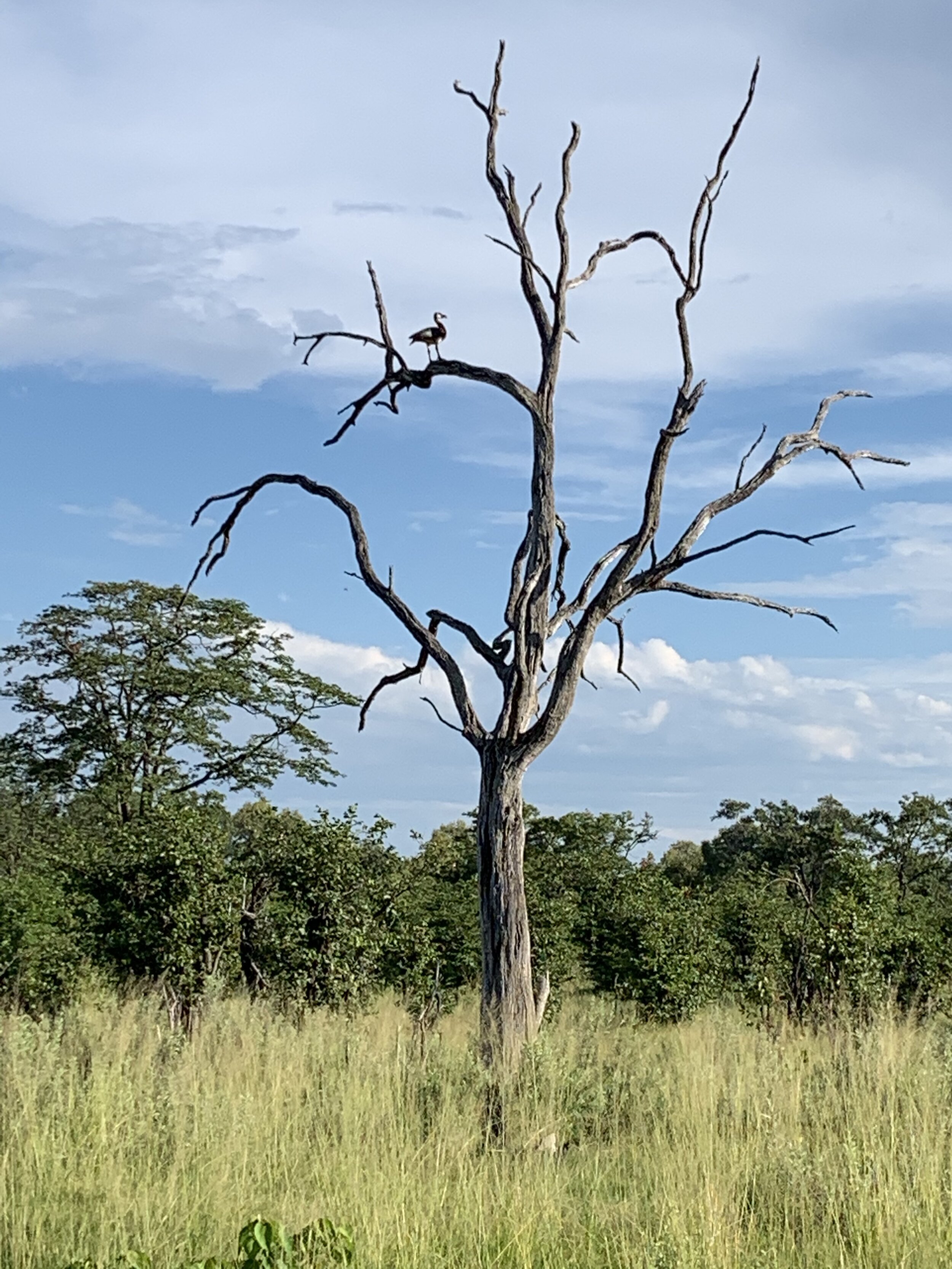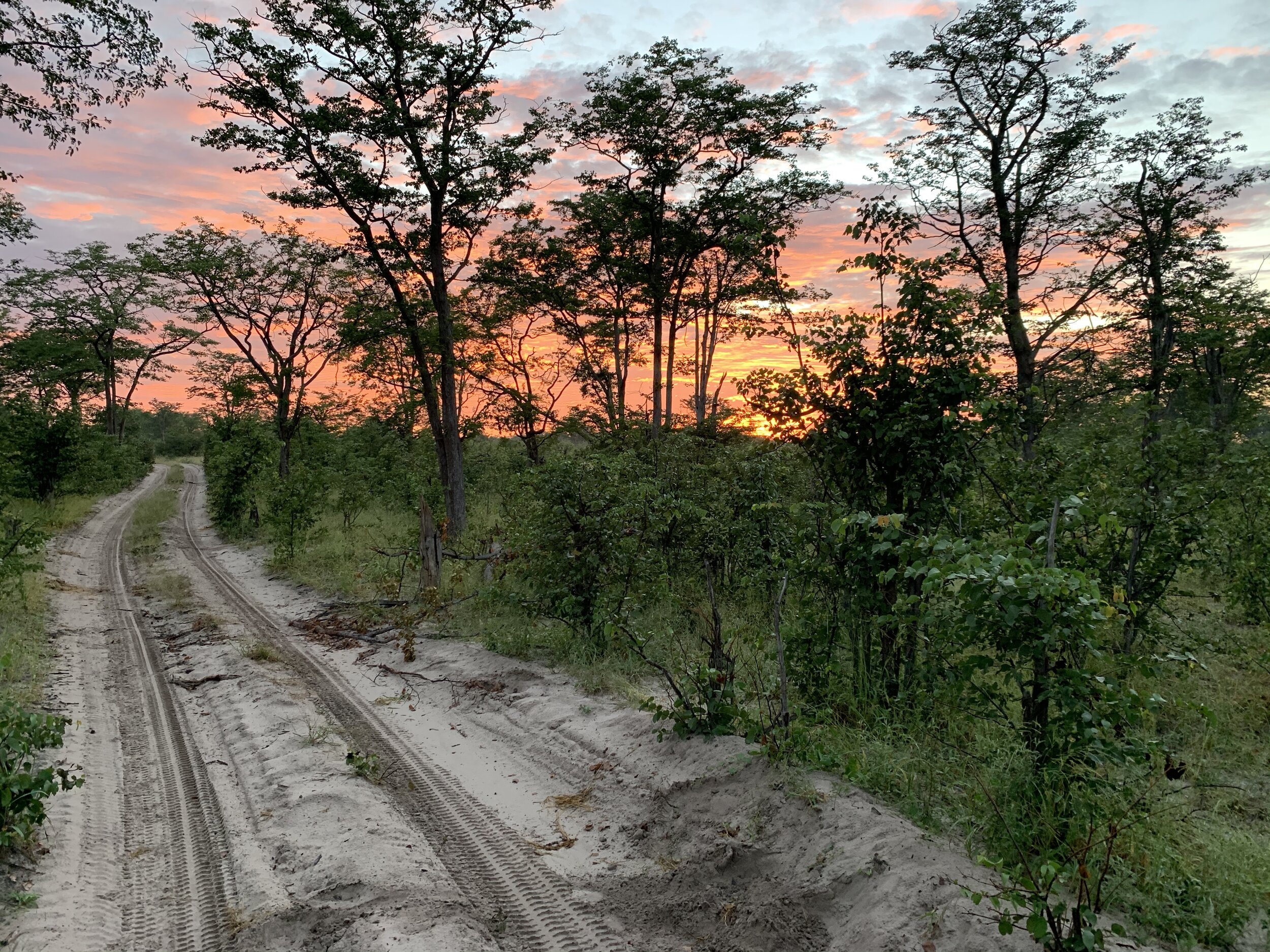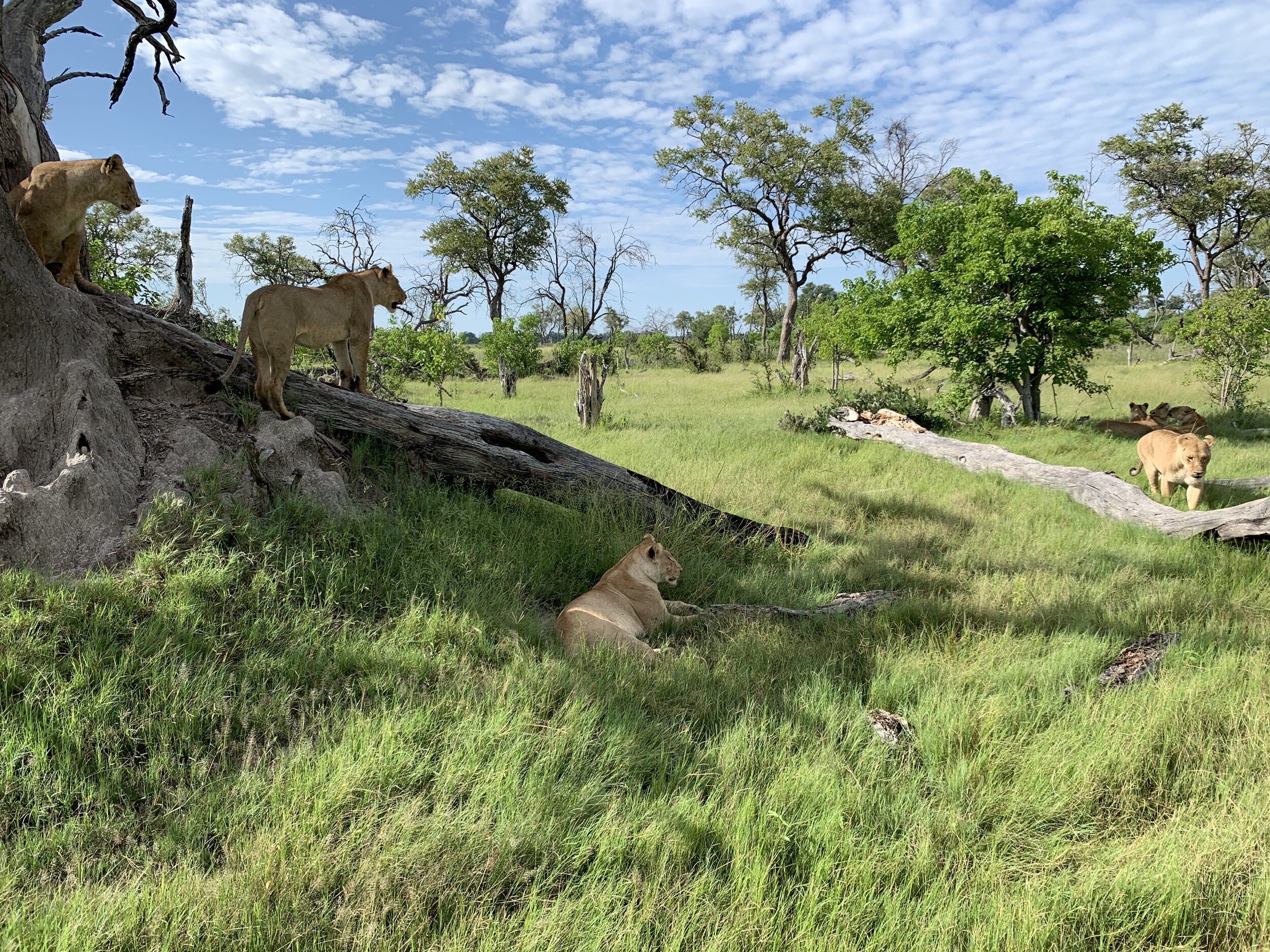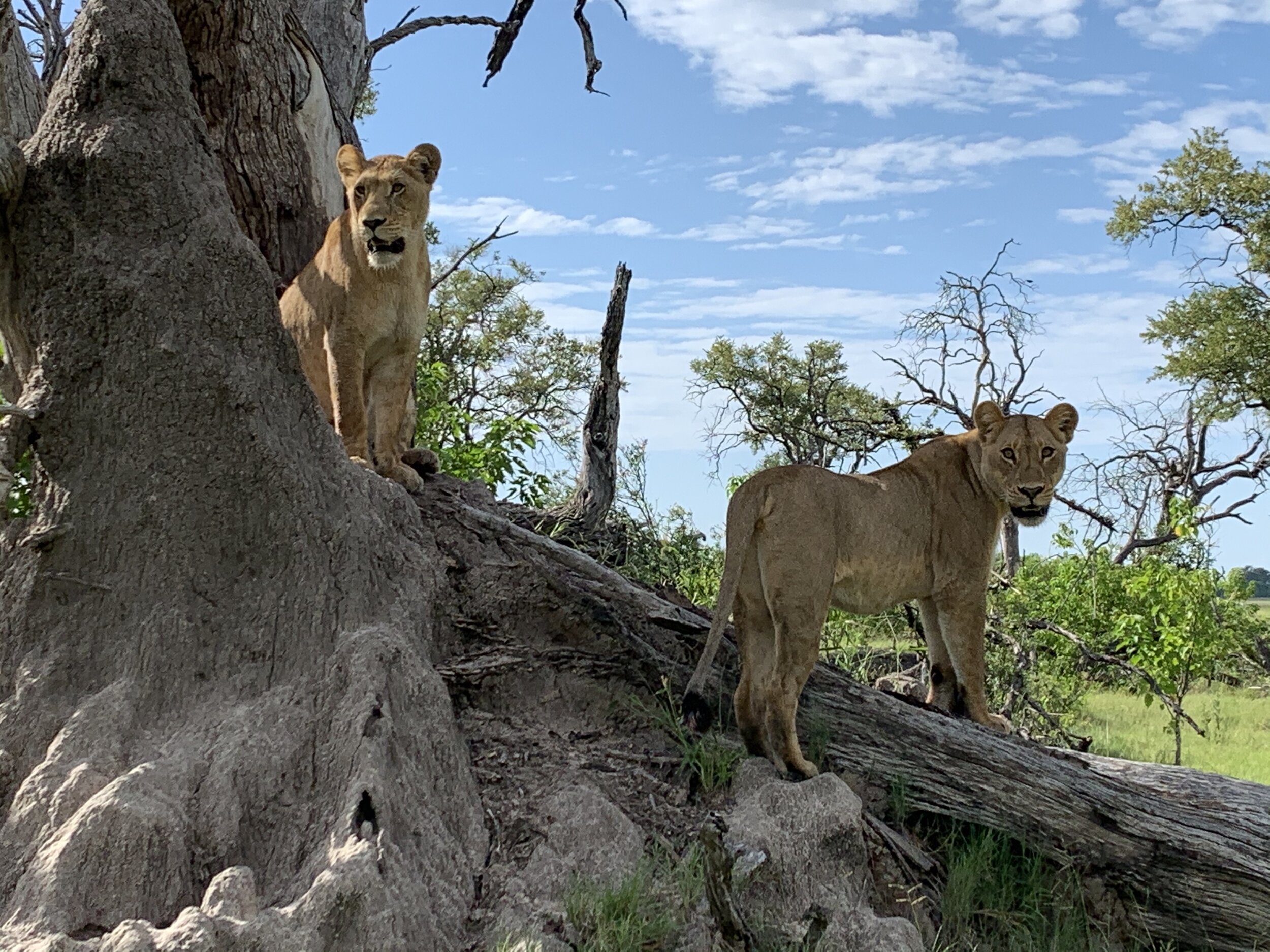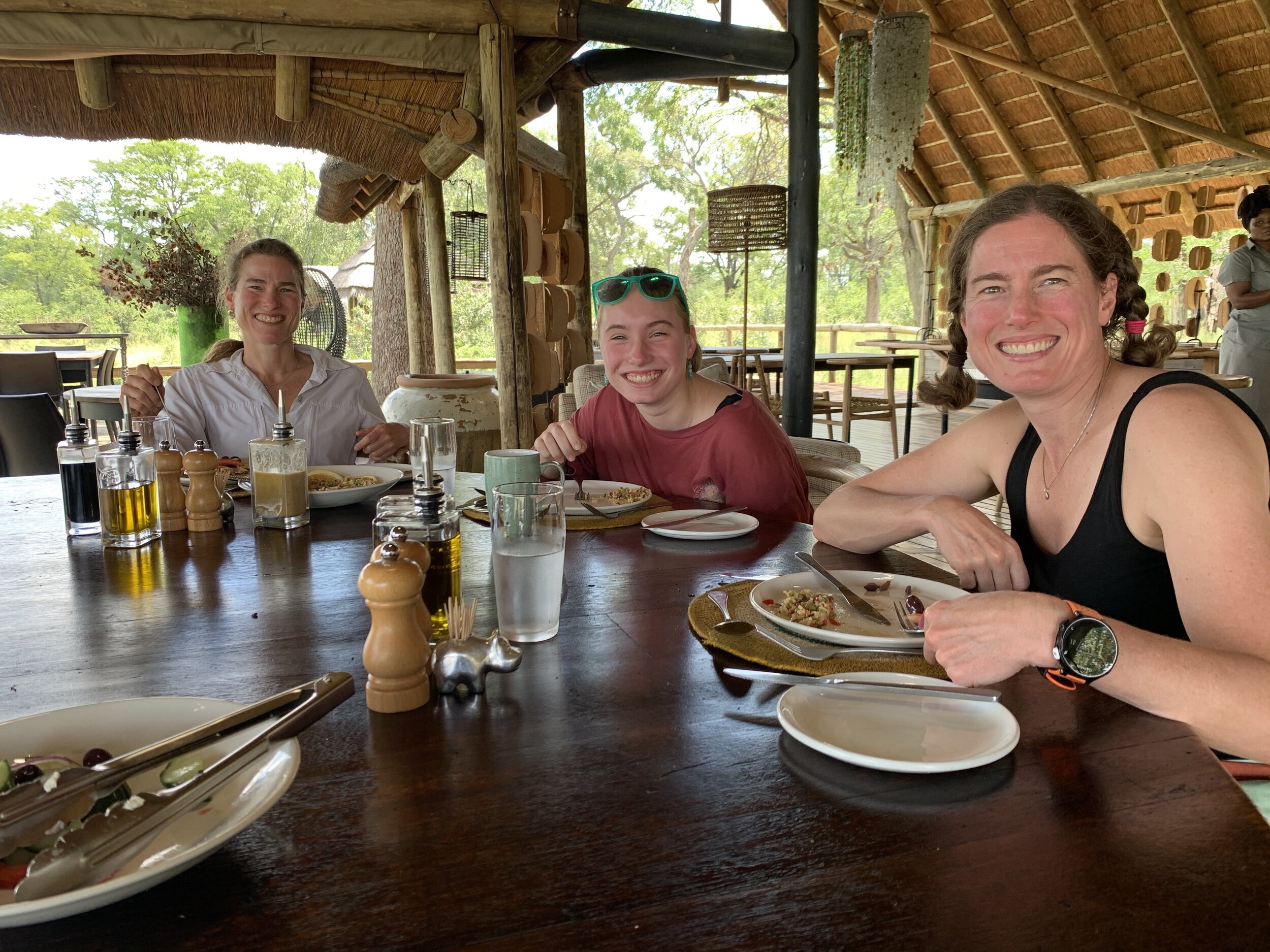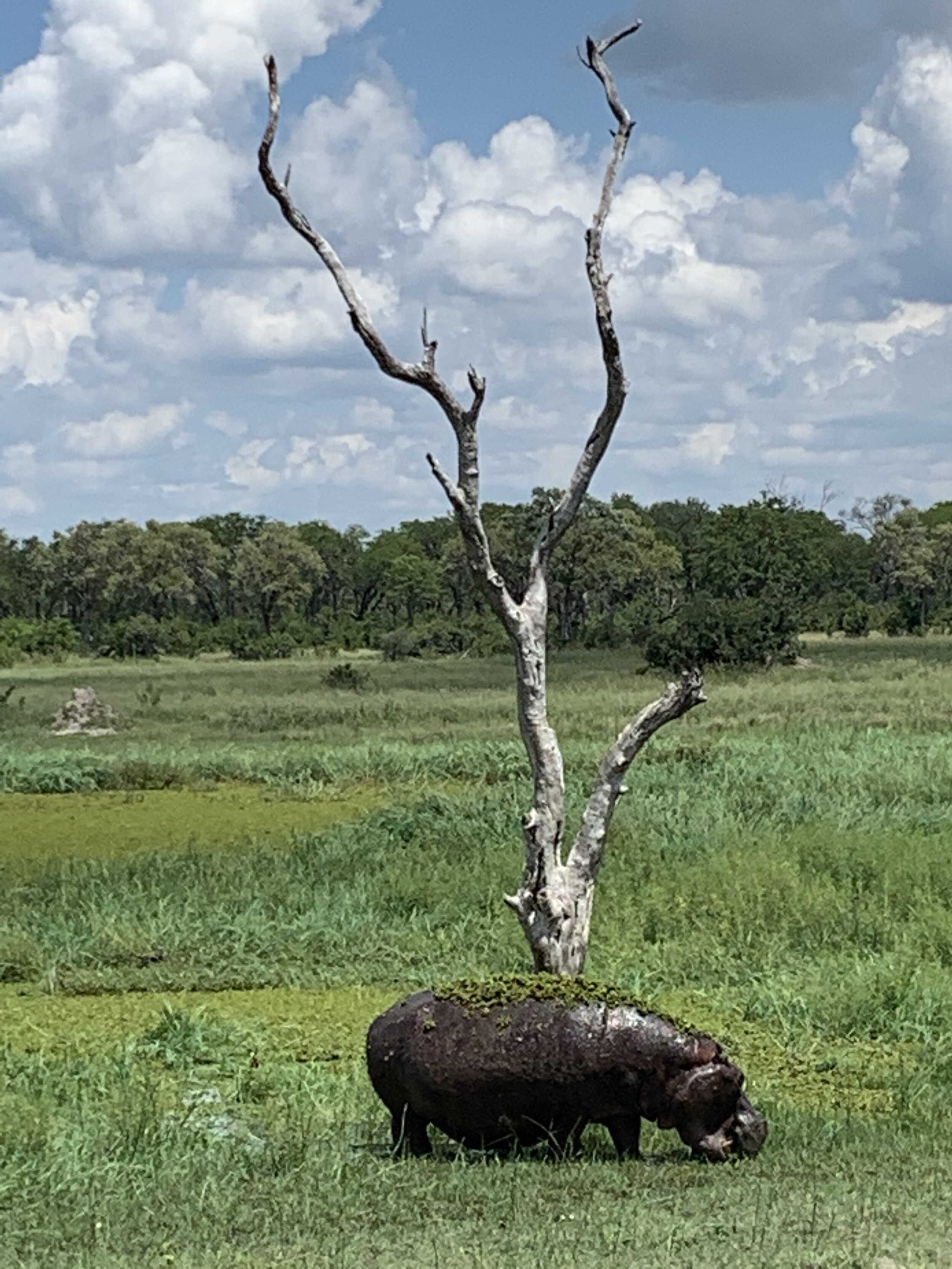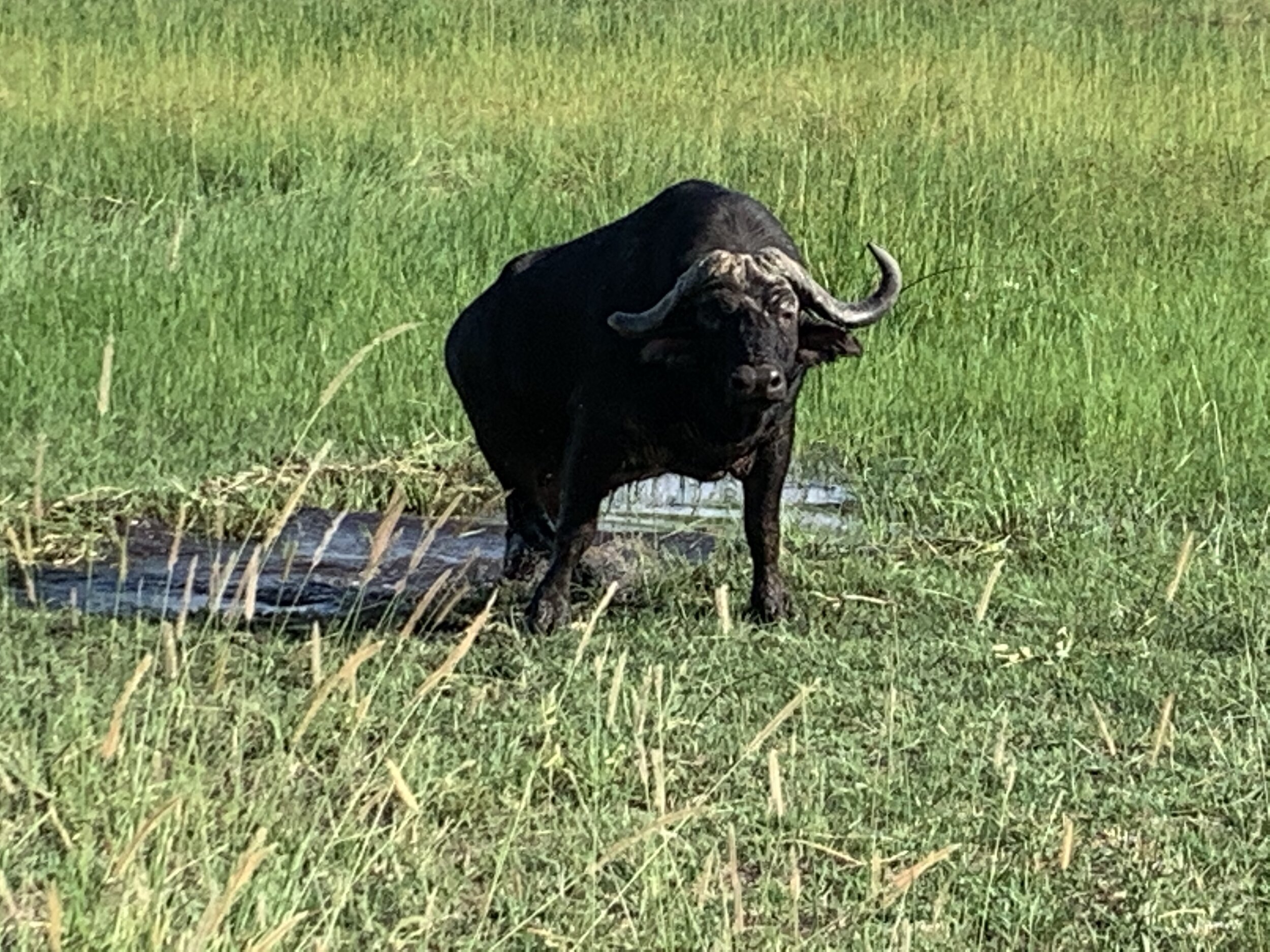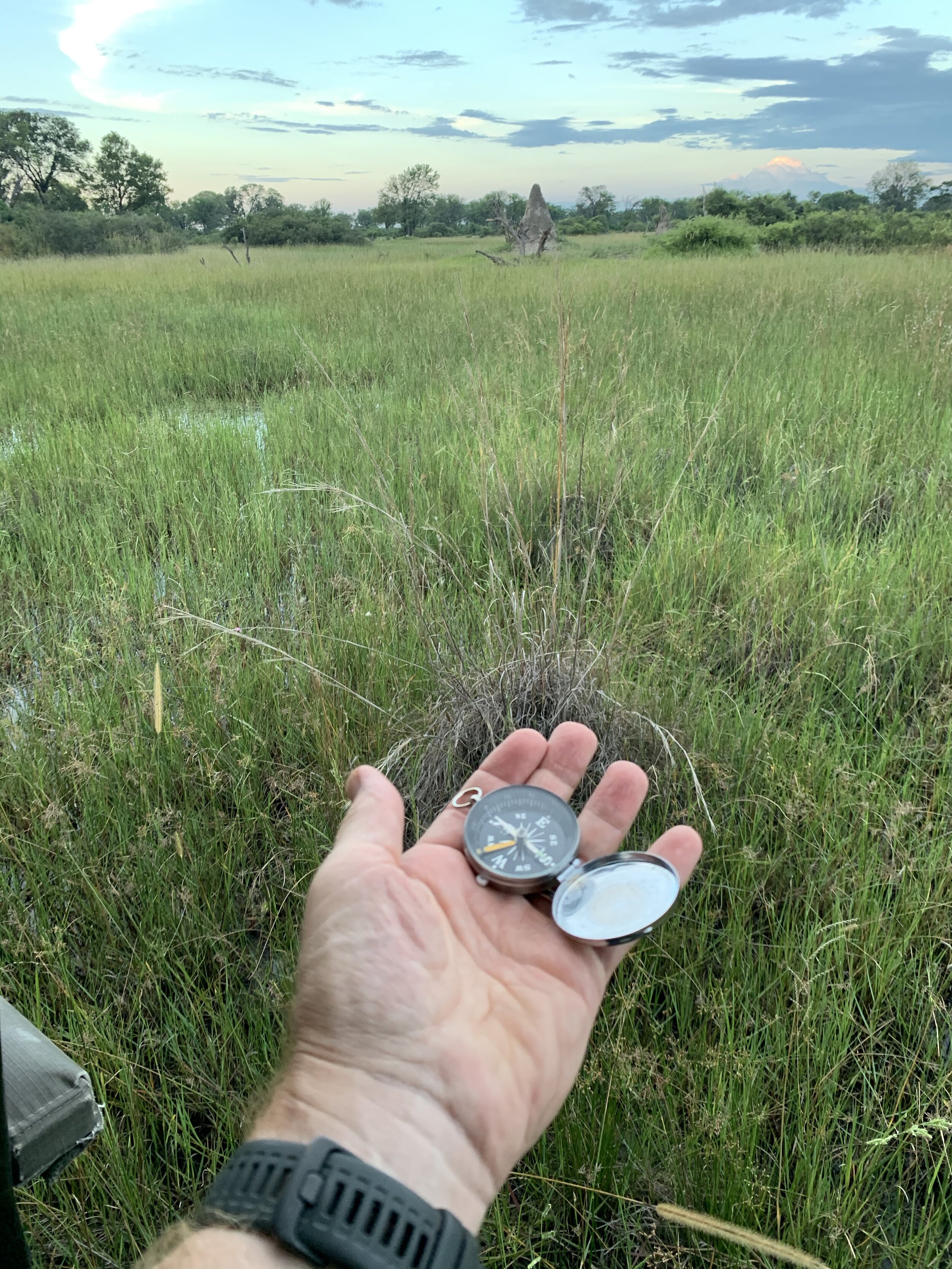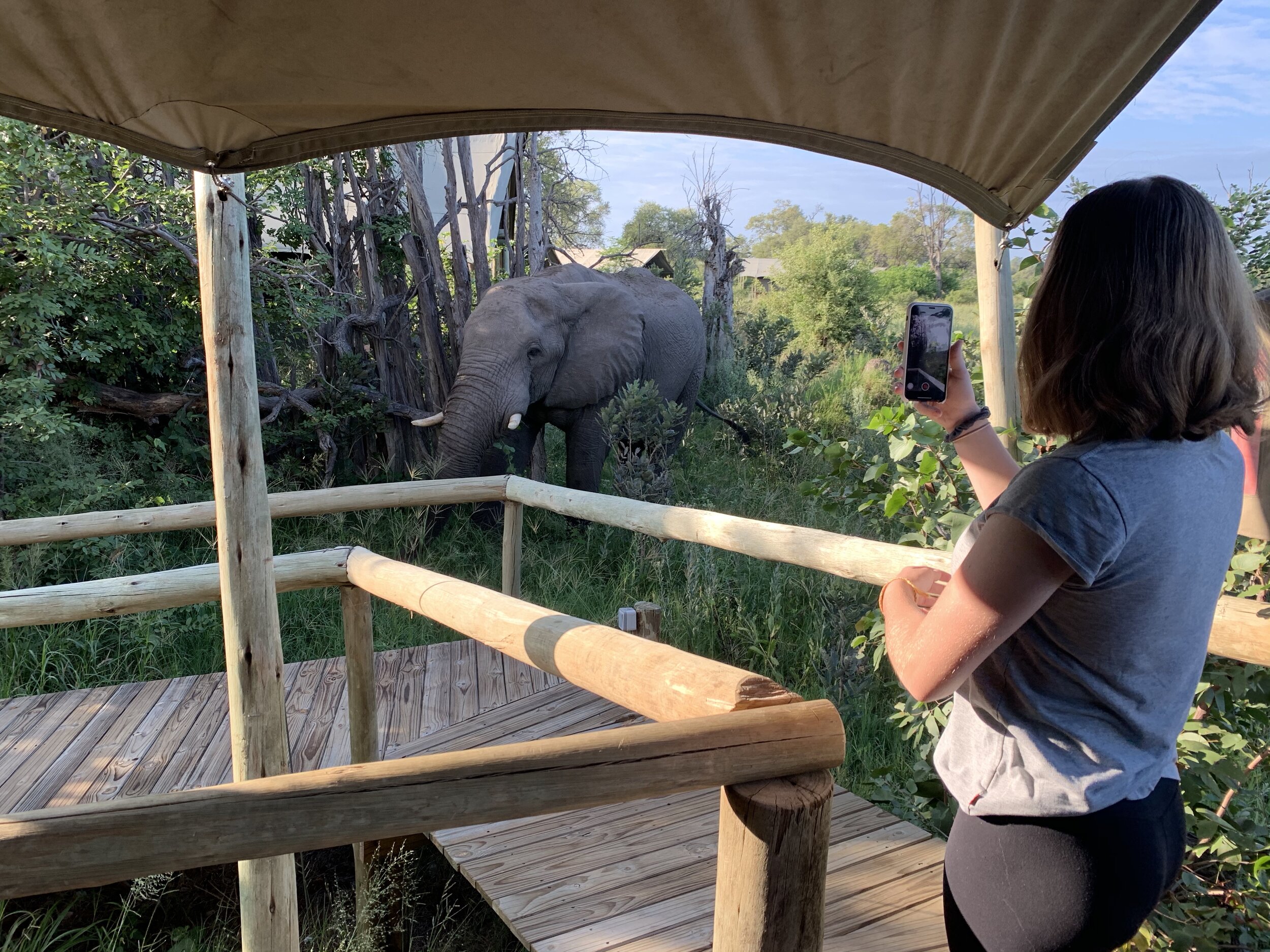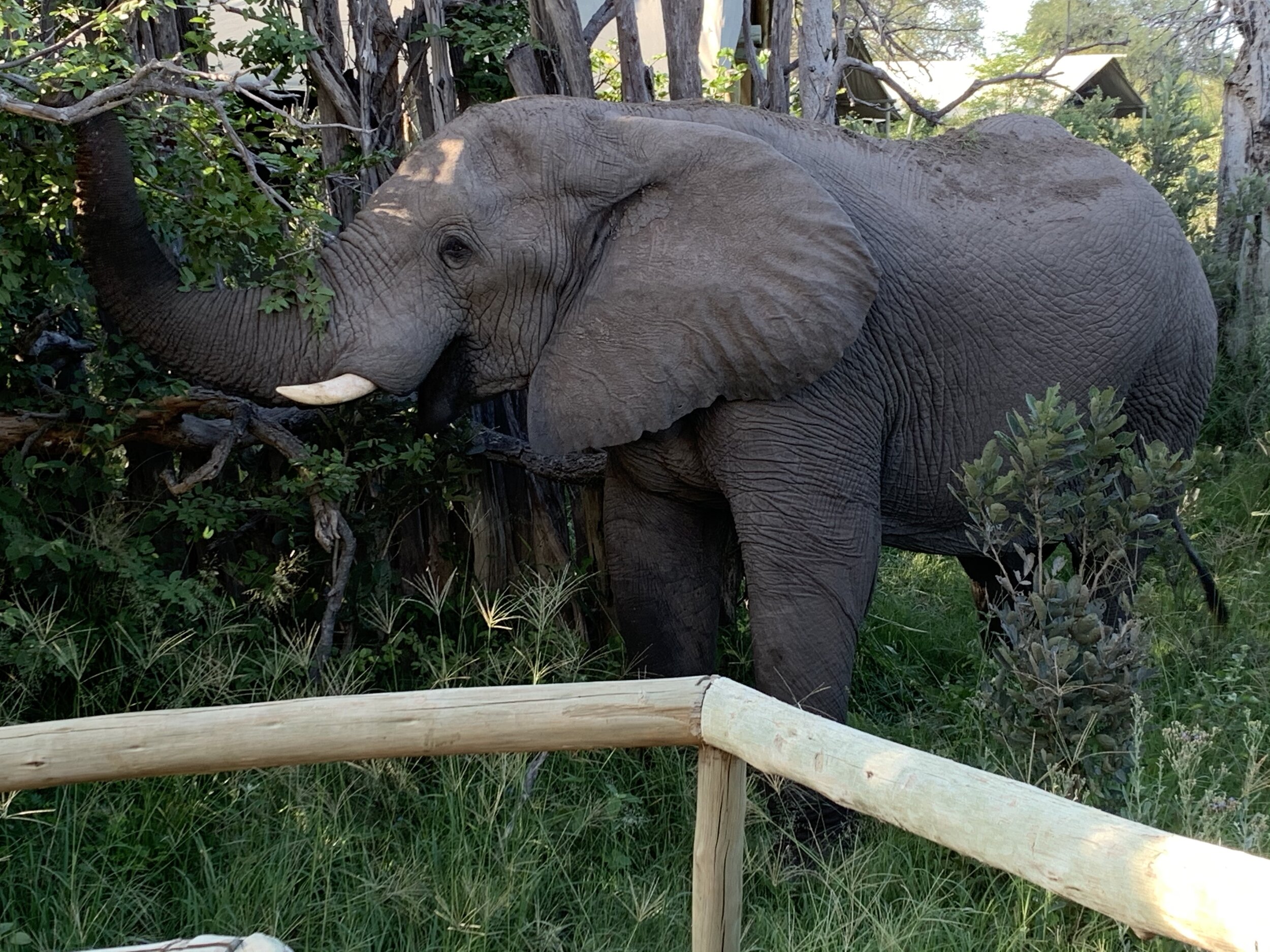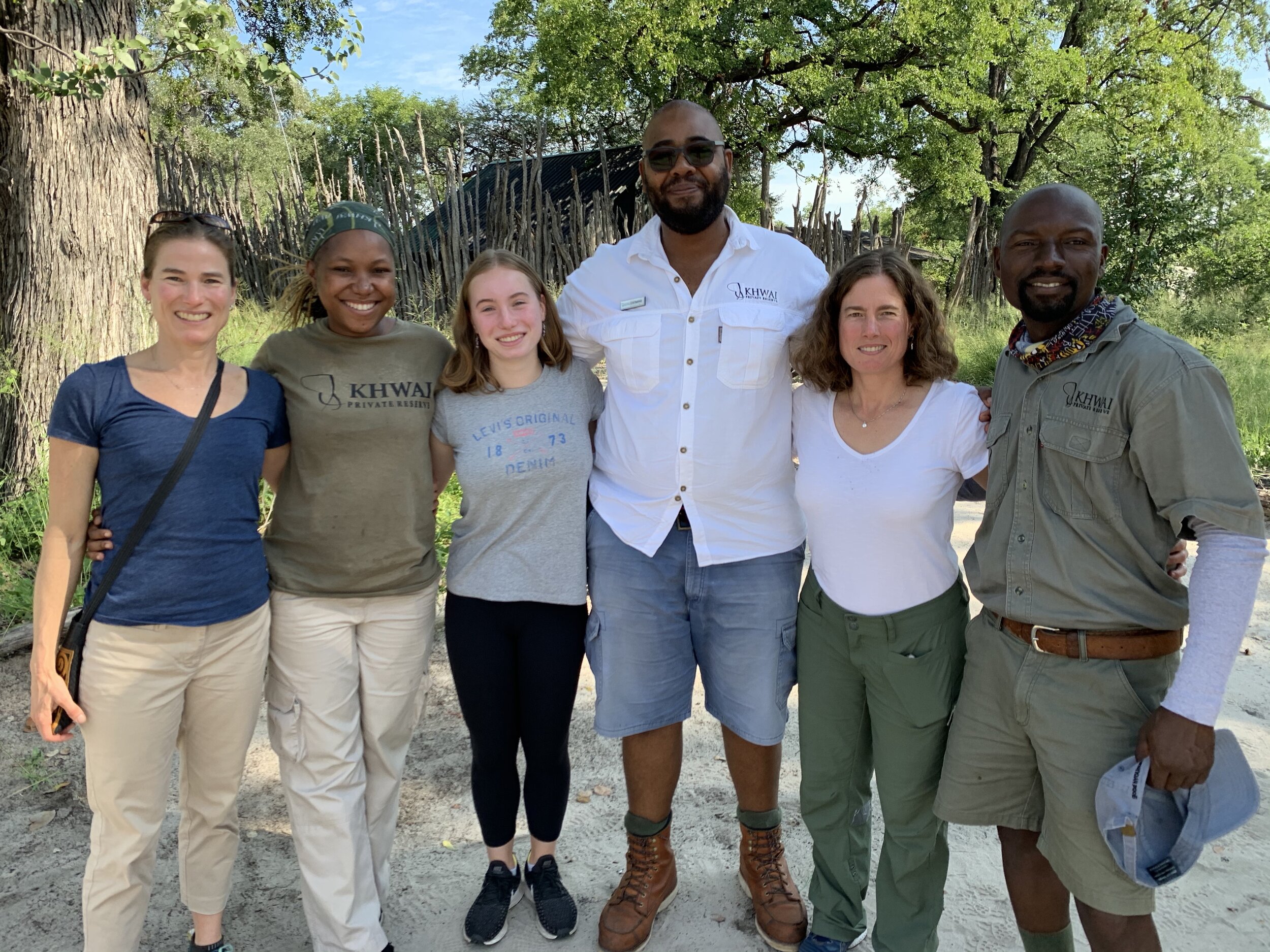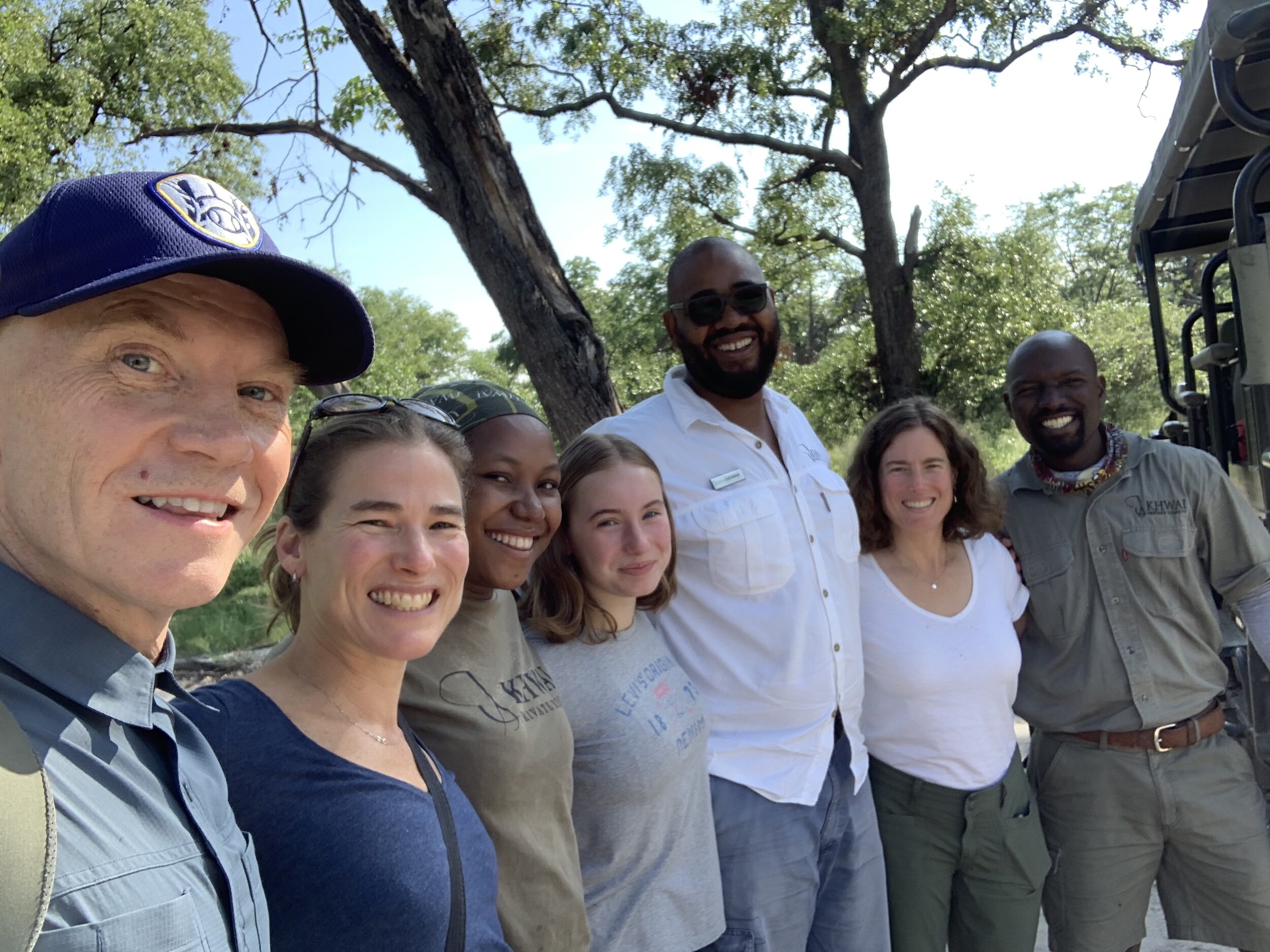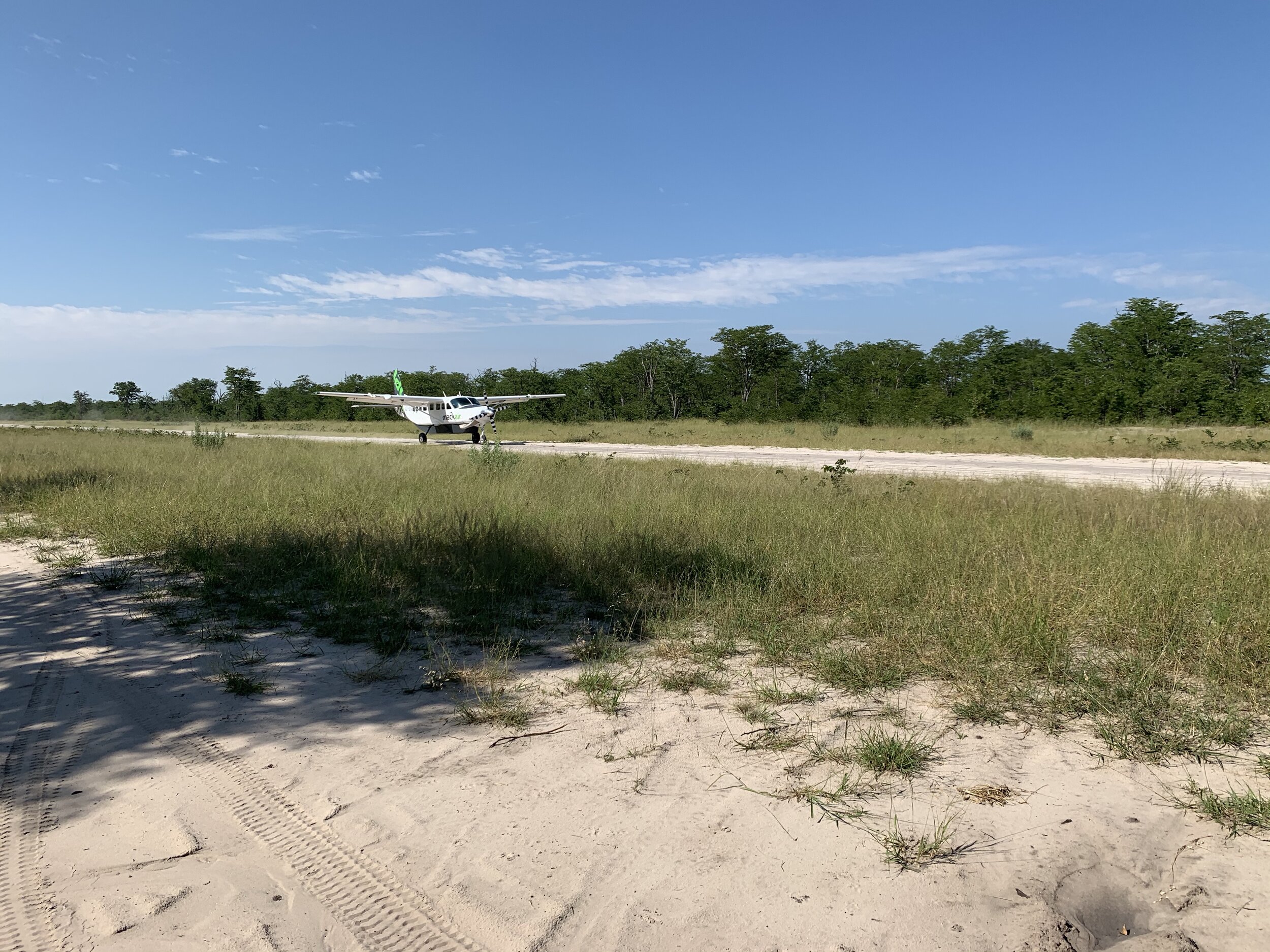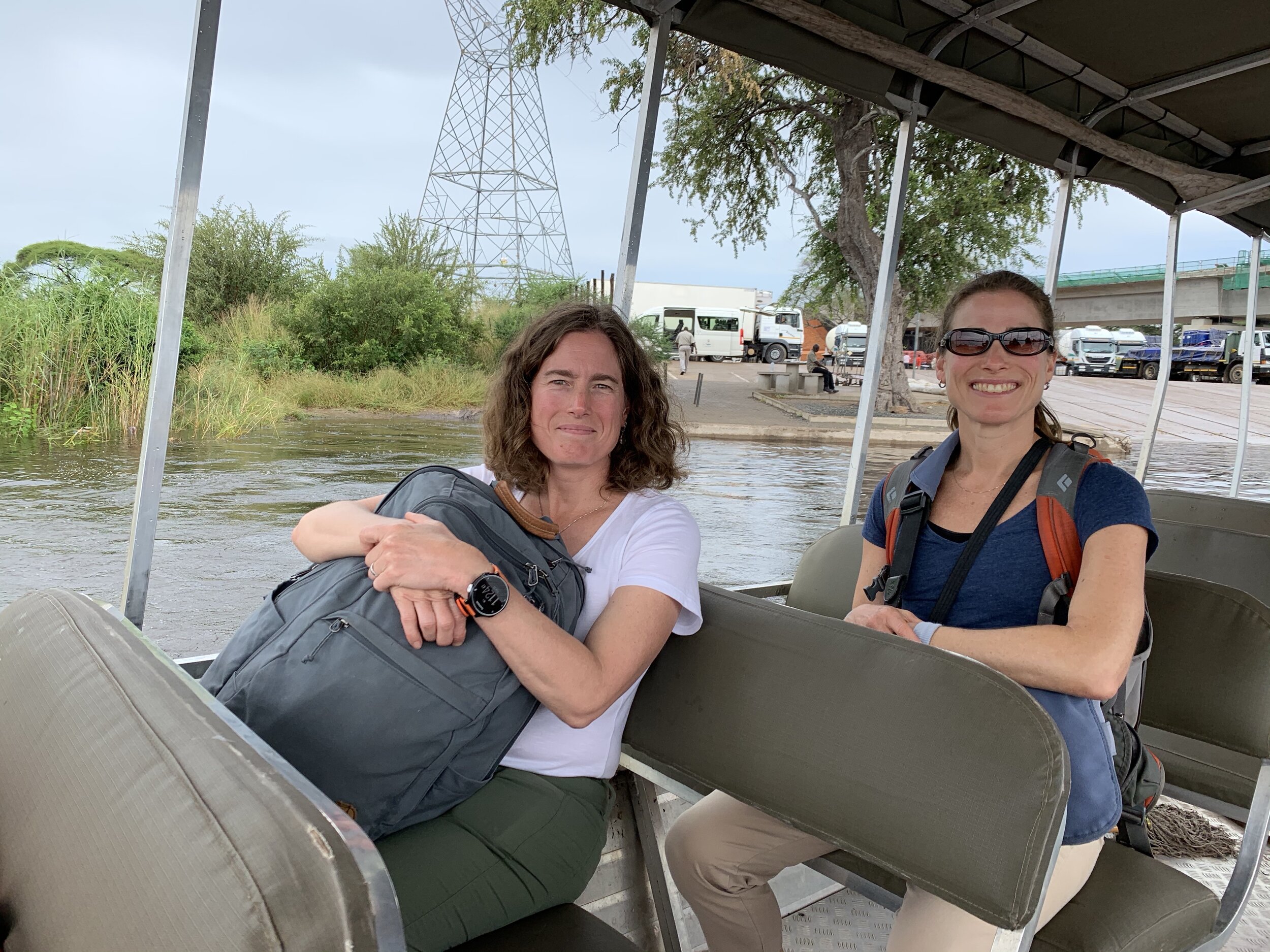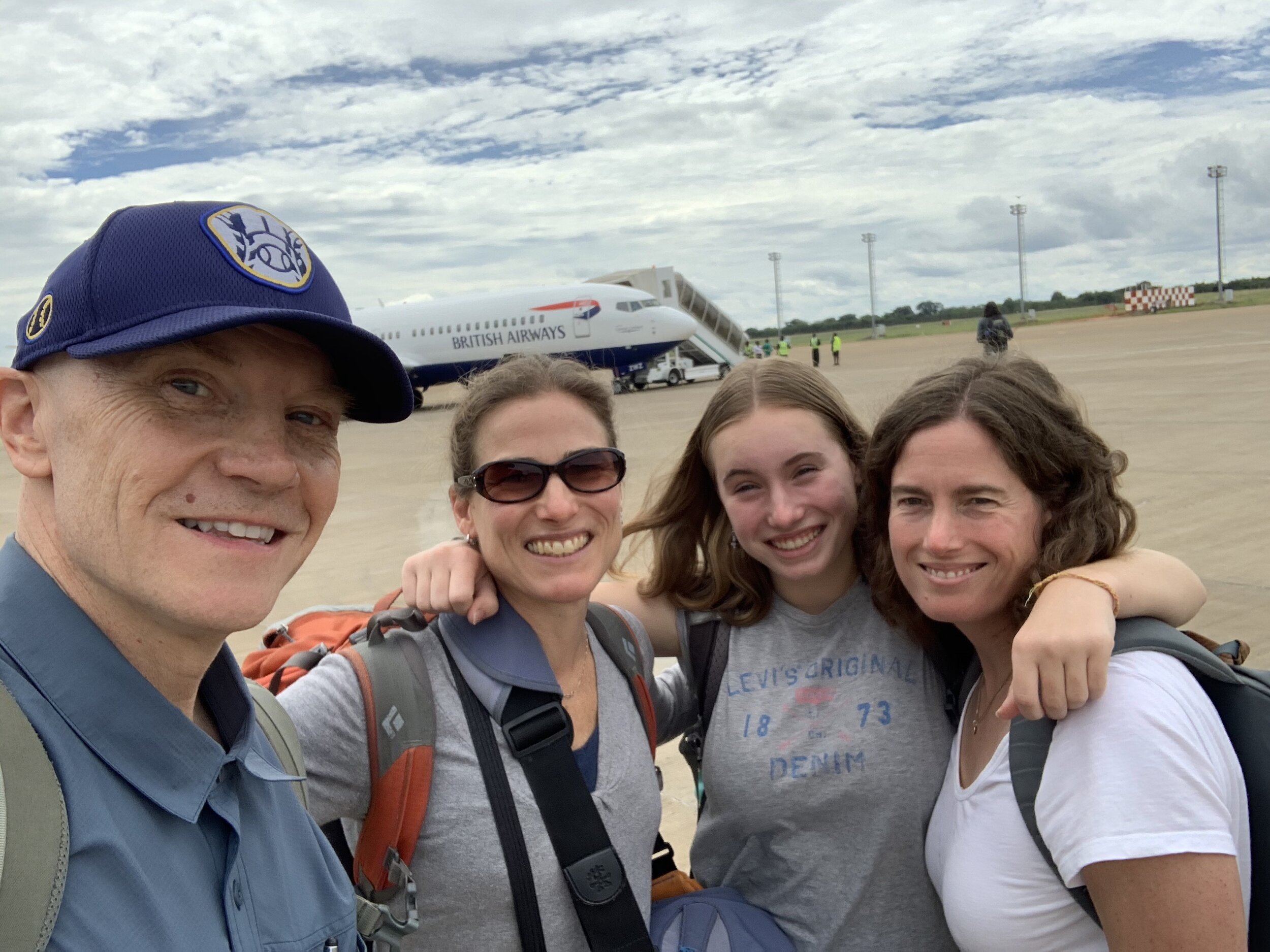Before digging into the massive backlog of stories to tell, I want to apologize to anyone who’s come here over the past month or so looking for an update. Thank you for caring about what we’ve been up to. You are the reason we’ve been (occasionally) lobbing content in this direction. I’m happy to report that there will be plenty more coming for you to pick through, if you so choose. Starting…now.
The salient pull quote for the past month being - we had to bug out of Africa because of the encroaching pandemic. Yes, yes…that ol’ chestnut. What happened in the time before and since that massive detour will take some unpacking. Thankfully, there are a bunch of pictures for illustration, if you want to jump forward at any point. Rest assured, Sarah, Maya, and I are all safe. Healthy. Not above being somewhat selfishly disappointed by the required exit taken. Yet grateful and hopefully resurgent as we consider the next stops along the road.
For those keeping tabs, today marks eight months since we arrived in Ethiopia. We are back in America, but still not quite home in Seattle. I’ll cover some of our future plans if you jump forward to the next blog post (coming soon). The moral of this story hasn’t fully been revealed, although we certainly continue to tease out new ways of looking at it all. To begin the full reveal, I’ll step back a month and try to hit the high points in between. Bear with me. Or just jump ahead to the pics below and you’ll get a sense of what we saw in southern Africa while on safari. Without all the song and dance and seltzer down your pants, of course.
Approximately 8000 days ago in mid-March, we imagined that travel from Addis to southern Africa during an encroaching global pandemic might have its ironic advantages. The clarity of focus, for one. Every touch of the face or sniffle became an event worth filing away in your memory for later freaked-out utility. With so few people braving the inevitable troubles afoot, we expected plenty of extra seats for on-the-fly social distancing. Done. We thought there’d be hand sanitizer stocked in places more ubiquitous than the location of ashtrays in the 1950s. Bonus. What an innocent time that now seems in retrospect.
Already I’ve run out of positive spin to put on the idea of heading off for Spring Break when the world’s wheels seemed to be coming off. Yet I can’t lose this - my prime self-directive. Always look on the bright side of life (quick nod to the geniuses behind Monty Python). While I look to not sugar-coat our on-the-road observations, the quirks and deeply memorable moments so often go down easier with a little sweetness. Because no matter how poorly the COVID-19 mess is being handled in certain places, this too shall pass. Right? One can still hope. And while things may never be exactly the same again, there will be reasons to recommend visiting Zimbabwe, Zambia, and Botswana. I certainly loved all three countries on my first visit to each. To have done so with wife, daughter, sisters-in-law, and in-laws makes it all the more special (as our first chance to all be together since last August). Even if we couldn’t all complete the course of pre-planned action, it was a blast. This post will provide a sporadic rundown through the nine days we spent exploring southern Africa. I thought about calling it “Getting Out IN Africa.” To be soon hereafter be followed by the very differently-toned, “Getting Out OF Africa.” This happy/sad doubleheader is one that I certainly didn’t think I’d be writing in such a way.
Setting the stage, however, requires stepping back to a very different time just prior to our departure for this trip from Addis. On Thursday, March 12th, Maya’s school (the International Community School of Addis Ababa or ICS) preemptively announced that they would close and block everyone from entering the campus for five weeks starting on Friday the 13th. Other countries had been circling the drain and often half-measuring their way to a broad containment solution since China released the hounds in response to the coronavirus eons ago in January. Given that Ethiopia had yet to report its first case on that fateful Thursday, this was a sharp stick in the eye of families planning for where to go over Spring Break much less the four weeks that followed. Vague indications of a system for “distance learning” (so long as you have access to the internet…a leap of faith for anyone staying in Ethiopia even during the best of times) accompanied the emailed bombshell. People started streaming for the exits on the typical “Freedom Flights” (the first planes in the air after ICS goes on a break) with even more bags than usual in hand. We booked and then canceled our first exit/Plan B (heading to Seattle through Dubai on Emirates Airline right after the Spring Break). Both of Sarah’s sisters, Katie and Becca, were already in Addis so they got to see the chaos that was a K-12 international school with kids from 65 nations giving tearful, confused “is-this-goodbye?” hugs to one another. Side note - remember hugs?
As we came to see later was a foolish bit of optimism, we canceled our Plan B on that Friday the 13th. Our impending exit shifted to more of a “wait and see” attitude. Foreshadowing - Plan C and D and maybe even E would be required to get us to where we are now. But way back one month ago, the debate over whether to follow through with Spring Break plans to fly to Victoria Falls and then continue on with a safari in a few parts of Botswana seemed plausible.
Then Ethiopia reported its first positively-identified case of COVID-19.
Let’s just say that we were far from the only people struggling with the “should I stay or should I go now” nature of that template shifting moment in history. Given that all seven of us were safely already in Africa at that point, we forged ahead.
The roadmap for our trip can best be divided into three sections, with corresponding lodges along the way. The first was Victoria Falls (which is straddled by both Zimbabwe and Zambia). For Victoria Falls, we stayed at the Waterberry Lodge on the Zambian side approximately 30 km or 18 miles up the Zambezi River. Our second stop would be in the Okavango Delta (in northern Botswana where the Okavango River’s rainy season floods come in from Angola to the north). We stayed at the Mapula Lodge in the Modumo Concession part of the Okavango Delta. Finally, our third stop was in the Khwai Private Reserve (further south in the Okavango Delta yet still in the same northern part of Botswana). That last lodge was at the Sable Alley, which was forecast to be the most posh stop along our “glamping” safari route (designed by a tour company named Audley Travel based in Boston which was carefully chosen by my in-laws).
After the first stop near Vic Falls, we spent most of our time in Botswana. It’s a country that’s roughly the size of Texas or France, with a population of just 2.4 million people (slightly larger than the number of visitors to the Minnesota State Fair in 2019…a barely tangible statistic from altogether different era…one of my specialties, doncha know). We only saw a small slice of Botswana. Our sampling of both Zimbabwe and Zambia was even smaller on this trip. Nonetheless, all three places were wondrous.
Before leaving Addis, we didn’t know what country would put up travel roadblocks for our varied family group. Luckily, all of our concerns around arrival proved unfounded. The five of us on Ethiopian Airlines were a mix of recent California and Addis visit profiles. Phyllis and Elliot came from southern California to Cape Town. We all arrived at the stylish, mostly-empty, new-car-smell Victoria Falls Airport on the Zimbabwe side of the border.
As would be the case throughout this trip, we were handed off from guide to guide at the various borders with unfailing ease and good spirit. The short drive to the Victoria Falls border between Zimbabwe and Zambia gave us our first glimpse of the swarming, smarmy copper bracelet and carved-hippo-figurine sellers. Every passport check when we were proctored by a local staffer wearing a shirt with an embroidered logo was quick and easy. Van rides with cold drinks and area descriptions followed. By the time we’d made it to the Waterberry Lodge, we’d seen giraffes along the roadside of a Zambian national park. More cold drinks with tasty snacks were followed by the first of a few sunset cruises on a speedy pontoon boat along the Zambezi River. We saw elephants, baboons, hippos and a menagerie of bird species. As was the case everywhere along the way for us, the local guides knew their game exceedingly well. Questions were asked and the answers came without hesitation, no matter how asinine the subject being explored. It was an ongoing education that we loved regardless of where we were traveling.
After the whole family was together, the first group adventure was our day at Victoria Falls. It’s a massive curtain of violently beautiful water. Niagara Falls between Canada and the USA is the most obvious comparison. Although, Victoria Falls is even bigger and (depending upon the time of year) more powerful. You need to wear a rain poncho which will soon do you absolutely no good. You get soaked to the bone from the mist flashing upward from the base of the Falls and the arc of moisture falling back down again. Victoria Falls from the Zimbabwe side is clean and photo-ready. There are 15 viewing points from near the Livingstone Statue (one of many we’d see that day, all of which look like Mark Twain posed for the various sculptors) down past such stops as the Devil’s Cataract to the very slippery and appropriately named Danger Point. They ding you for an extra $30USD to access the National Park on the Zim side. After a half dozen stops, they all seem about the same. Amazing, yet redundant.
Whereas the Zambian side feels a bit edgier. Even the baboons digging through the garbage seemed to have a sharper wit to them. There are fewer viewing points on the Zam side, but they are the best. Knife-edge Bridge and the vista facing the Main Falls hit the apex for me. We were soaked and stoked. Vic Falls after sizable rains when the surrounding countries are green and sun-drenched did not disappoint.
The remainder of that day gave us time to reconnect and see some of the surrounding less than awesome sights. As would be a consistent theme, we ate too much. Lunch included a very odd pizza with “crocodile” that tasted like soggy jicama that left me wishing I’d opted instead for the fried mopane worms. Later that evening, our hosts at the Waterberry served up one of many stunning meals. I was skeptical of the request for “nshima” by Katie (who did plenty of field work for her second PhD in Africa). It’s a white-as-snow, polenta-like staple made from corn, and you use it to tuck into everything from beans and spinach to chicken or beef stew. It was friggin’ delightful. As were all the meals and service by the good people behind the Waterberry Lodge.
However, our conversations with all our hosts centered on how we were the end of the stream of tourists coming. The pandemic shut it all down. We’ve heard from many of our hosts in the month since - not just from this trip but our prior trip to Uganda in late February and early March. The same goes for all - they’re locked down and waiting for the signal that the world might return to some semblance of normal. The more I was introduced to Africa, the more impressed I was by the pliable good cheer of the people along the way. What I don’t know about life there is vast and sometimes very basic. At the Livingstone Museum at the tail end of our time around Victoria Falls, Maya and I had a conversation around the map of the Continent regarding how many nations we could identify. We introduced an ongoing challenge to identify all 54 nations. Recent additions like eSwatini and South Sudan. The long list of West African nations I’m still taking baby steps toward knowing. Much less the sovereign island nations off the coasts that include Comoros, Sao Tome and Principe, and more. This intro-level geography challenge doesn’t even get us in the door of saying much about the 1.2 billion people we hoped to begin understanding during this year abroad. Step by small step, our sample size grows. Trips like our most recent one helped immensely with the larger aim.
Then news reports of more coronavirus positive tests from Ethiopia began to surface. Included was one positive test for an ICS dad. He was not someone we had any contact with, but the news hit close enough for some mental contract tracing. Now the decision to cut and run by the school seemed more prescient. Other news stories swirled as we left the internet behind us at the Waterberry and prepped to enter Botswana. Little did we know then what being off-the-grid would do for the remainder of our travel decisions and the consequences that would reverberate from that isolation. Regardless, the pics in the smile-filled gallery below bring get us from Addis through our Vic Falls fancy digs and spirited exploration.
